Last updated on March 6, 2024
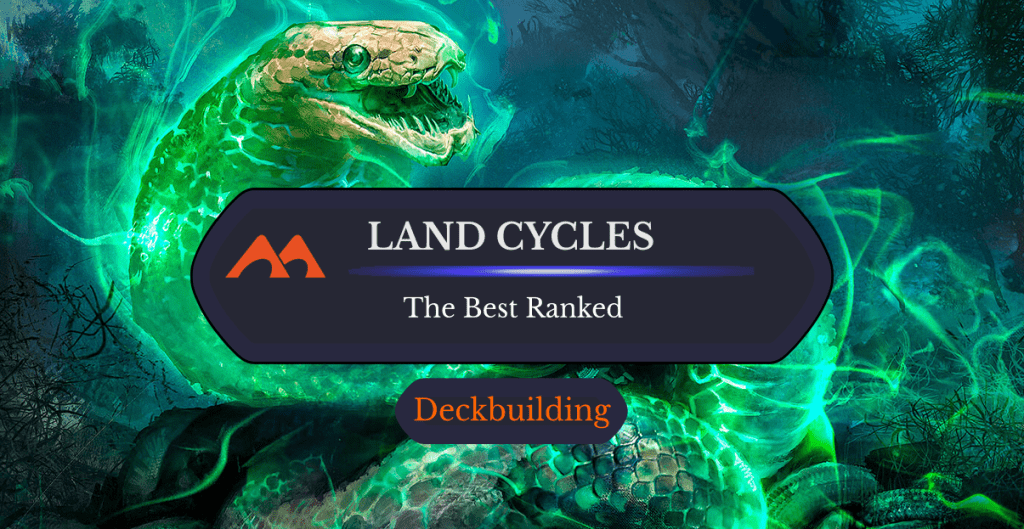
Growth Cycle | Illustration by Svetlin Velinov
Lands are arguably the most important game piece in Magic. Playing without lands is like playing Monopoly without money. Like eating Oreos without the cream filling. Like popcorn without the pop.
“But Tim, what about manaless dredge?” you ask. We don’t talk about manaless dredge here.
Lands have evolved to do much more than simply tap for mana. They still do that just fine, but nearly every new set gives us a new cycle of dual or utility lands to expand your mana base’s options.
Today I'm counting down the best land cycles in Magic. As I do it’s important to remember: not all lands were created equal!
What Are Land Cycles in MTG?

Rakdos Guildgate | Illustration by Eytan Zana
A land cycle is a collection of lands that share a common theme, mechanic, or throughline, and they’re usually released alongside one another in the same set or block. A “cycle” usually means that there’s a card within the group that represents each color or color pair.
For example, a mono-colored land cycle usually has a white, blue, black, red, and green version with the same general design. A dual or tri-land cycle usually has a full 10 lands, one for each color pair, although sometimes only half of the color pairs are represented. In this case, the cycle usually spans the allied colors or enemy colors.
For the most part, lands within a cycle just tap for different colors, with the cycle having some stipulation on how or when those lands can be tapped for mana. For example, Canopy Vista and Sunken Hollow have the same design pattern but tap for different colors. For utility lands, the effects within a cycle can vary wildly from card to card, and there’s usually a black sheep or two within some of the most powerful land cycles.
This list tries to account for all formats and evaluate each cycle based on how they perform today. In other words, you can still expect to see the entries on this list in action somewhere in 2023.
#33. Guildgates
- Boros Guildgate
- Orzhov Guildgate
- Azorius Guildgate
- Gruul Guildgate
- Golgari Guildgate
- Rakdos Guildgate
- Izzet Guildgate
- Selesnya Guildgate
- Simic Guildgate
- Dimir Guildgate
Guildgates are the hallmark “you can do better” land, but there are decks built entirely around gates. Strategies revolving around Maze's End and Nine-Fingers Keene wouldn’t exist without them.
#32. Snow Duals
- Alpine Meadow
- Arctic Treeline
- Glacial Floodplain
- Highland Forest
- Ice Tunnel
- Rimewood Falls
- Snowfield Sinkhole
- Sulfurous Mire
- Volatile Fjord
- Woodland Chasm
The snow duals from Kaldheim are functionally the same as the tapped duals from Dominaria United, but they’re an essential part of any multicolored snow deck. I didn’t include snow basics on this list, but you could probably lump them in here as well.
#31. Eldraine Quantity Lands
Here’s the first example of a cycle where one card largely outclasses the rest of the cycle. Mystic Sanctuary is a messed-up effect to have on a land, especially considering it’s a fetchable Island. Dwarven Mine and Gingerbread Cabin have also seen Constructed play, but the other two fall a bit short.
#30. Champions Legendary Lands
- Eiganjo Castle
- Minamo, School at Water's Edge
- Okina, Temple to the Grandfathers
- Shinka, the Bloodsoaked Keep
- Shizo, Death's Storehouse
The wave of legendary lands from Champions of Kamigawa isn’t nearly as strong as the cycle from NEO. Even with minor upsides on each one, this cycle demonstrates how the “legendary restriction” for Constructed has no bearing on playability in Commander.
#29. Innistrad Block Utility Lands
- Alchemist's Refuge
- Desolate Lighthouse
- Slayers' Stronghold
- Gavony Township
- Kessig Wolf Run
- Moorland Haunt
- Nephalia Drownyard
- Stensia Bloodhall
- Grim Backwoods
- Vault of the Archangel
The Innistrad block utility lands vary in effect and effectiveness, giving a colorless land with an additional ability to each 2-color pair. This was perhaps meant as a seed for Return to Ravnica block, which came directly after this.
Either way, most of these lands find their way into the occasional Commander deck, with Stensia Bloodhall being far and away the least exciting.
#28. SNC Hideouts
The “hideouts” consist of a half-cycle associated with the Streets of New Capenna 3-color families. They’re nice alternatives to the usual Evolving Wilds or Terramorphic Expanse in decks with the corresponding colors.
#27. Thriving Lands/Gates
- Thriving Heath + Citadel Gate
- Thriving Isle + Sea Gate
- Thriving Moor + Black Dragon Gate
- Thriving Bluff + Cliffgate
- Thriving Grove + Manor Gate
Battle for Baldur’s Gate took Jumpstart’s “Thriving” lands and stapled the gate subtype onto them. These are the perfect “build-your-own guildgates” and are an essential part of tight budget mana bases.
#26. Bridges
- Darkmoss Bridge
- Drossforge Bridge
- Goldmire Bridge
- Mistvault Bridge
- Razortide Bridge
- Rustvale Bridge
- Silverbluff Bridge
- Slagwoods Bridge
- Tanglepool Bridge
- Thornglint Bridge
MH2’s “Bridges” are Magic’s second attempt at an artifact land cycle. The first attempt notoriously broke the game, so the second round took the form of tapped dual lands. They’re huge role-players in Pauper, and it turns out it’s hard to burn bridges when they’re all indestructible.
#25. Mono-Colored Cyclers/Deserts
- Barren Moor + Desert of the Glorified + Smoldering Crater
- Forgotten Cave + Desert of the Fervent + Remote Isle
- Lonely Sandbar + Desert of the Mindful + Polluted Mire
- Secluded Steppe + Desert of the True + Drifting Meadow
- Tranquil Thicket + Desert of the Indomitable + Slippery Karst
A cycle of cyclers you say? Cycling lands are easy ways to get a little extra value out of your mana base. Play them as tap lands when you need to, cycle them away when you’re good on lands. There are three full mono-colored cycles to choose from, and they make great additions to mono-colored decks.
#24. Spheres
After some deliberation, I’m slightly higher on ONE’s spheres than I am on ordinary cycling lands. You get to use them for mana and card draw instead of just one or the other, although there are timing restrictions on when and how you can do it.
#23. Zendikar Landmarks
- Valakut, the Molten Pinnacle
- Oran-Rief, the Vastwood
- Magosi, the Waterveil
- Emeria, the Sky Ruin
- Crypt of Agadeem
I’m not sure if this Zendikar cycle has an official name, but I’ve been calling them the “Landmarks.” With the exception of Magosi, the Waterveil, they all reward you for sticking tight to one color. They’re a bit too deck-specific to make it higher on the list, even if they’re individually powerful cards.
#22. Temples
- Temple of Triumph
- Temple of Silence
- Temple of Plenty
- Temple of Mystery
- Temple of Epiphany
- Temple of Enlightenment
- Temple of Deceit
- Temple of Abandon
- Temple of Malady
- Temple of Malice
The Temples/scry lands from original Theros block aren’t powerhouses, but they’re the next step up from basic tap lands and they’ve been printed into oblivion, making them perfect for budget mana bases. They’re the natural next step up from guildgates.
#21. Filter Lands
- Cascade Bluffs
- Fetid Heath
- Flooded Grove
- Rugged Prairie
- Twilight Mire
- Fire-Lit Thicket
- Sunken Ruins
- Graven Cairns
- Mystic Gate
- Wooded Bastion
The filter lands from Shadowmoor and Morningtide are improved versions of a half-cycle of lands from Odyssey (compare Wooded Bastion to Sungrass Prairie). They’re ideal for decks with heavy color requirements, like a Commander deck helmed by Rakdos, Lord of Riots or a Modern deck trying to cast Archmage's Charm.
#20. IXL Transforming Lands
- Arguel's Blood Fast / Temple of Aclazotz
- Growing Rites of Itlimoc / Itlimoc, Cradle of the Sun
- Legion's Landing / Adanto, the First Fort
- Search for Azcanta / Azcanta, the Sunken Ruin
- Vance's Blasting Cannons / Spitfire Bastion
Ixalan introduced a cycle of mono-colored enchantments that transform into powerful lands if you complete a sort of side quest. Most notable among these is Itlimoc, Cradle of the Sun, which gave many players a taste of what it’s like to play with Gaea's Cradle.
#19. RIX Transforming Lands
- Hadana's Climb / Winged Temple of Orazca
- Journey to Eternity / Atzal, Cave of Eternity
- Path of Mettle / Metzali, Tower of Triumph
- Profane Procession / Tomb of the Dusk Rose
- Storm the Vault / Vault of Catlacan
Rivals of Ixalan took the obvious next step by upping the ante with multicolored transforming enchantments. Most of them make for powerful additions to Commander, with Vault of Catlacan being yet another callback to an overpowered Urza’s Saga land, this time Tolarian Academy.
#18. 2-Color Creature Lands
- Celestial Colonnade
- Creeping Tar Pit
- Lavaclaw Reaches
- Raging Ravine
- Stirring Wildwood
- Lumbering Falls
- Shambling Vent
- Hissing Quagmire
- Needle Spires
- Wandering Fumarole
Worldwake wasn’t the first time we’d seen lands that animate into creatures, but it did introduce the ally-colored cycle of creature lands. Most players would agree that the enemy-colored versions that came later were much weaker. Most of them had a long stint in Constructed, even though they’ve fallen out of favor in recent years.
#17. AFR Creature Lands
- Cave of the Frost Dragon
- Den of the Bugbear
- Hall of Storm Giants
- Hive of the Eye Tyrant
- Lair of the Hydra
I’m giving the creature land nod to the mono-colored cycle from Forgotten Realms. They’re all individually powerful and easy to slot into decks, and being mono-colored means they have more homes than their dual-colored counterparts.
#16. Hideaways
The hideaway lands exist across a spectrum. Mosswort Bridge is a Commander all-star, and the white and red ones fit various playstyles in EDH. Shelldock Isle fits perfectly in cubes, and Howltooth Hollow…
Well, that’s one of the worst lands I’ve ever seen.
#15. Horizon Lands
The “Horizon lands” are a rare instance of an incomplete 6-card cycle. Horizon Canopy originates from a different cycle of Future Sight lands where each land showcased a design that could be used on a future cycle of lands.
It wasn’t until Modern Horizons that we’d see the enemy-colored horizon lands, but the allied colors have yet to be fleshed out. They’re common in hyper-aggressive decks that don’t care about their life total, sacrifice-themed decks, or Constructed decks running Wrenn and Six.
#14. The Mythic MDFCs
- Agadeem's Awakening / Agadeem, the Undercrypt
- Emeria's Call / Emeria, Shattered Skyclave
- Sea Gate Restoration / Sea Gate, Reborn
- Shatterskull Smashing / Shatterskull, the Hammer Pass
- Turntimber Symbiosis / Turntimber, Serpentine Wood
Players jokingly refer to this cycle as the “bolt lands,” a riff on shock lands since they effectively Lightning Bolt you when they come in untapped. Whatever you call them, they’re all awesome, powering up your mana base and passively adding to your spell count without asking much in return.
#13. Bounce Lands
- Azorius Chancery
- Boros Garrison
- Dimir Aqueduct
- Golgari Rot Farm
- Gruul Turf
- Izzet Boilerworks
- Orzhov Basilica
- Rakdos Carnarium
- Selesnya Sanctuary
- Simic Growth Chamber
The Ravnica: City of Guilds block bounce lands, also known as Karoos, are excellent EDH fodder. They fix your mana and guarantee your next land drop, although they’re prime targets for targeted land destruction.
I suppose you could count Guildless Commons as an honorary 11th member of the cycle.
#12. Pathways
- Barkchannel Pathway / Tidechannel Pathway
- Blightstep Pathway / Searstep Pathway
- Branchloft Pathway / Boulderloft Pathway
- Brightclimb Pathway / Grimclimb Pathway
- Clearwater Pathway / Murkwater Pathway
- Cragcrown Pathway / Timbercrown Pathway
- Darkbore Pathway / Slitherbore Pathway
- Hengegate Pathway / Mistgate Pathway
- Needleverge Pathway / Pillarverge Pathway
- Riverglide Pathway / Lavaglide Pathway
Pathways would be one of my favorite land cycles in Commander if not for the constant flipping back and forth. They’re locked to one color of mana while they’re on board, but they give you the color you need when you play it, giving you consistency in the early stages of a game.
Bonus points if you can name the fronts and backs of these lands without looking.
#11. Mirrodin Artifact Lands
Ah, the land cycle that broke Magic. Well, one of them at least. The original artifact lands are notorious for turboing affinity decks to the top of Standard. Turning a land into an artifact is technically a downside, since it opens up your mana to more removal than normal, but it turns out the synergy they provide for artifact decks makes it worth the risk.
These are still banned in Modern.
#10. Castles
Throne of Eldraine had a mono-colored theme floating around, supported in part by the Castle cycle. None of these are that impressive, but they’re borderline free to slot into mono- or 2-color decks.
#9. MID/VOW Duals
- Deserted Beach
- Haunted Ridge
- Overgrown Farmland
- Rockfall Vale
- Shipwreck Marsh
- Deathcap Glade
- Dreamroot Cascade
- Shattered Sanctum
- Stormcarved Coast
- Sundown Pass
I’m not sure what the accepted nickname for this cycle is, but it’s one of my go-to set of lands for Commander. These give you untapped 2-color fixing at any point past land number two, which means they’re almost always ready to use when you play them.
I left off most of the fast land/slow land cycles from this list since they’re really deck-dependent, but this is a cycle I’m happy to play in virtually any deck.
#8. Battlebond Lands
- Bountiful Promenade
- Luxury Suite
- Morphic Pool
- Sea of Clouds
- Spectator Seating
- Spire Garden
- Training Center
- Undergrowth Stadium
- Vault of Champions
Battlebond introduced a half-cycle of dual lands that was tailor-made for Commander. They lack land types, but they’re almost always untapped in multi-player games. The cycle was completed with Commander Legends, giving Commander players complete access to some of the best mana-fixing in the format.
#7. Basics
Oh, you thought I was going to leave out the basic lands? I had to show these some love somewhere, and I don’t think I’m being crazy by putting them so high up on the list. I mean, basic lands are Magic: The Gathering, aren’t they?
#6. NEO Channel Lands
- Boseiju, Who Endures
- Eiganjo, Seat of the Empire
- Otawara, Soaring City
- Sokenzan, Crucible of Defiance
- Takenuma, Abandoned Mire
I’ve heard players refer to NEO’s channel lands as design mistakes because of how free they are to play. I don’t know if I’d go that far, but there’s no denying how good these are, especially considering all you have to do is sub out a basic land to play a copy.
I’m all for powering up mana bases, and these are the best mono-colored utility lands that exist.
#5. Triomes
- Indatha Triome
- Ketria Triome
- Raugrin Triome
- Savai Triome
- Zagoth Triome
- Jetmir's Garden
- Raffine's Tower
- Spara's Headquarters
- Xander's Lounge
- Ziatora's Proving Ground
The card namers for SNC must have missed the memo that we call these “Triomes.” Xander's Lounge just doesn’t have the same ring to it.
Nomenclature aside, Triomes are incredible. They’re fetchable tri-lands, they fuel 5-color nonsense and domain decks like clockwork, and they cycle too? I’m still a believer in basic tri-lands like Sandsteppe Citadel and friends, but the Triomes really made a splash in Magic and they’re here to stay.
#4. Shock Lands
- Godless Shrine
- Sacred Foundry
- Steam Vents
- Watery Grave
- Breeding Pool
- Hallowed Fountain
- Blood Crypt
- Overgrown Tomb
- Stomping Ground
- Temple Garden
Were you shocked to see this cycle so high up? You shouldn’t be. Shock lands are the posterchild for what good dual lands look like.
Okay, well, besides the actual dual lands. Having land types and the option to come in untapped is what pushes these over the top, and the fetch land-shock land paradigm has defined Magic for as long as they’ve existed together.
#3. OG Duals
- Badlands
- Bayou
- Plateau
- Savannah
- Scrubland
- Taiga
- Tropical Island
- Tundra
- Underground Sea
- Volcanic Island
Ah, back when card names were simple. No JibberJabber Island or Explodey Volcano of Death, just plain simple Plateau and Bayou.
The original duals are perfect mana-fixing and help define eternal formats like Legacy and Vintage. They’re unfortunately inaccessible to most players, which is a shame considering how emblematic they are of Magic as a whole.
#2. Fetch Lands
- Arid Mesa
- Marsh Flats
- Scalding Tarn
- Verdant Catacombs
- Misty Rainforest
- Polluted Delta
- Windswept Heath
- Flooded Strand
- Bloodstained Mire
- Wooded Foothills
Fetch lands are better than dual lands. I said it; you can talk to my lawyer. Cycles like Triomes and shock lands are so good because of the existence of fetch lands.
In fact, fetch lands are so good that some players find them detrimental to the game. A single fetch is essentially a 5-color land if you want it to be. There’s more nuance to it than that, but fetches add more consistency to a mana base than any ordinary dual land.
#1. Urza’s Saga Cycle
Gaea's Cradle and Tolarian Academy are the definition of “broken.” Serra's Sanctum also fits, but it’s harder to exploit. Phyrexian Tower is doing something different altogether but still “slaps,” as the kids say.
And um… Well, you really gave it your all Shivan Gorge. It might not be the most influential land cycle—that honor belongs to OG duals and fetches—but it’s easily the strongest.
Stick the Landing

Scalding Tarn | Illustration by Philip Straub
There are countless other land cycles in Magic, each with their own conditions and variations. It’s clear from the list that the best cycles include lands that either provide multiple colors of mana without jumping through hoops or provide extra utility beyond just tapping for mana. With land cycles being a pivotal part of Standard and some Limited formats, I wouldn’t be surprised to see a few future cycles sneak their way onto this list.
What’s your favorite land cycle, and did I miss any crucial ones? Where do you stand on duals vs. fetches? Let me know in the comments below or over in the Draftsim Discord.
Thank you for making Draftsim your #1 stop for all things Magic!
Follow Draftsim for awesome articles and set updates:
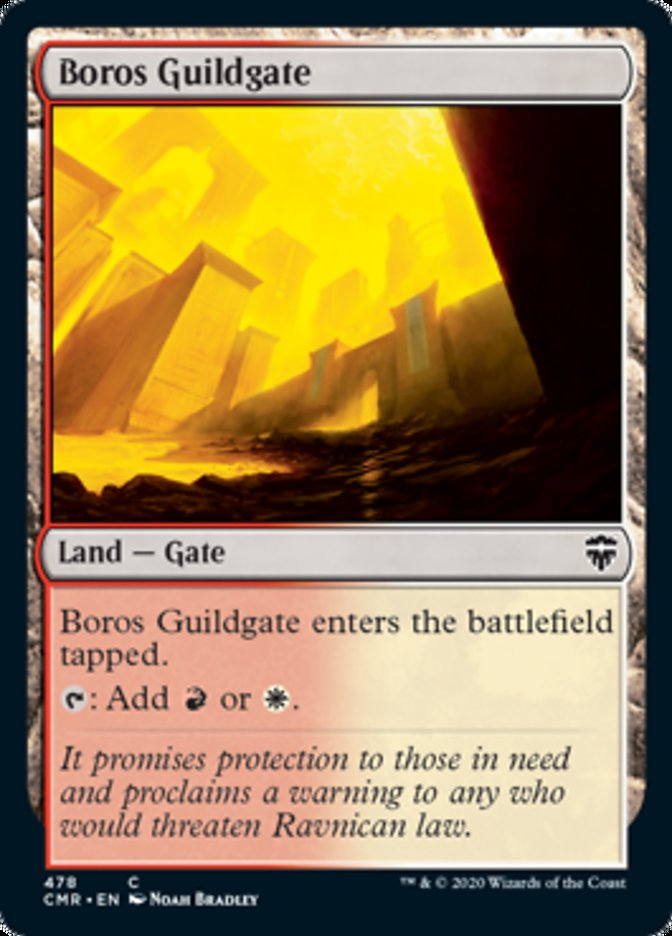

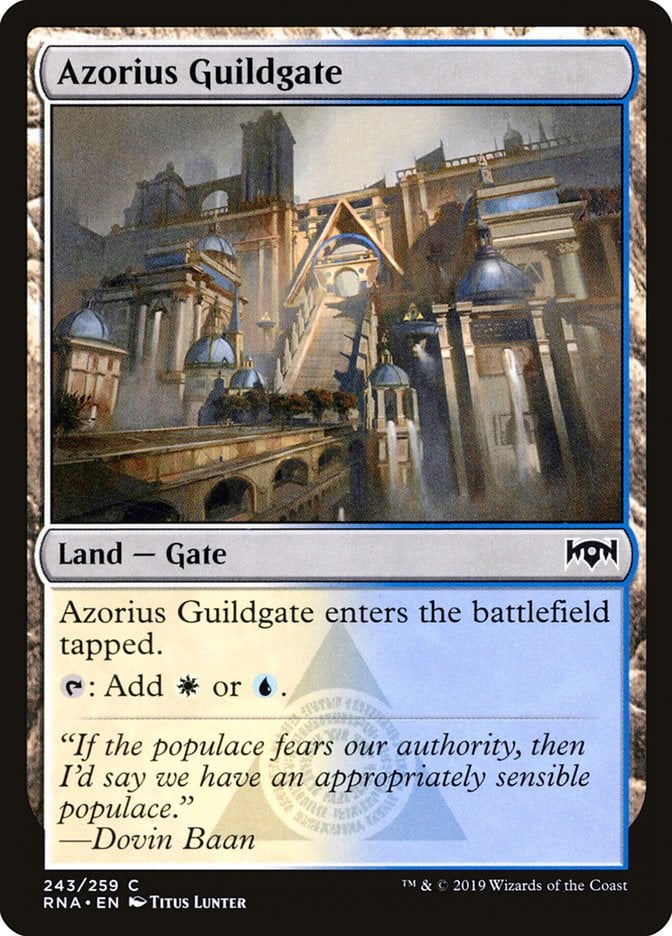

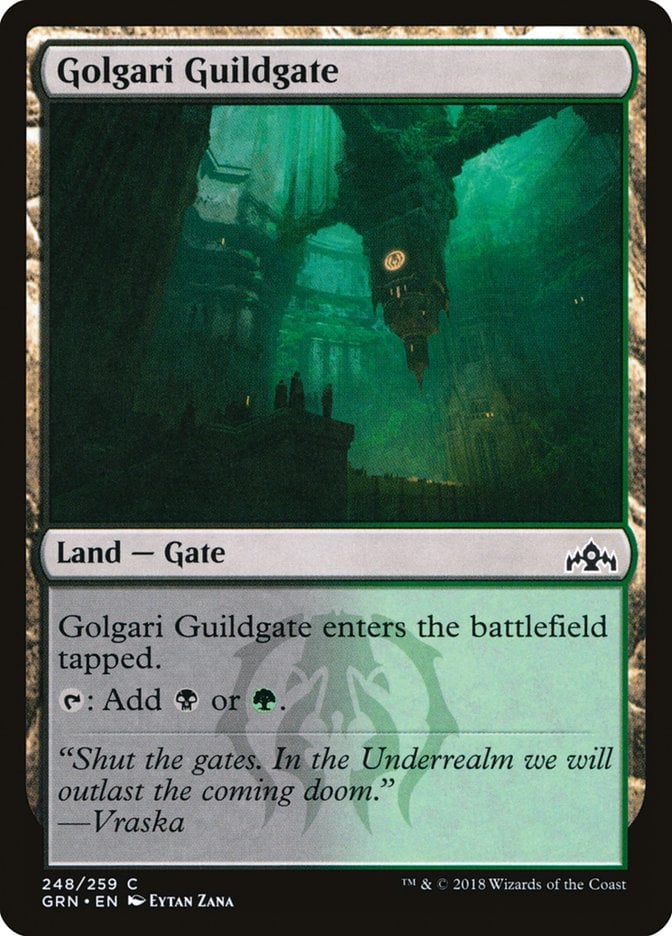
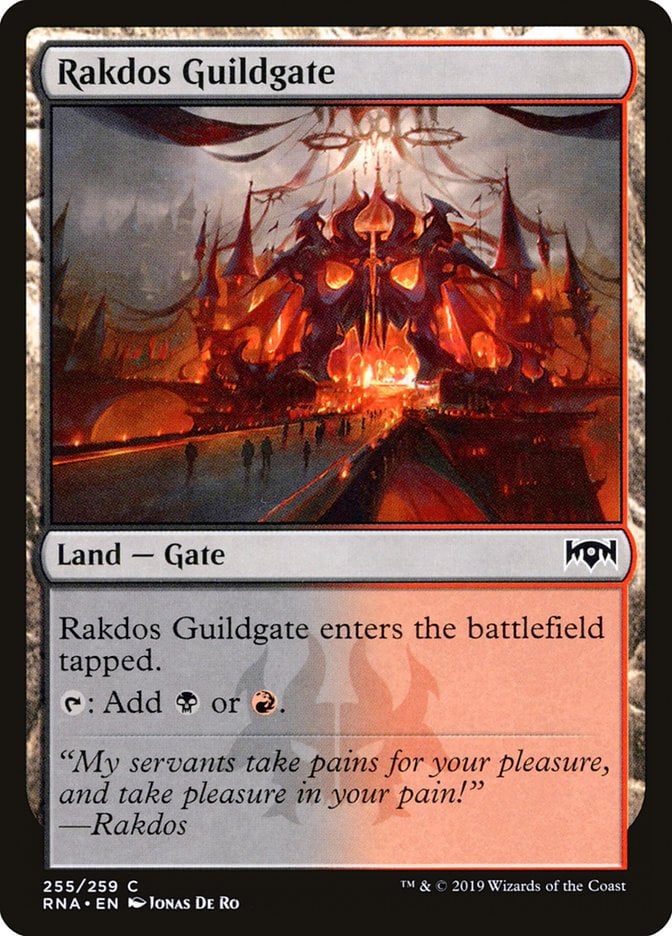

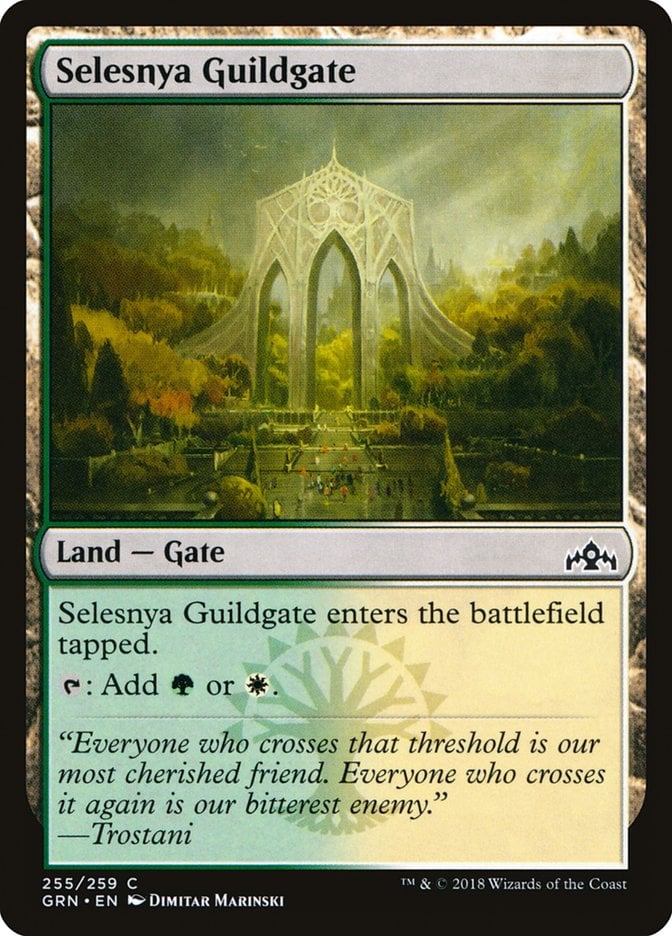
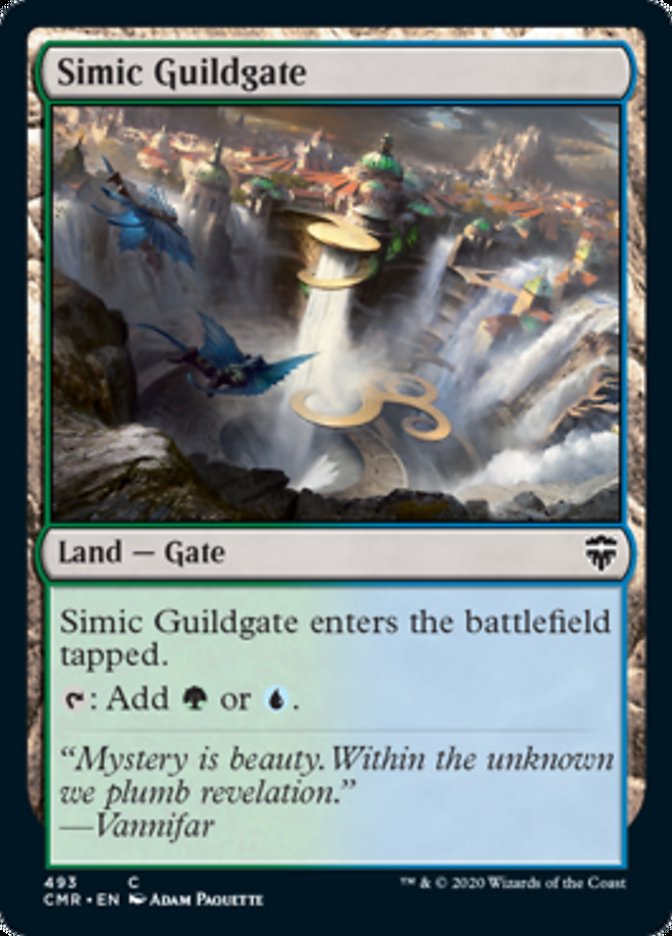


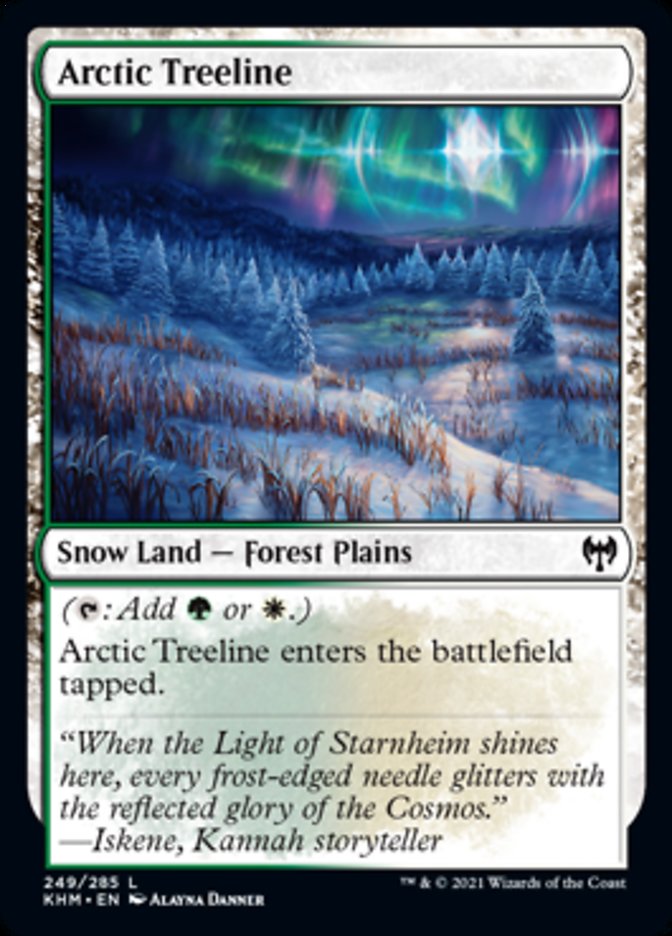

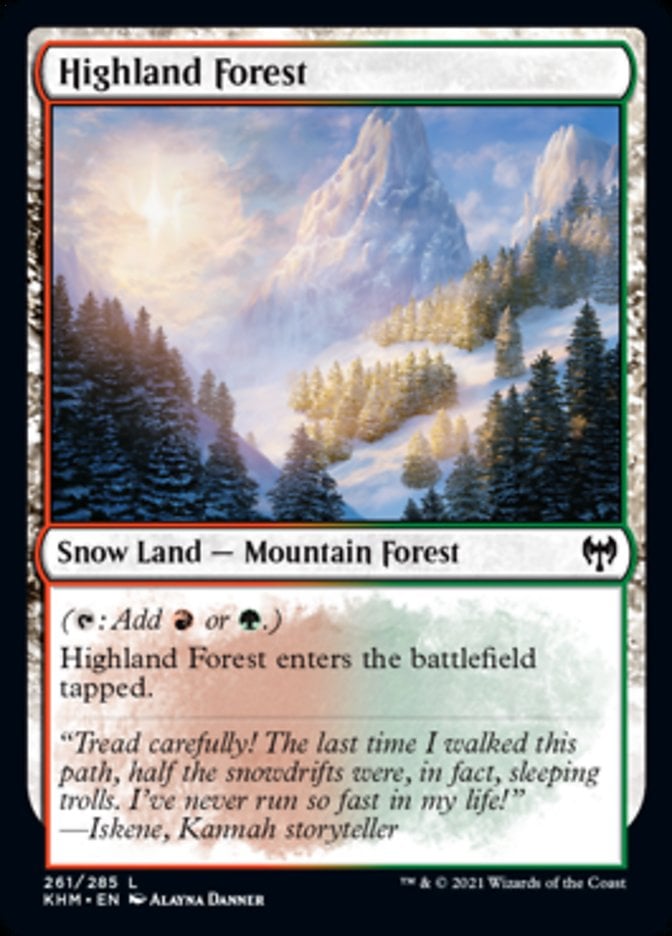
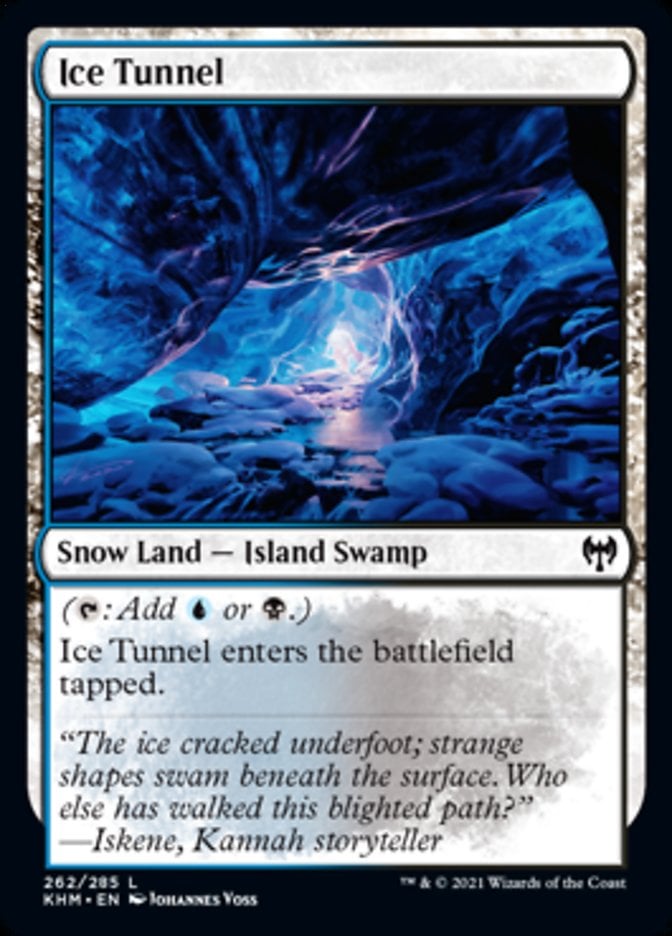
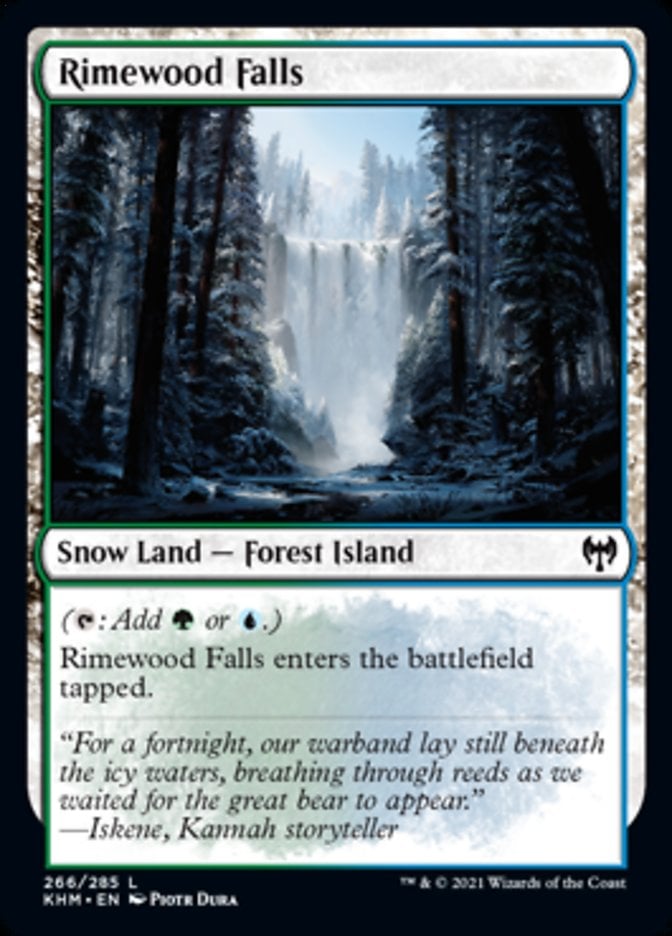


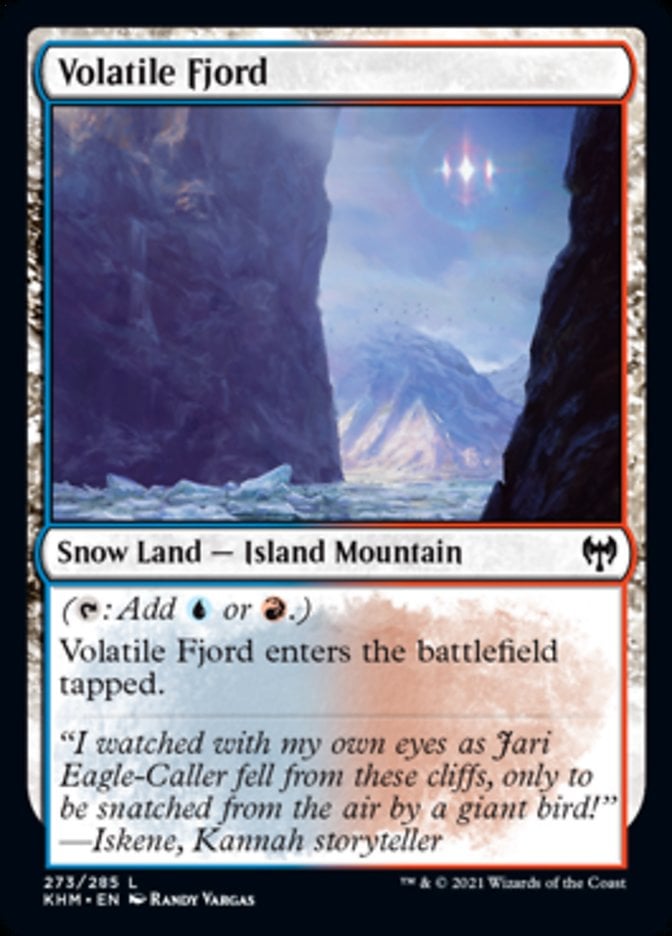
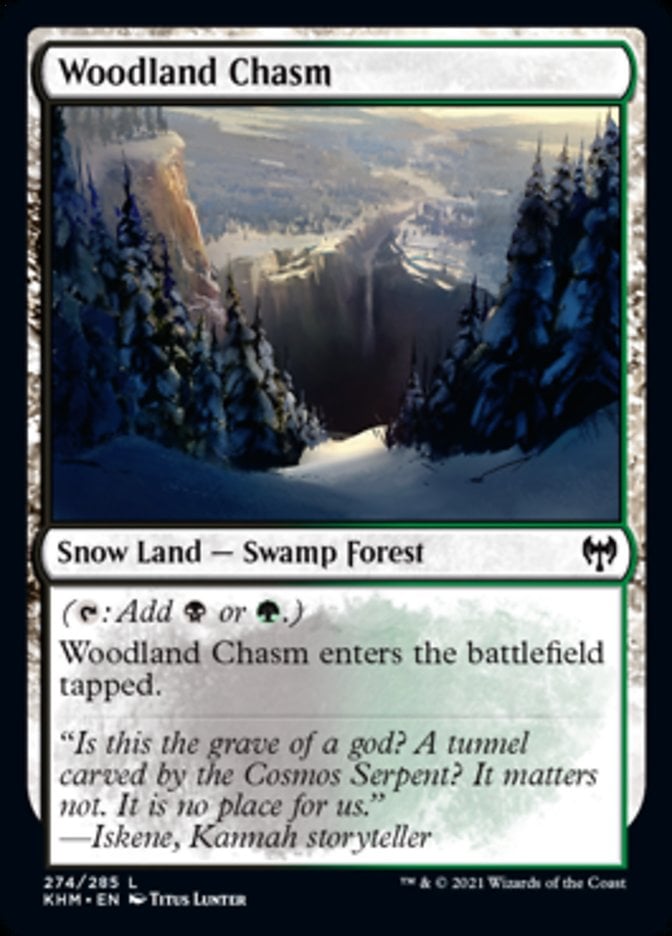

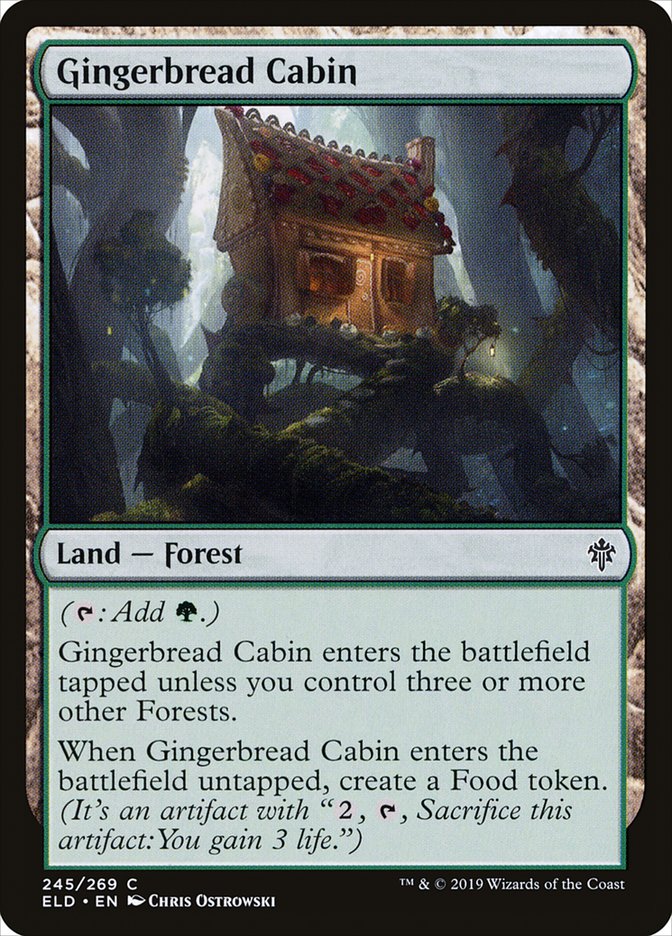
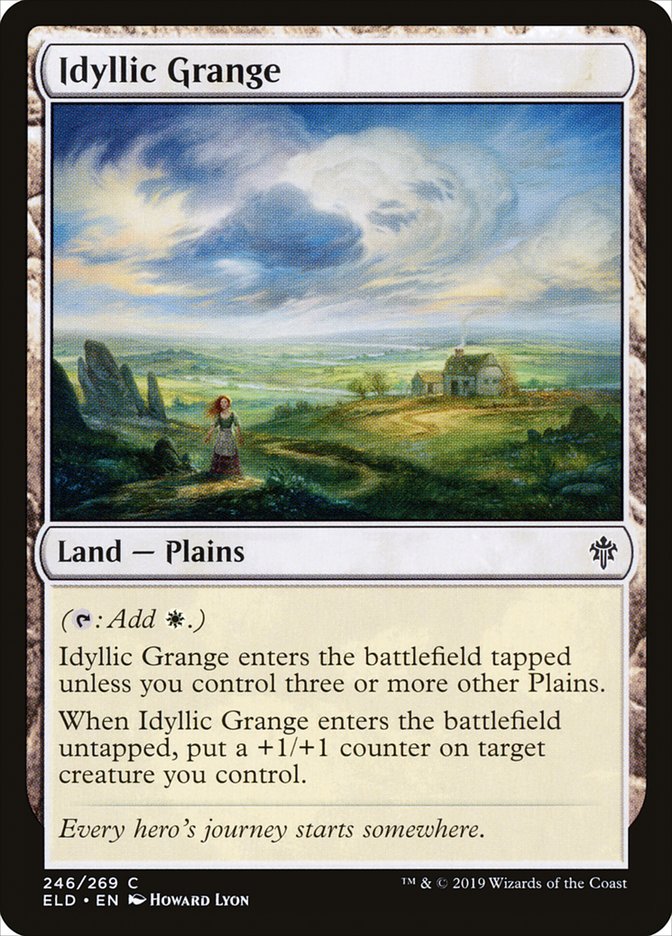
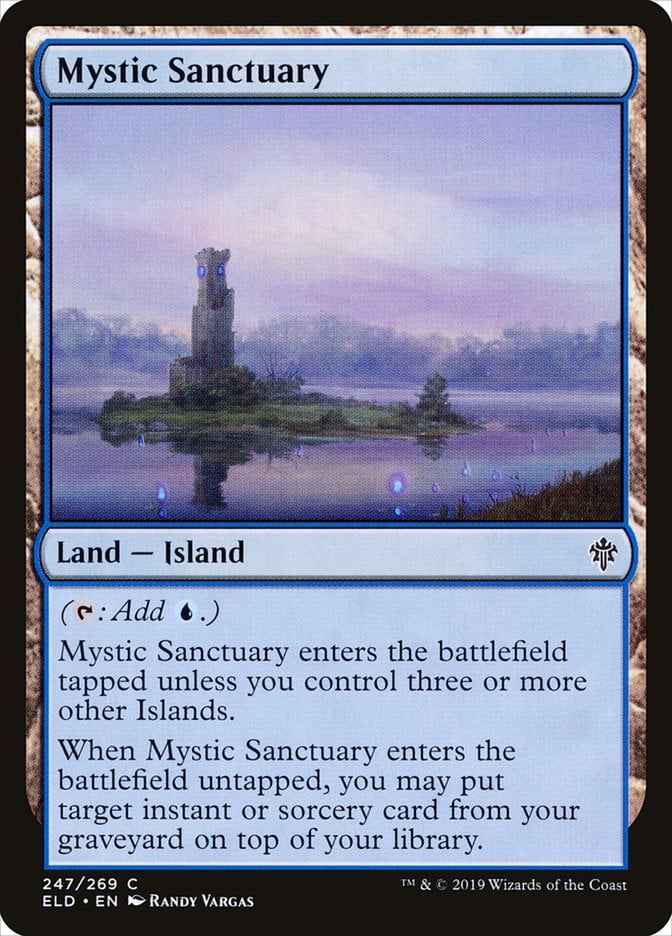
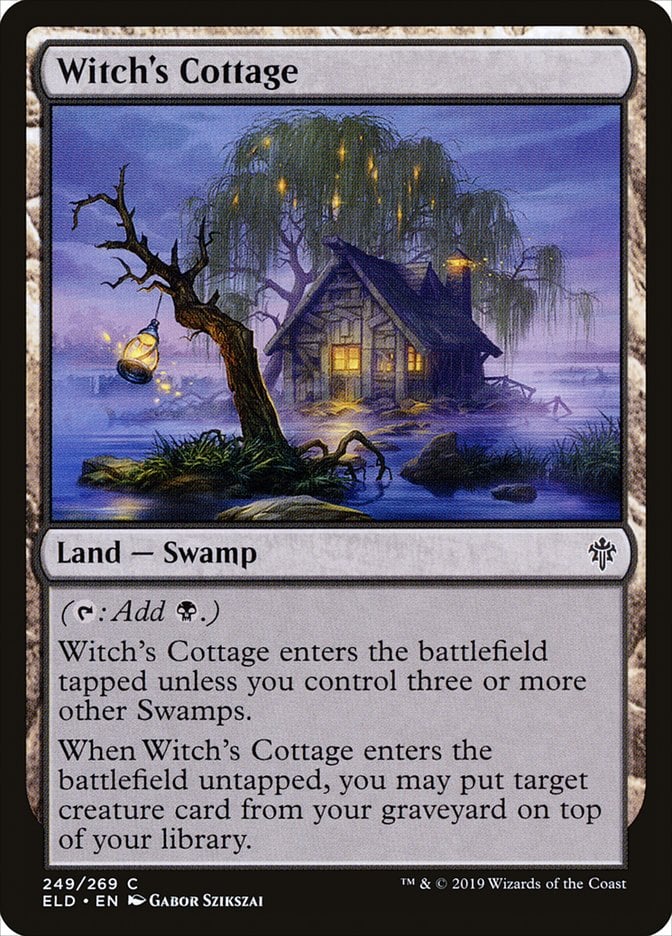
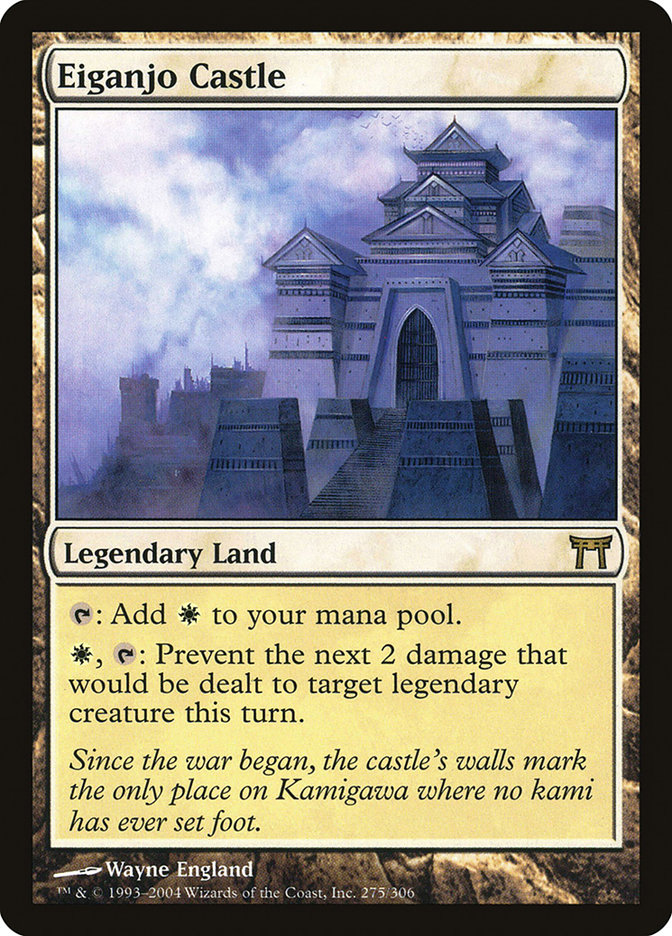
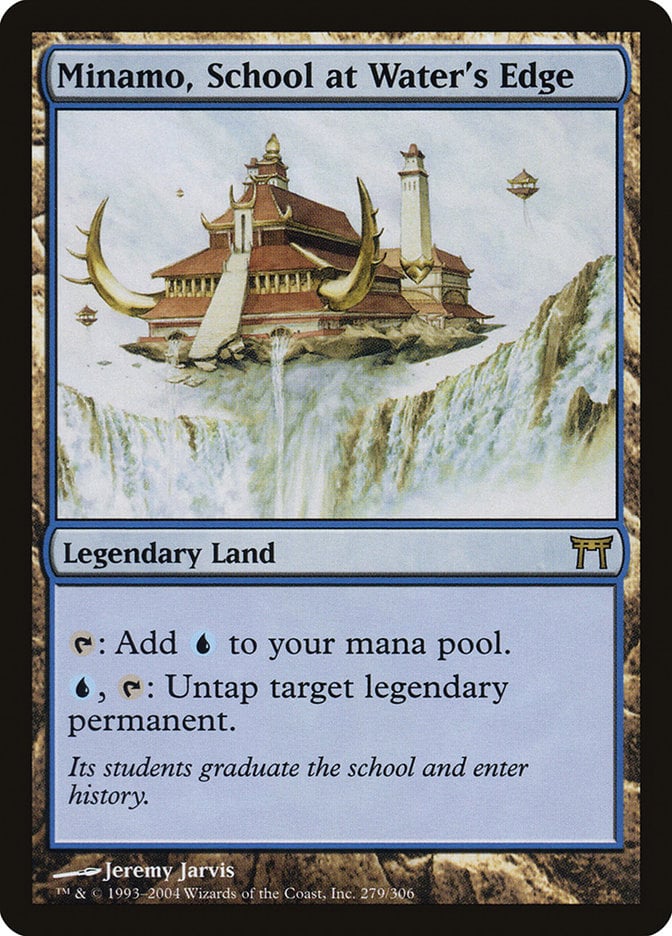
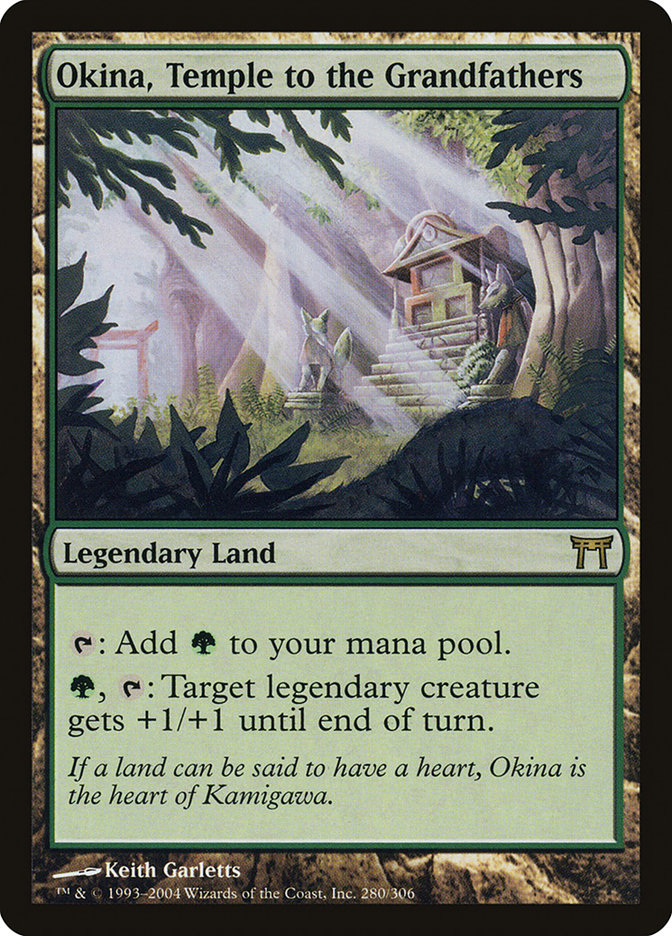
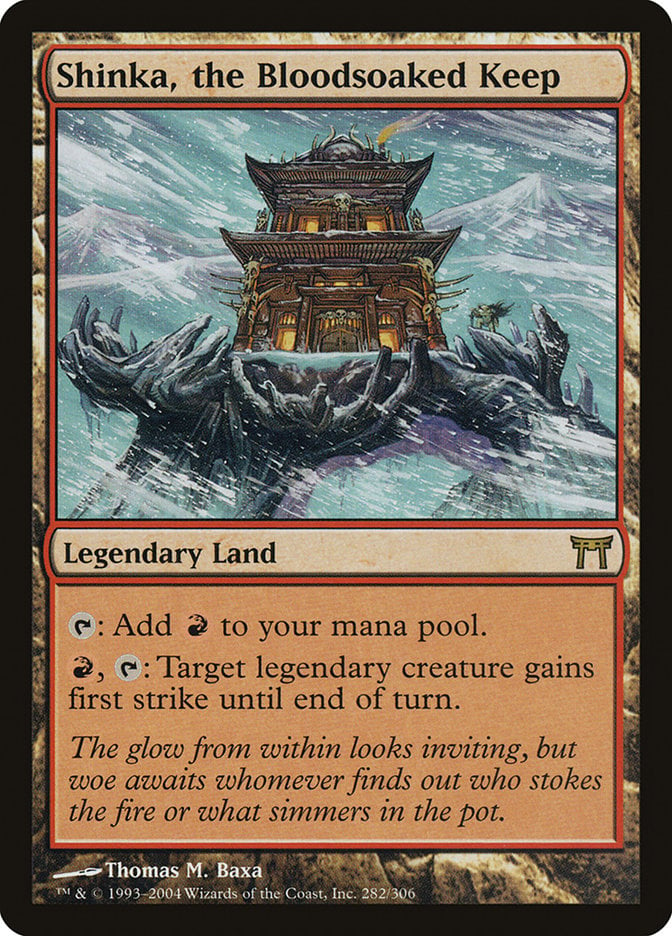
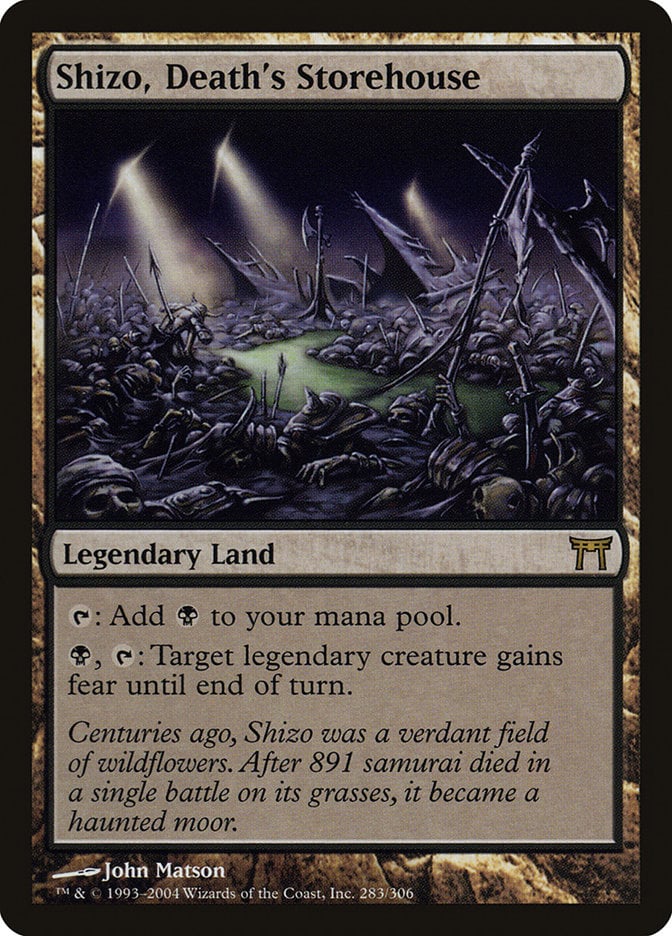
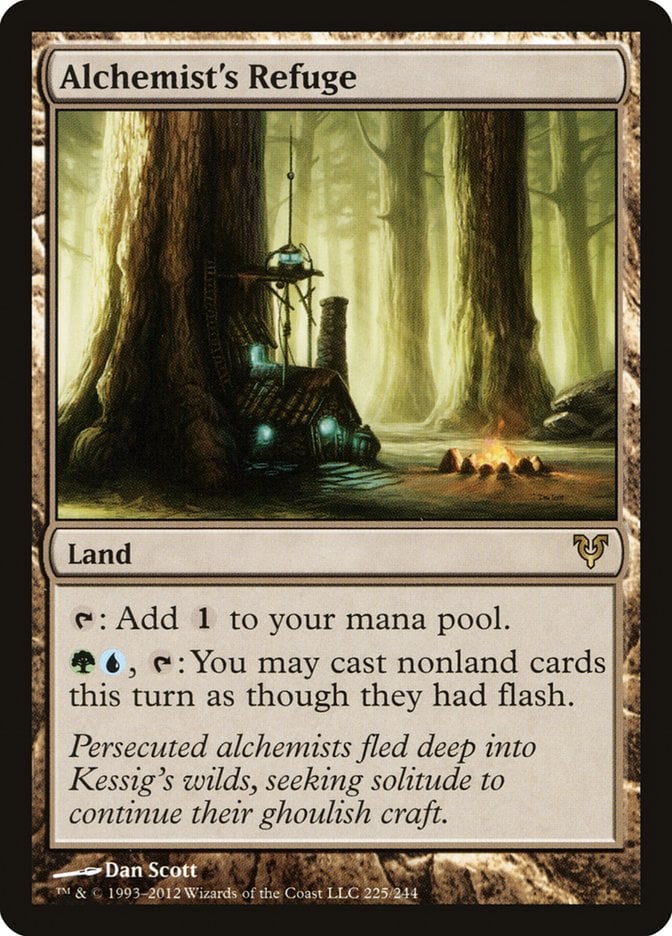
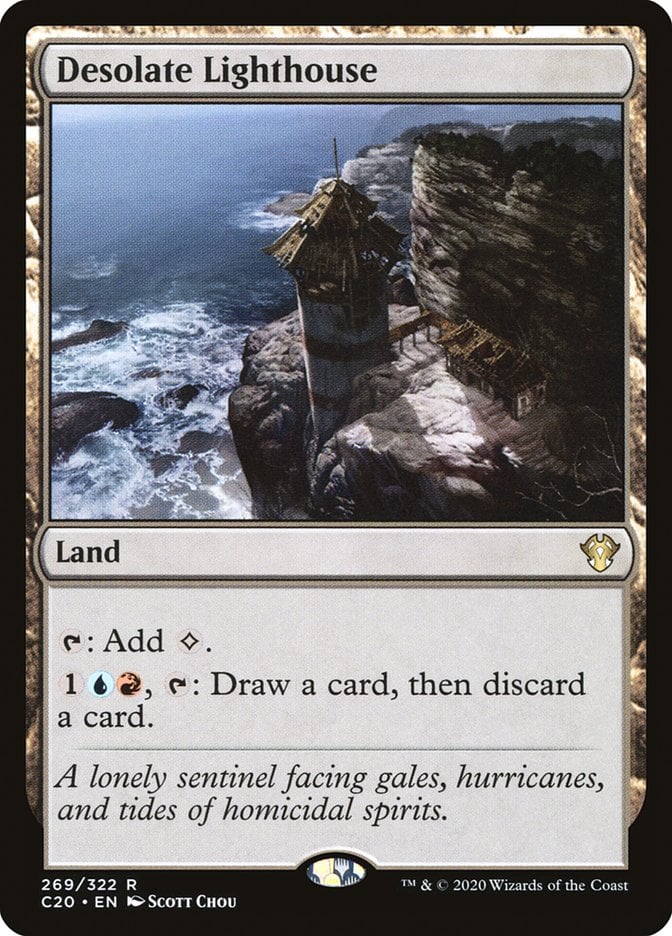
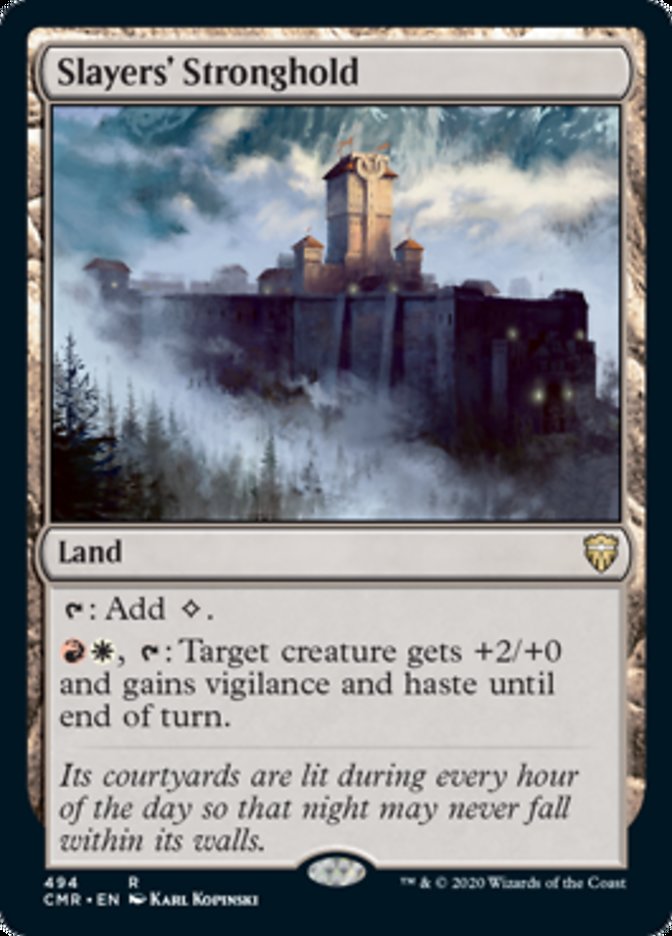
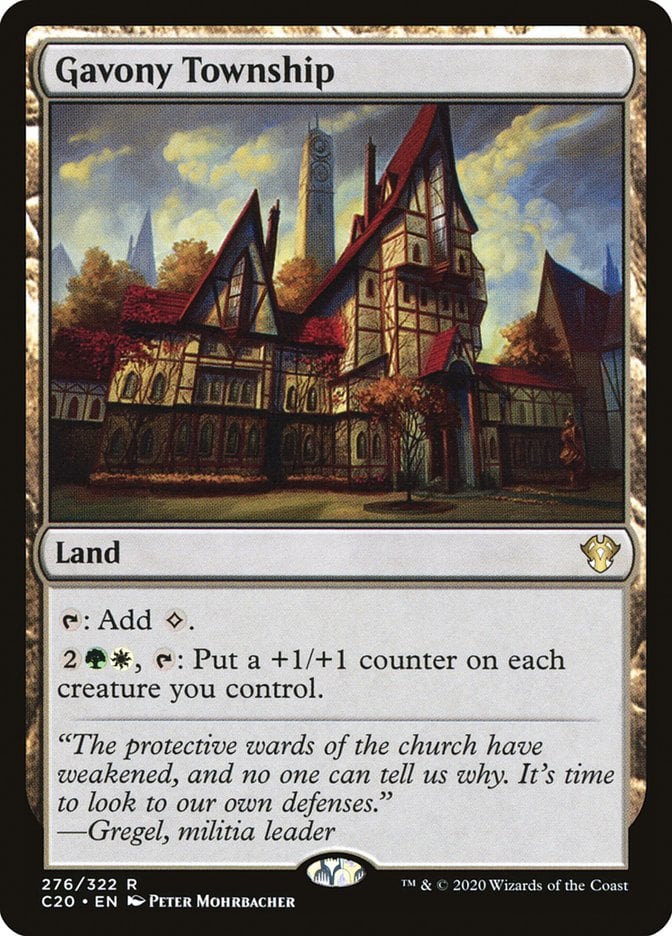

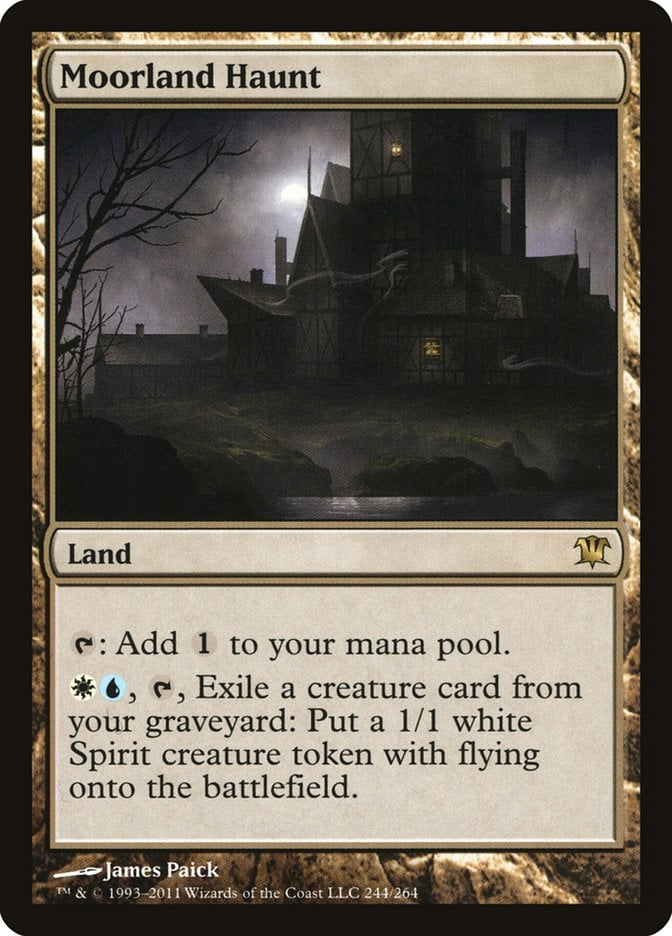
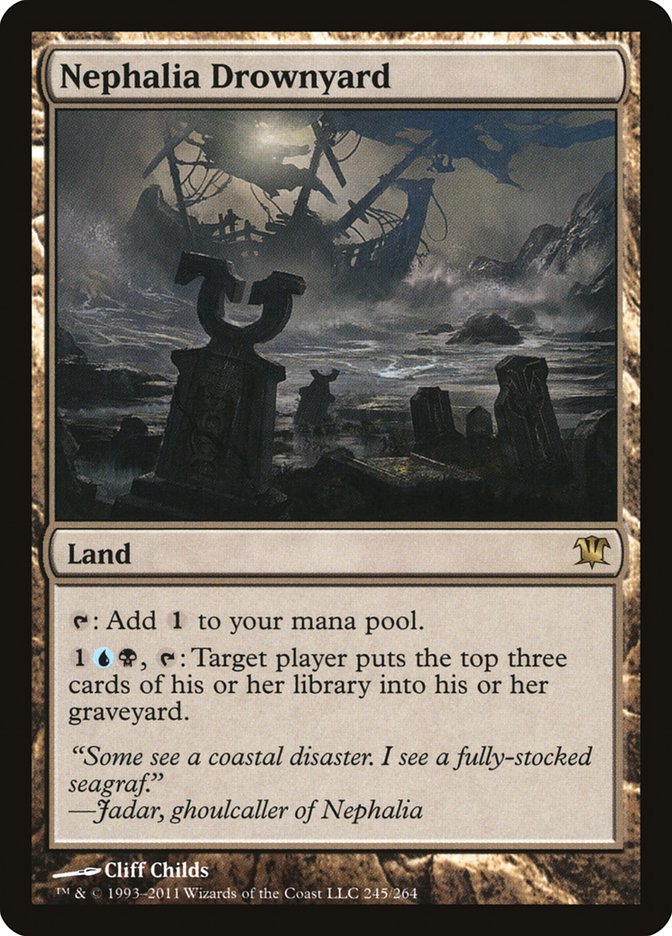
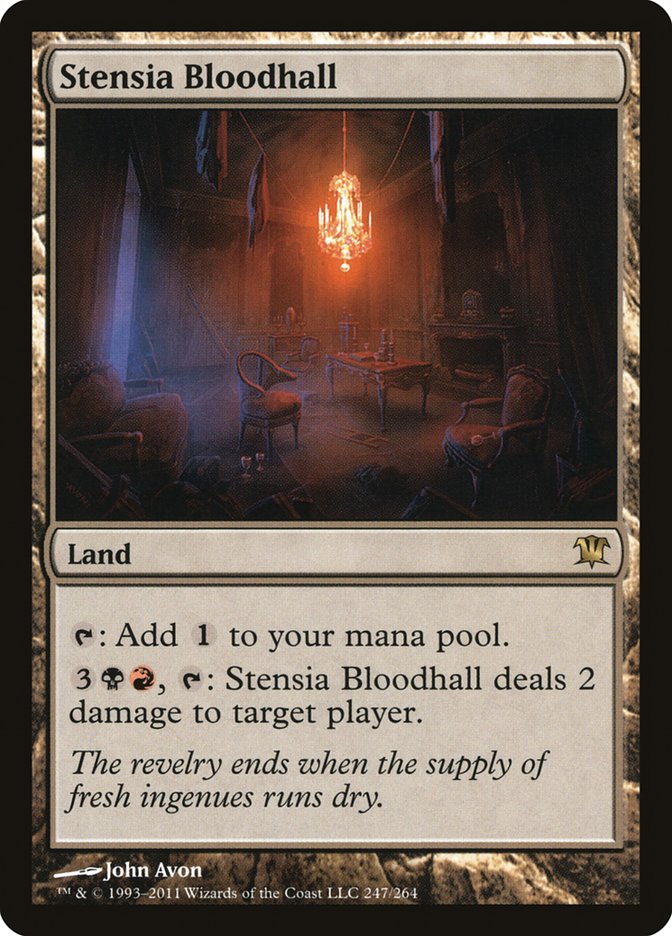

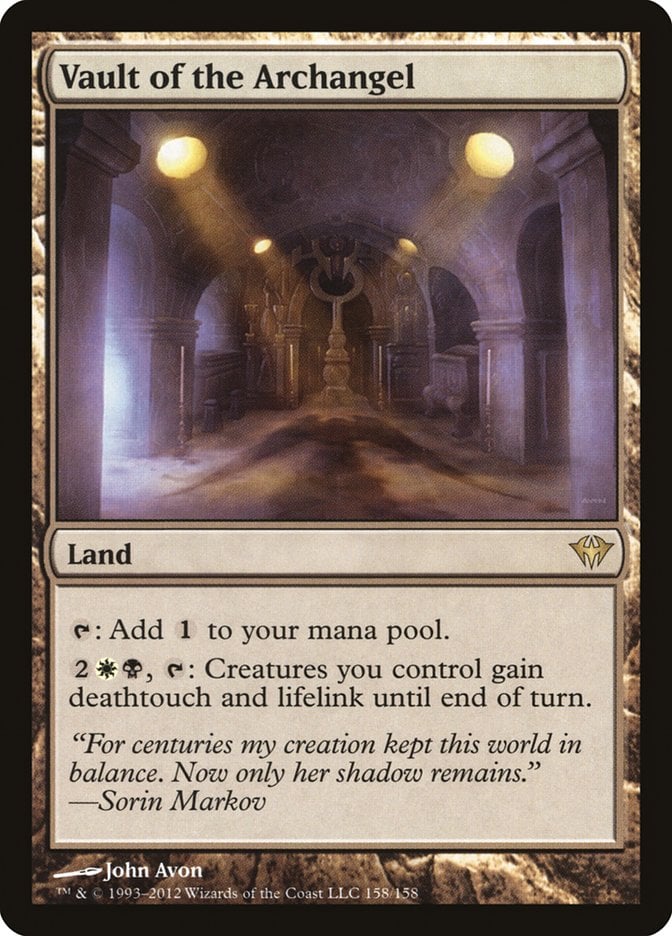
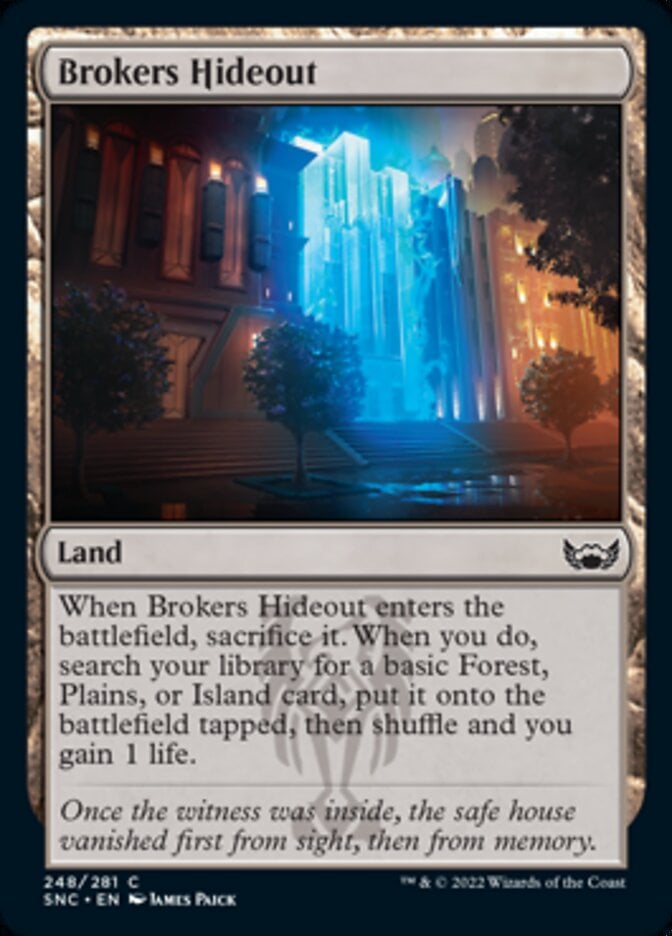
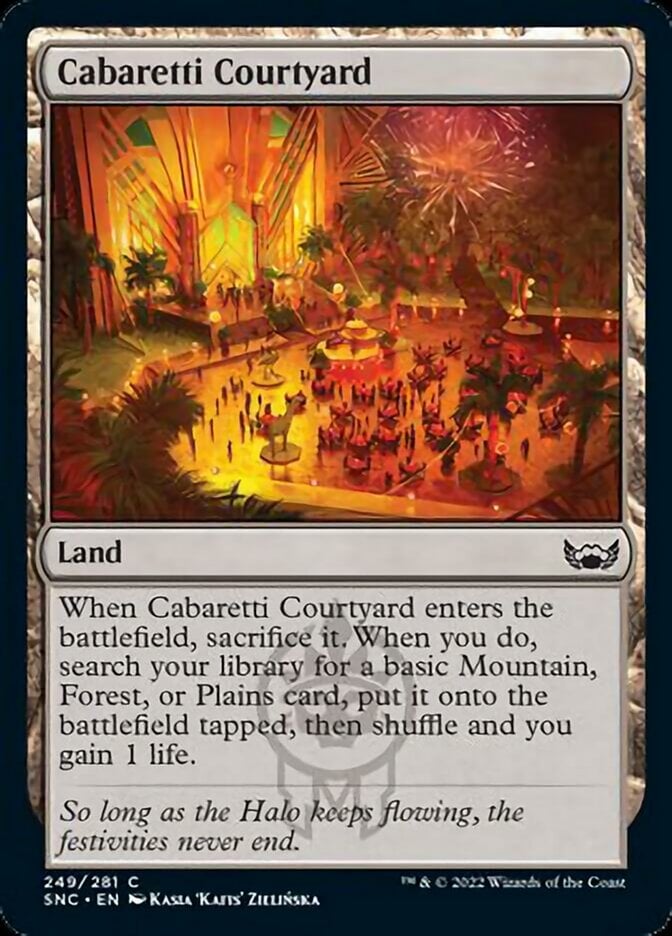


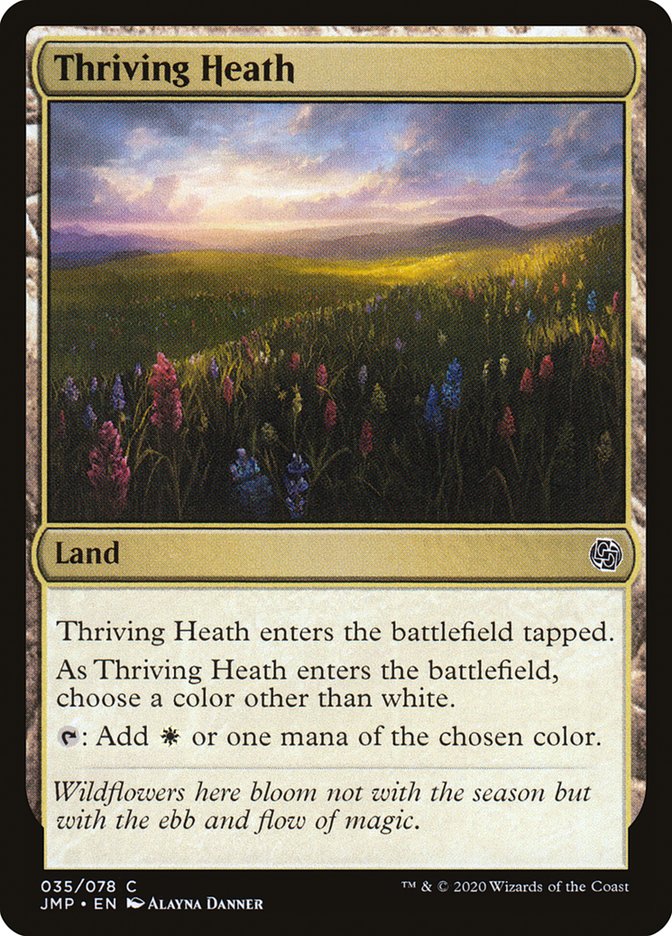
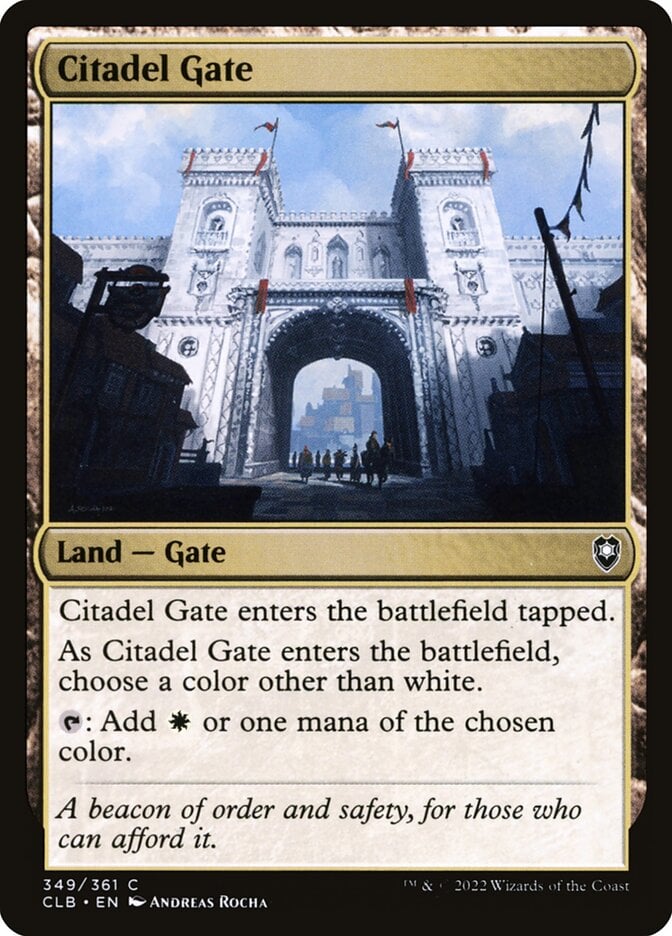
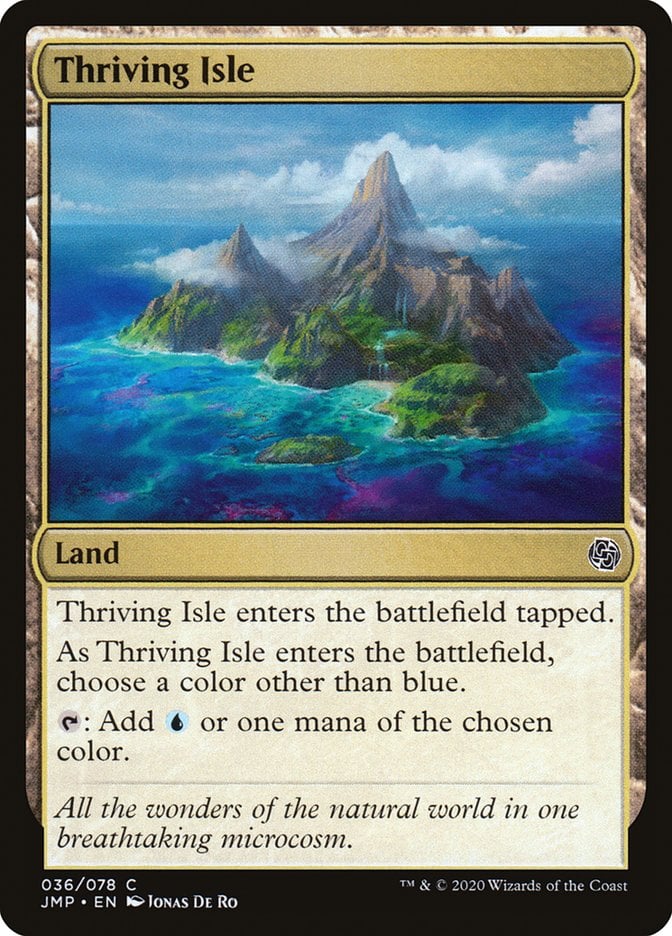
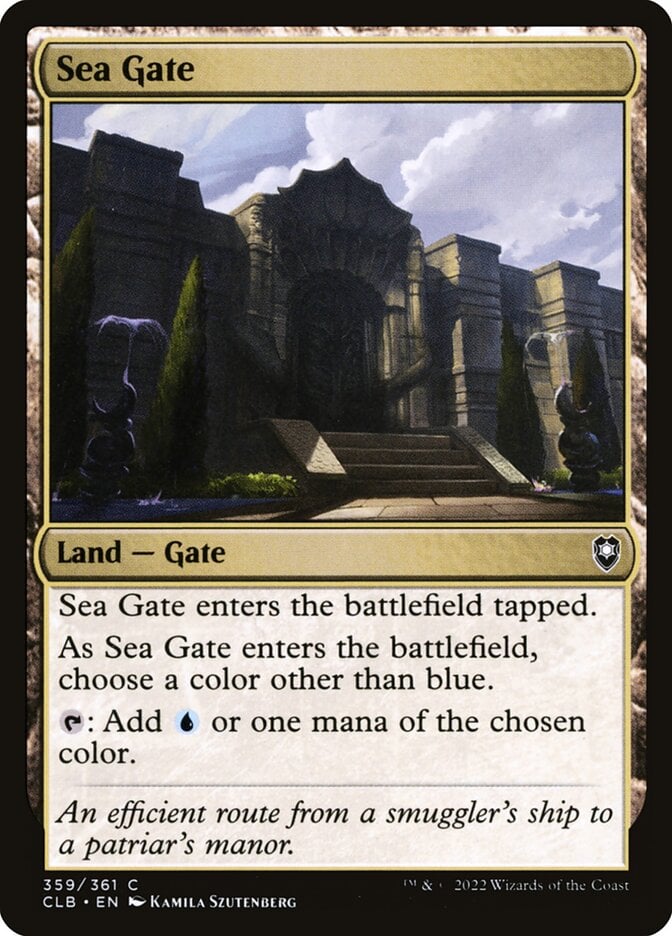
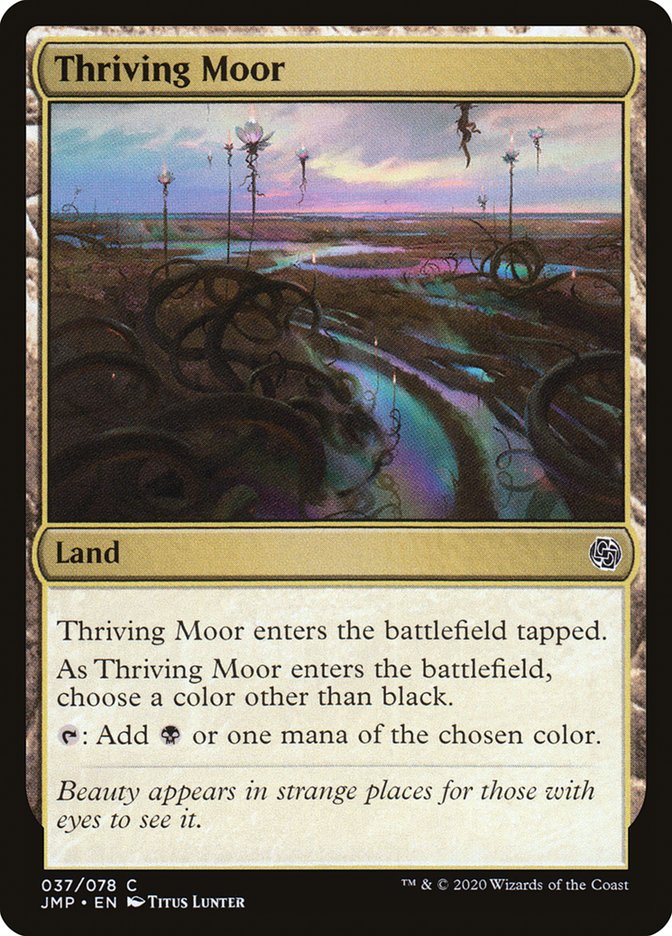

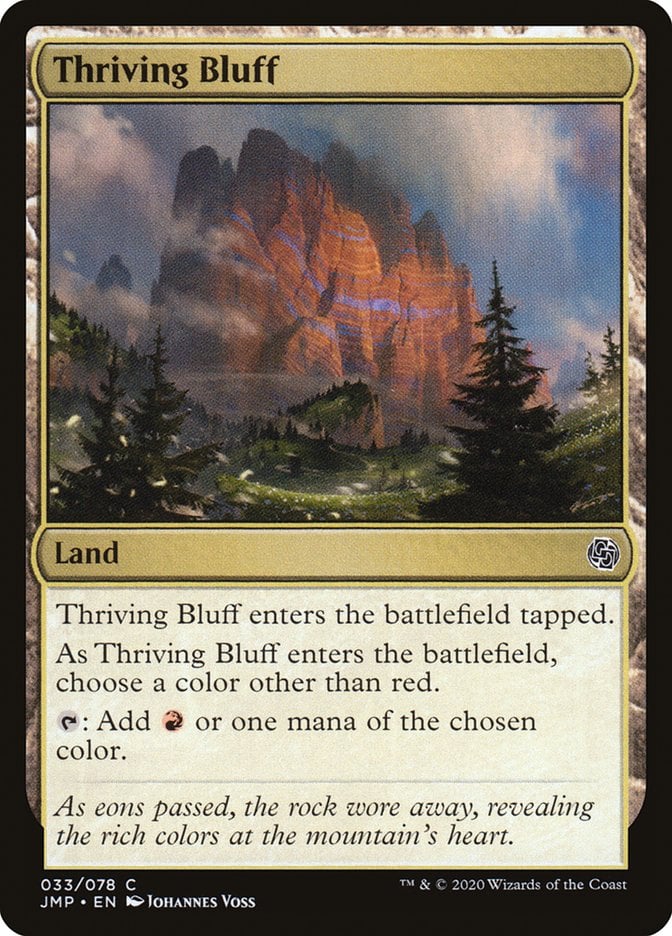


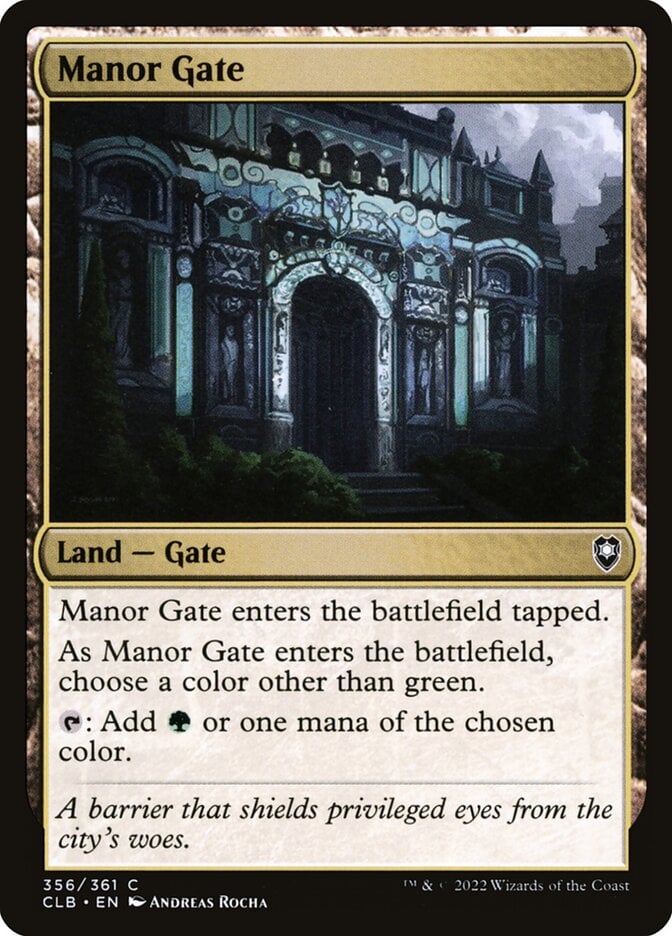
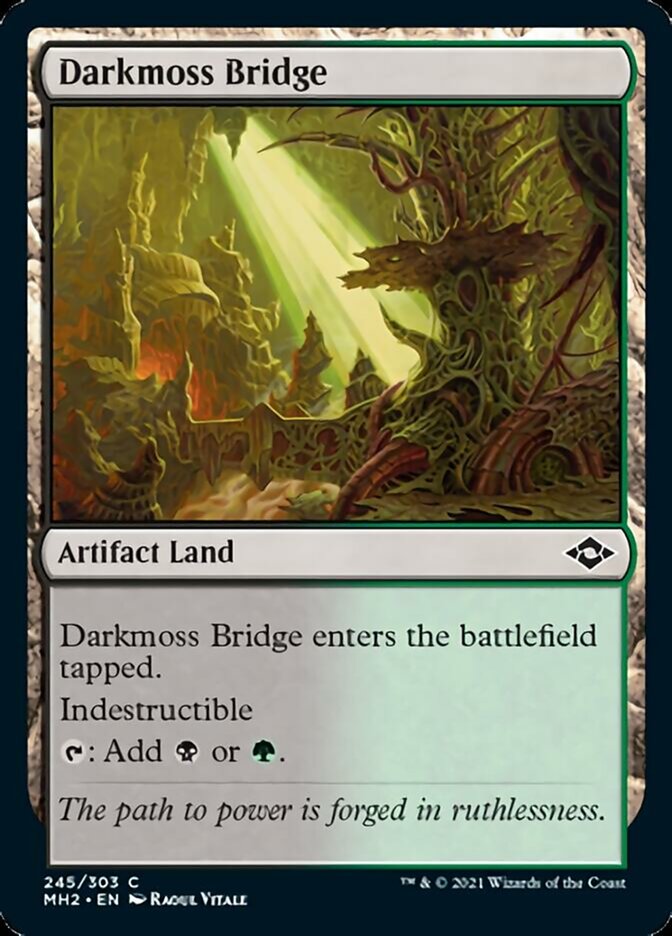
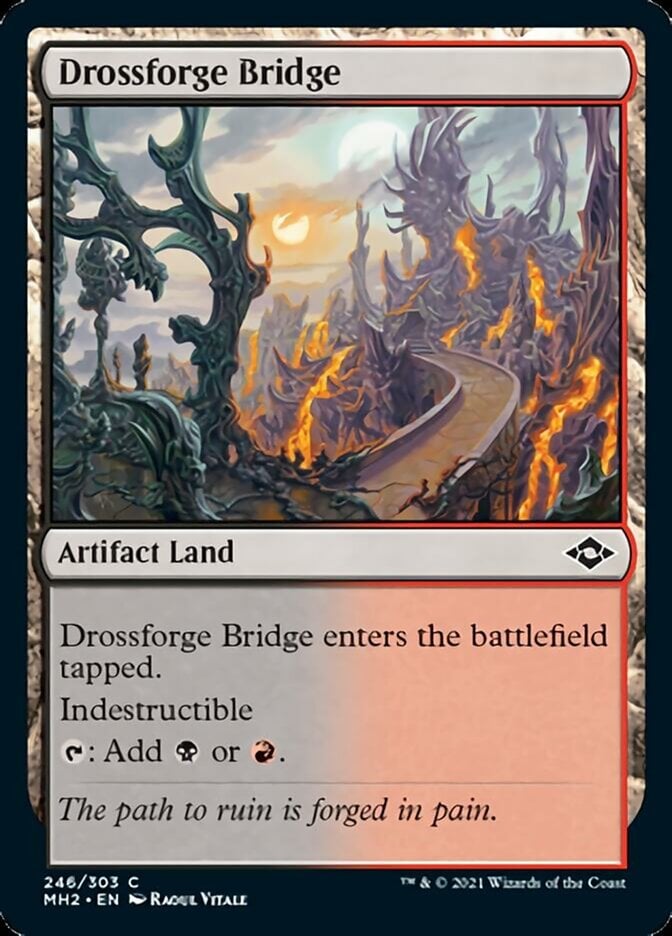
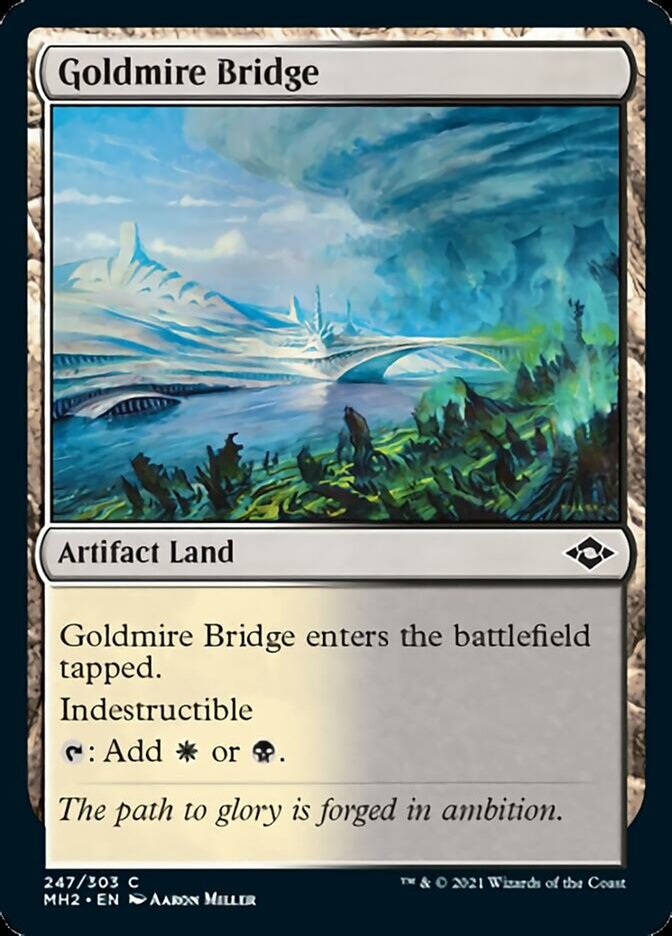
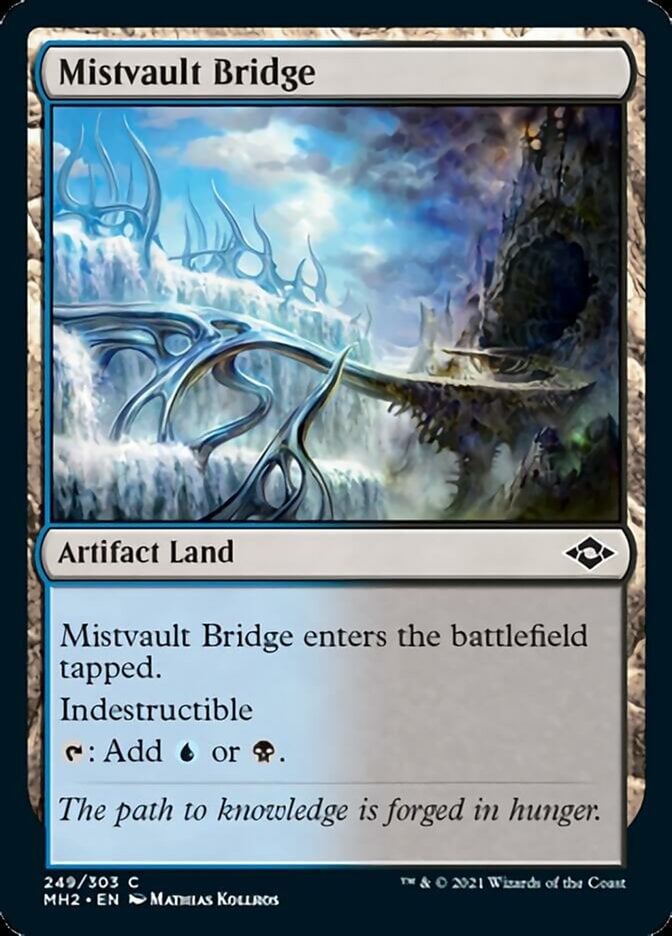



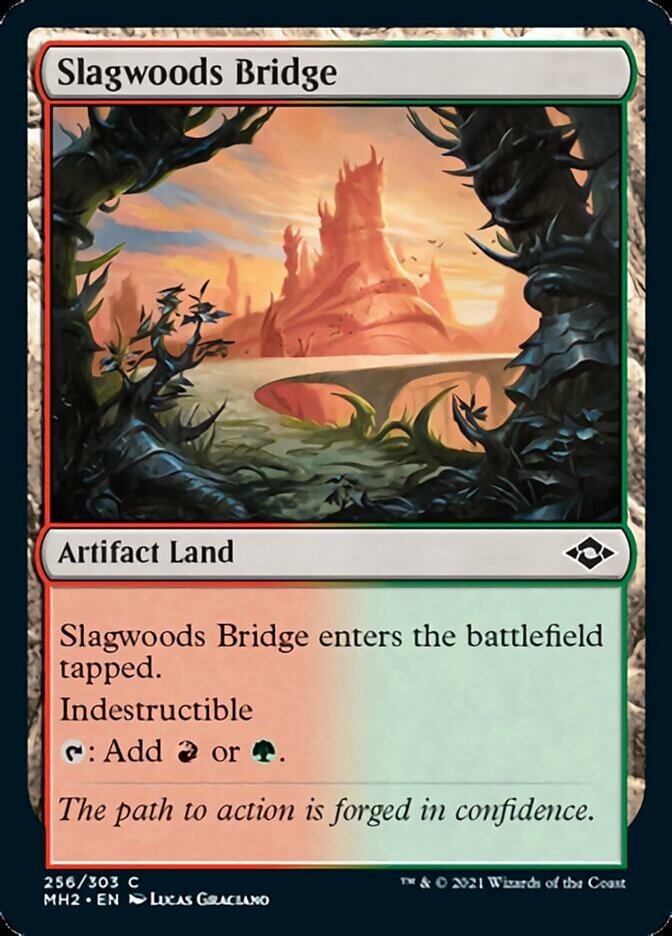

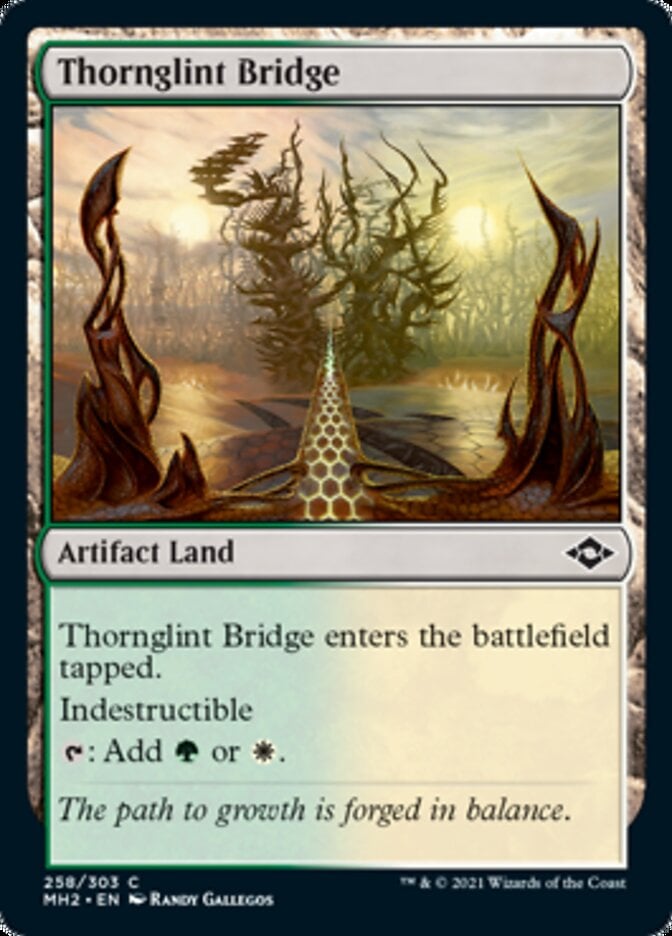
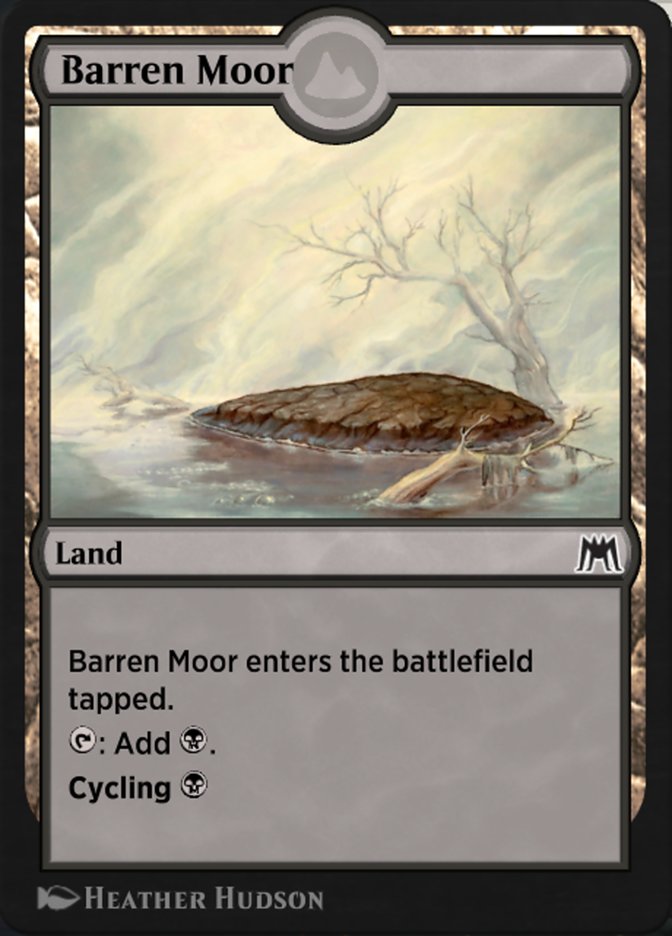


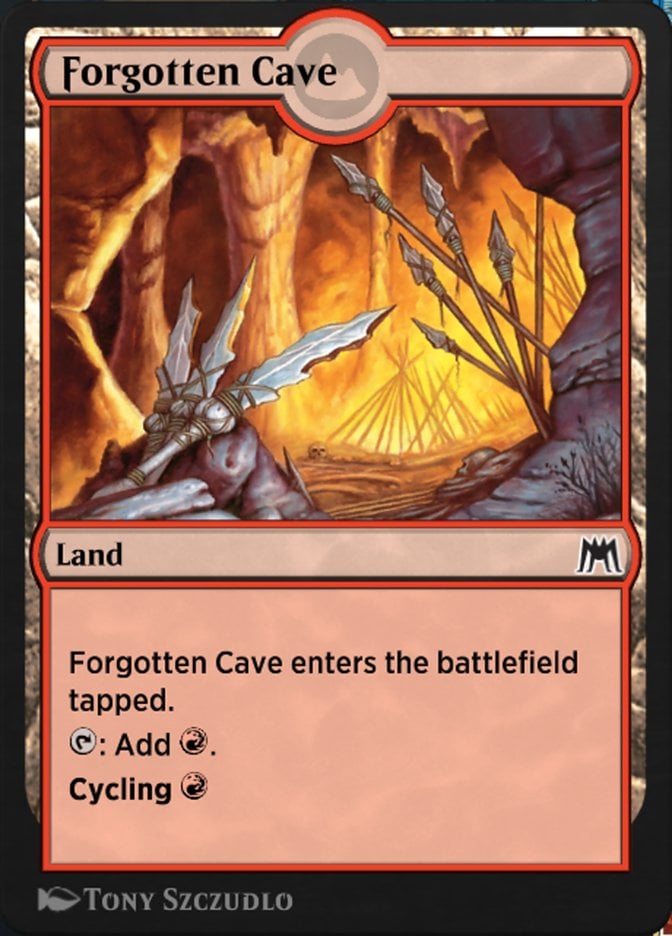
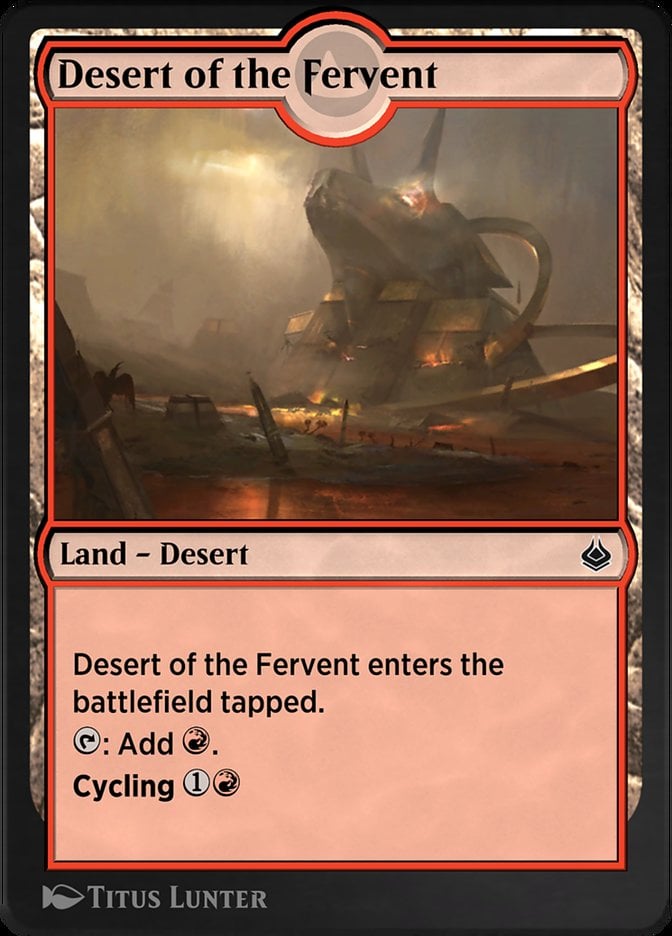
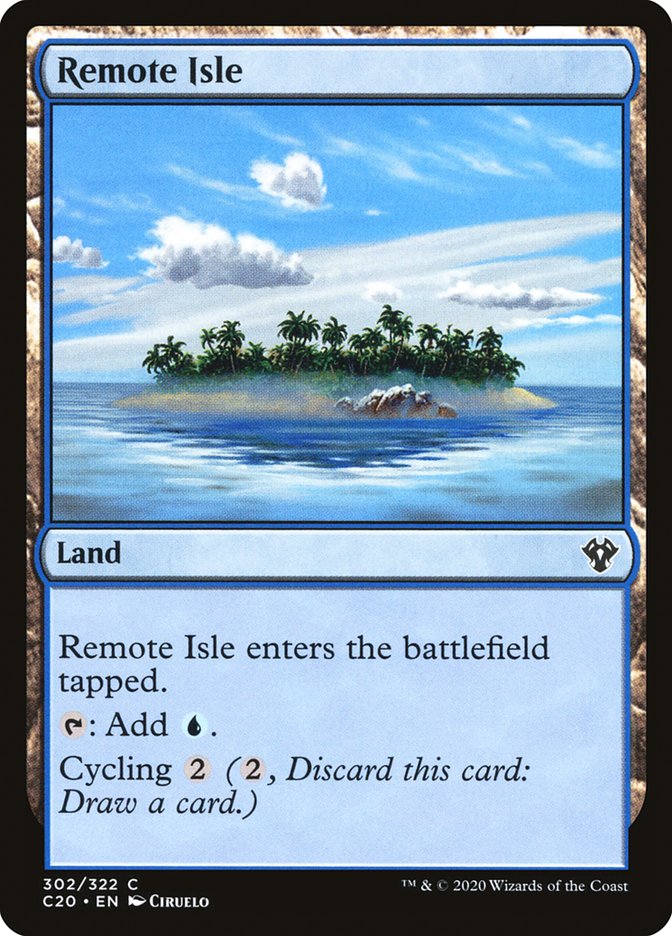
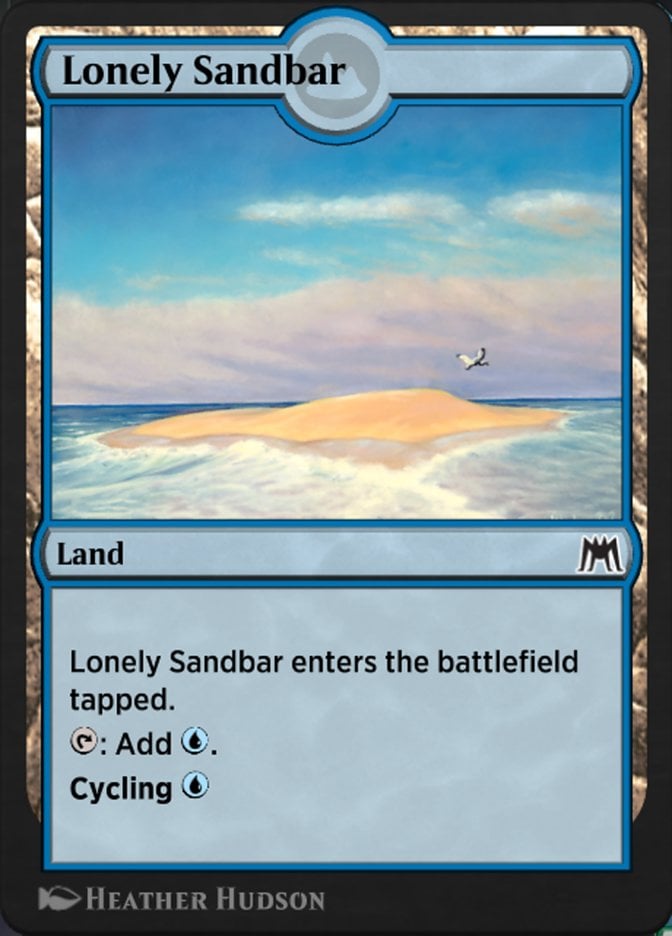
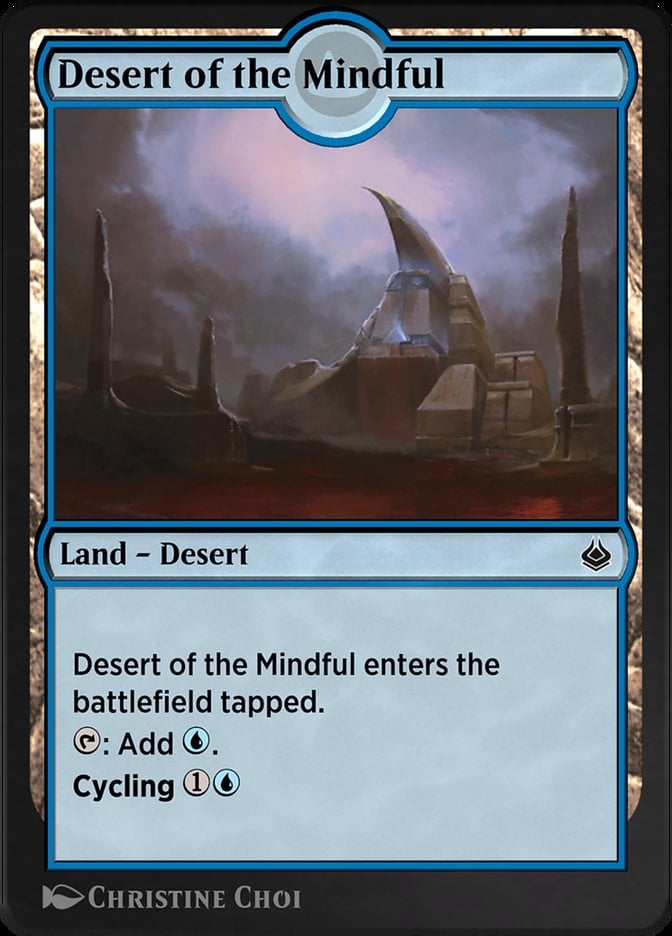
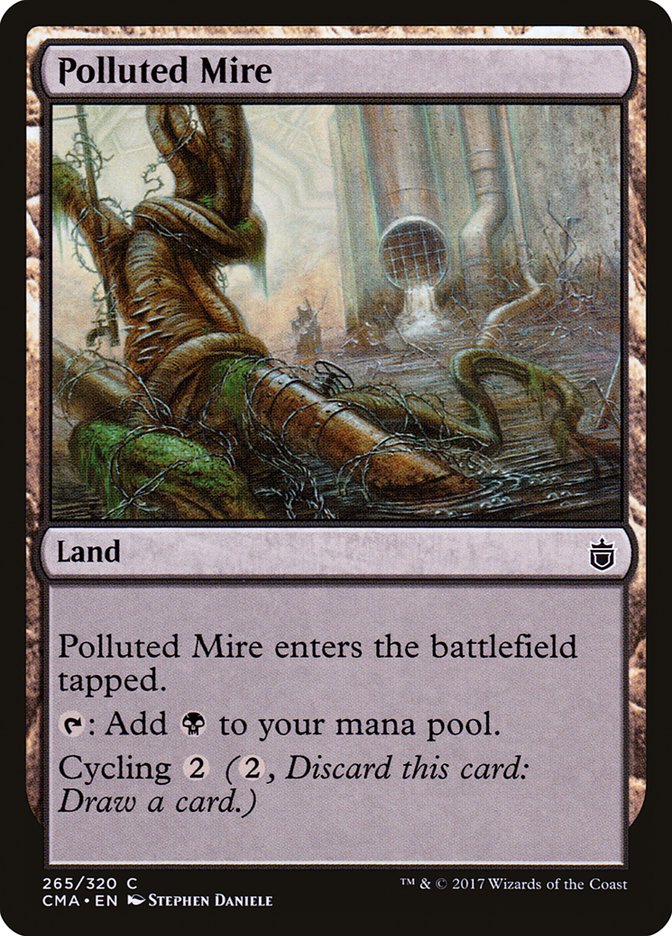
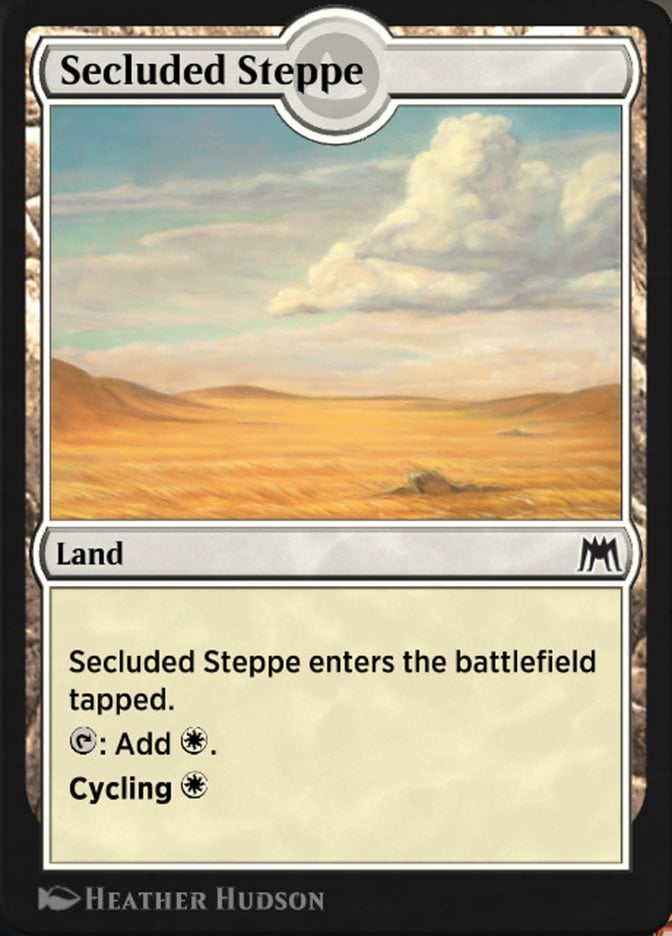
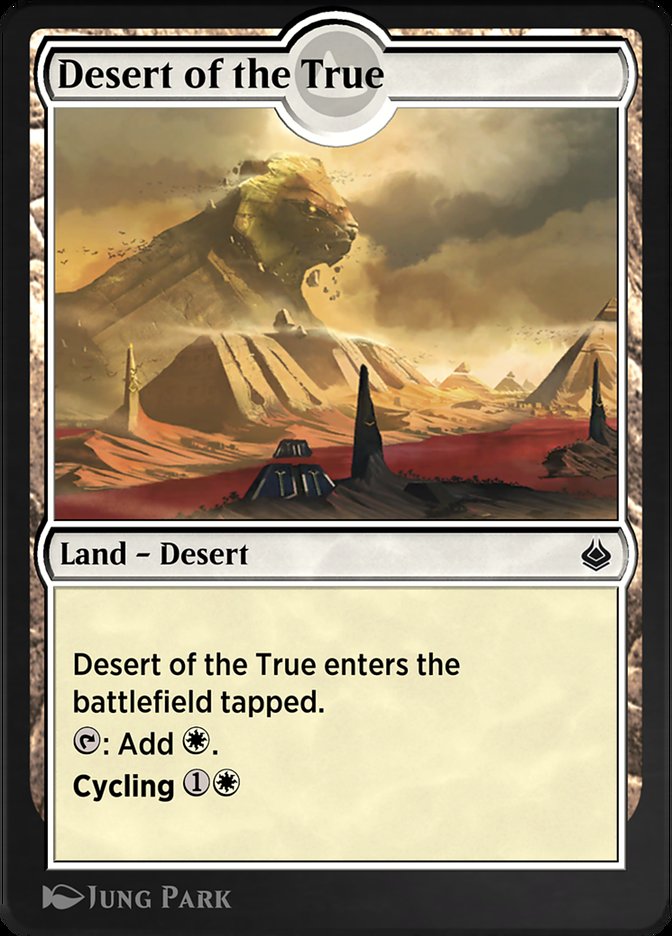
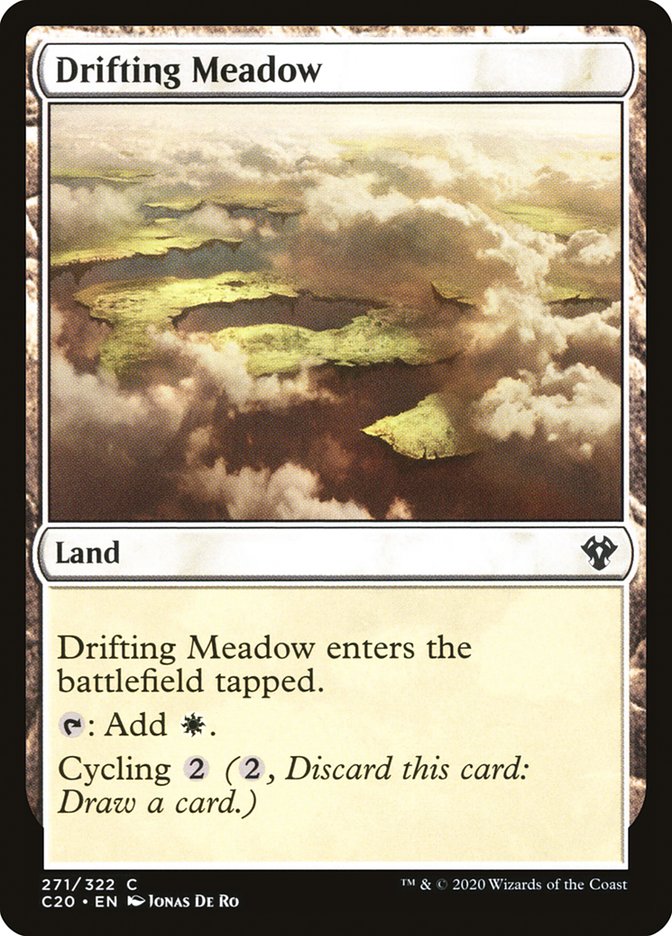
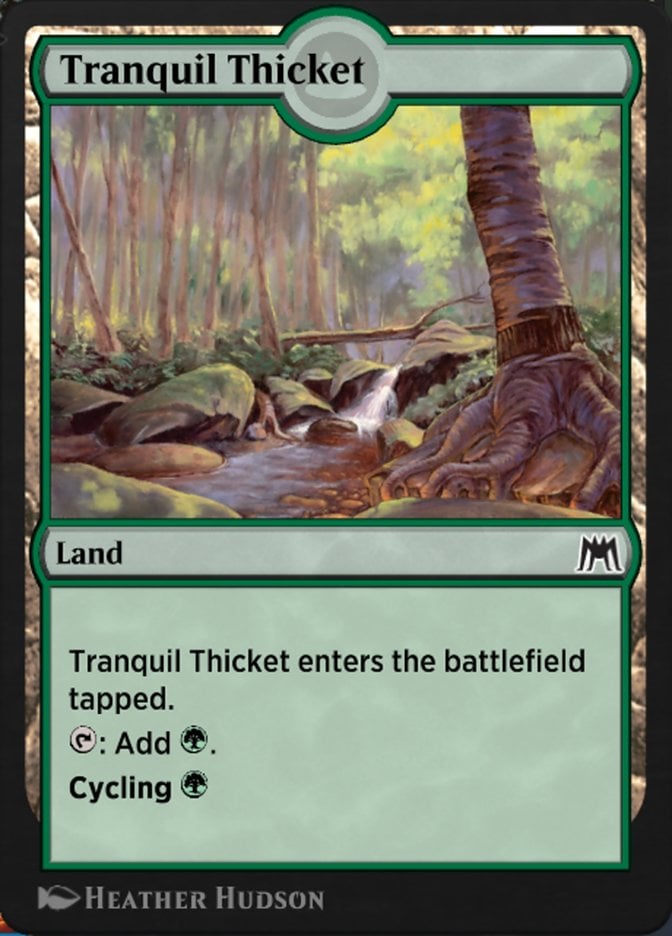
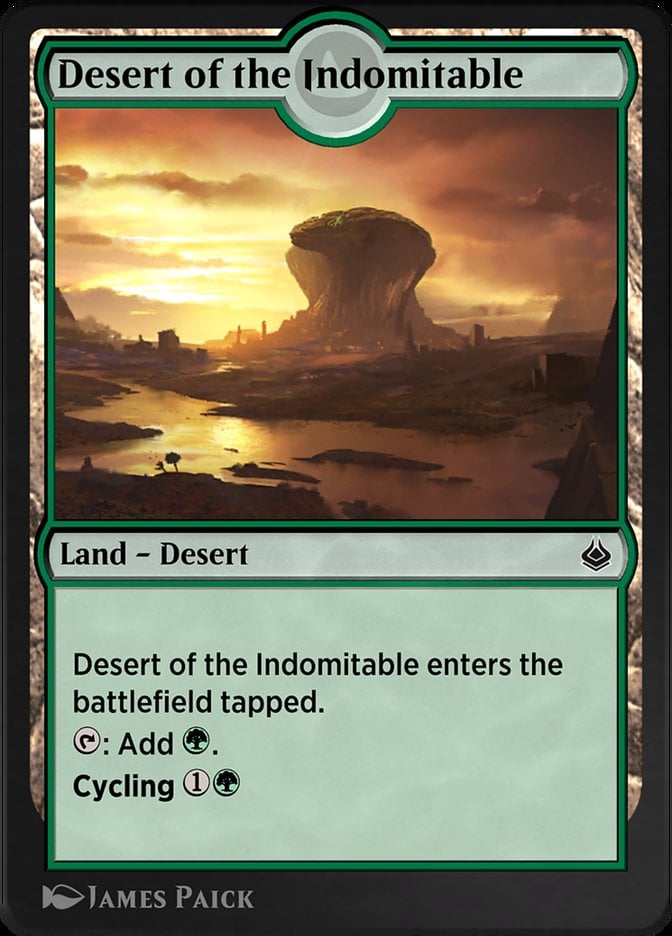
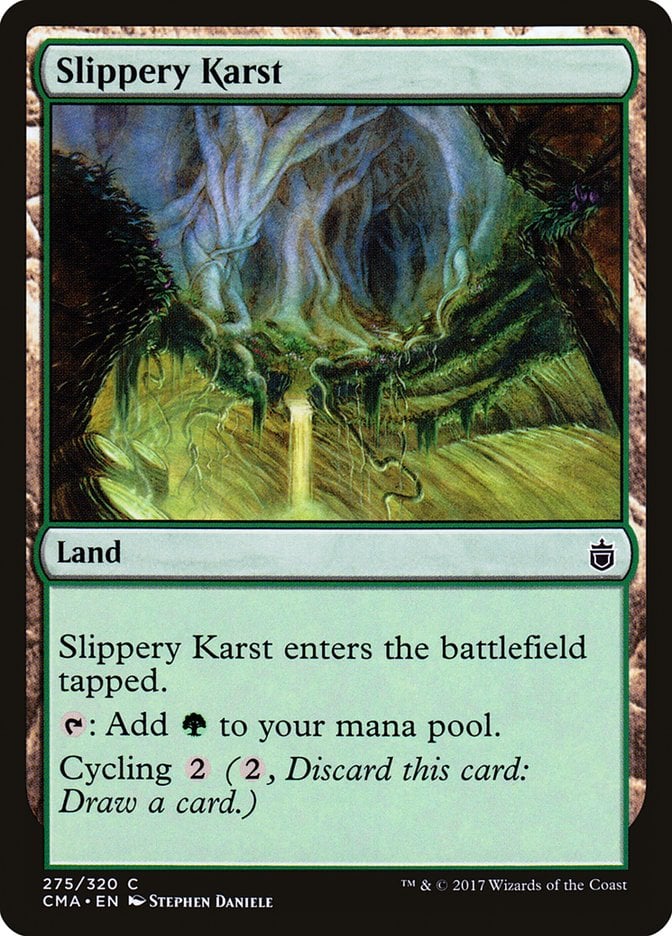

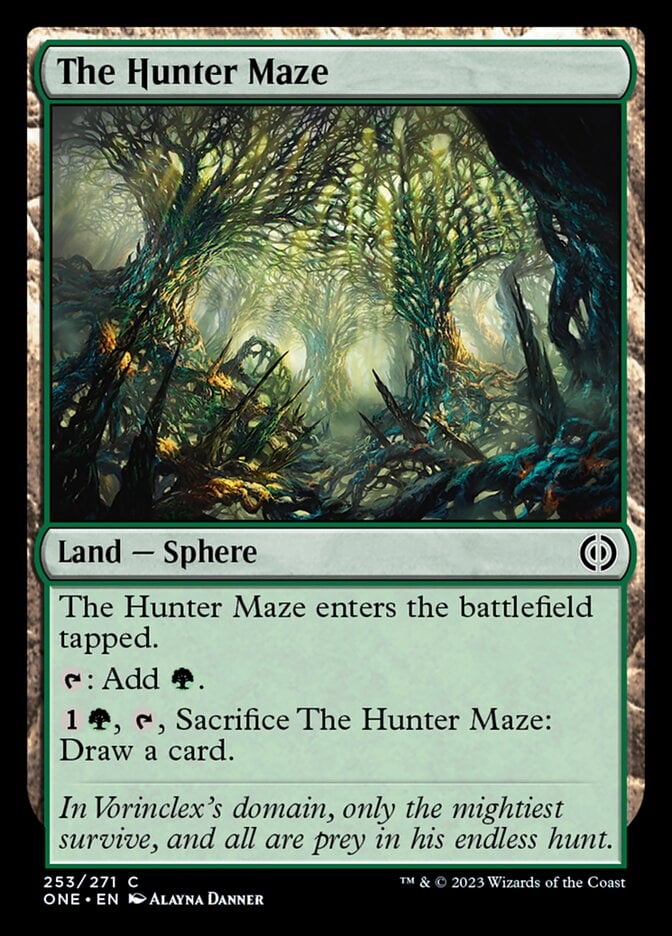
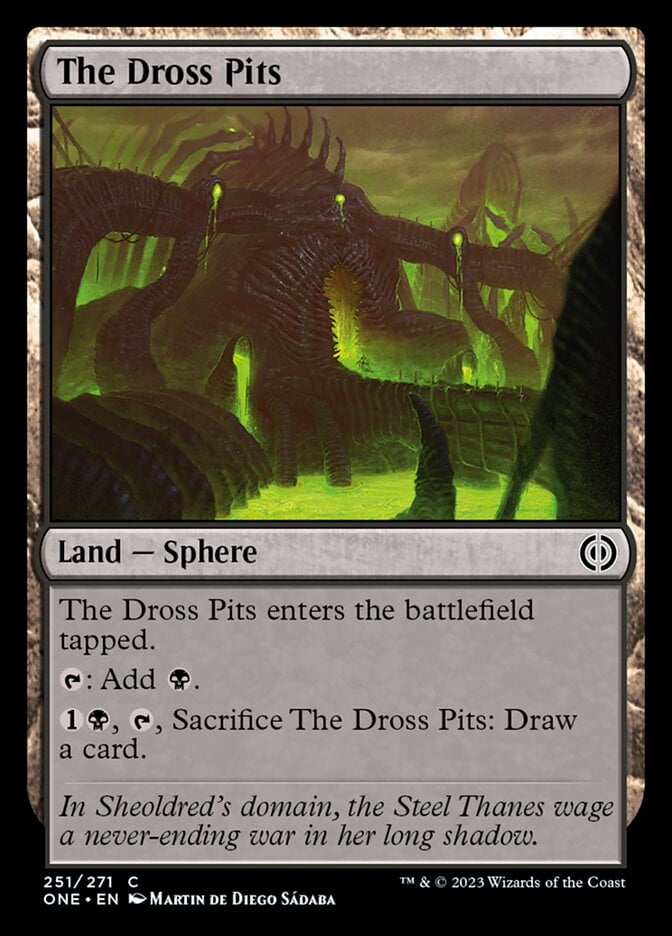
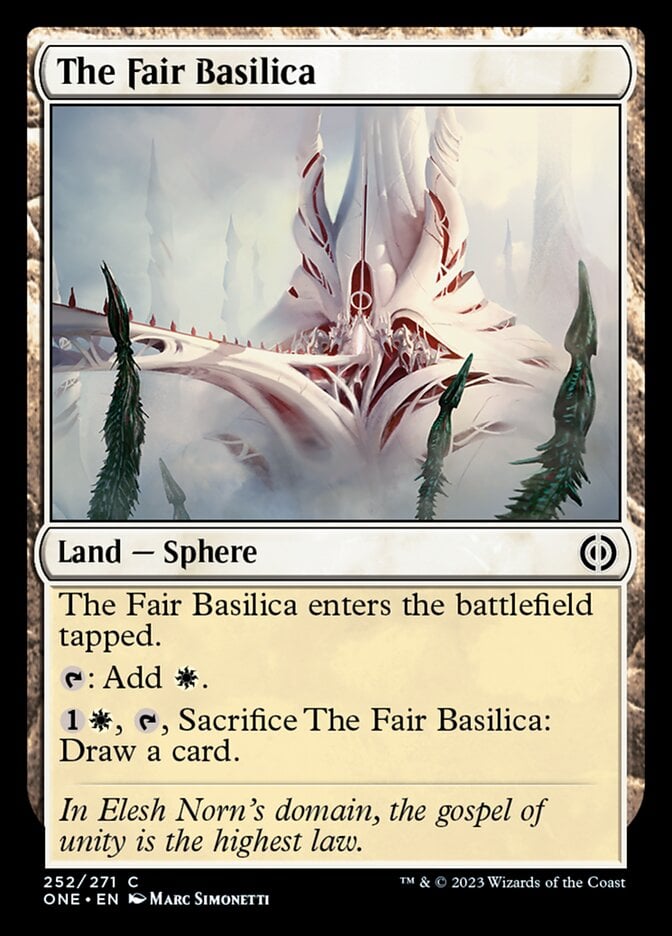

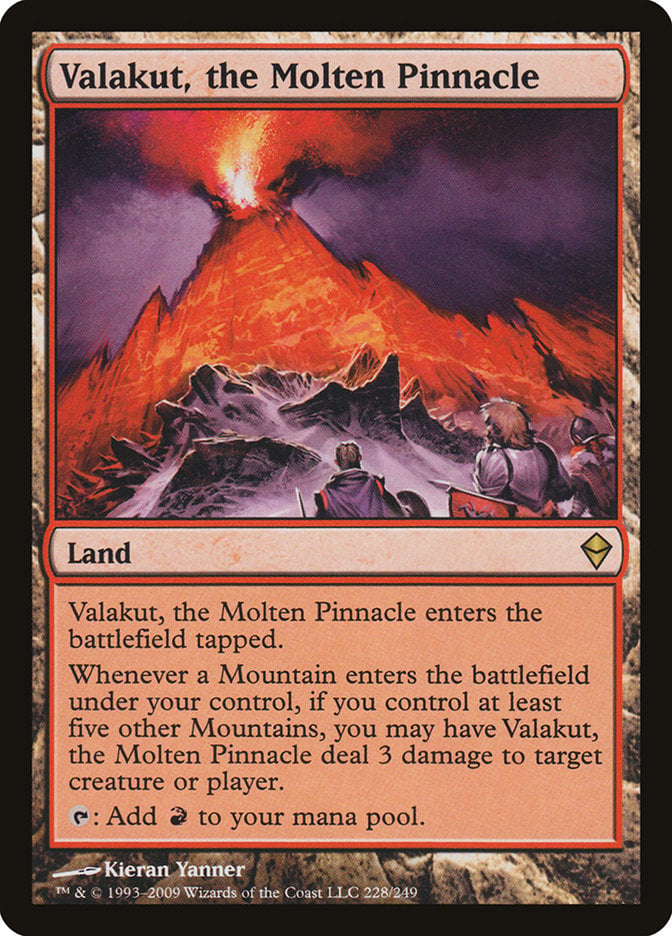
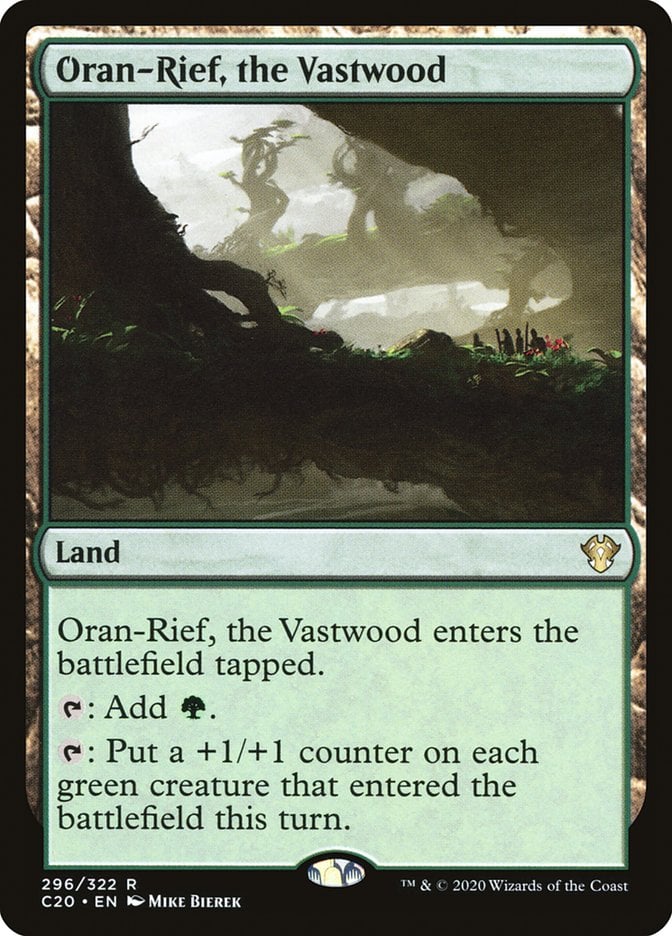
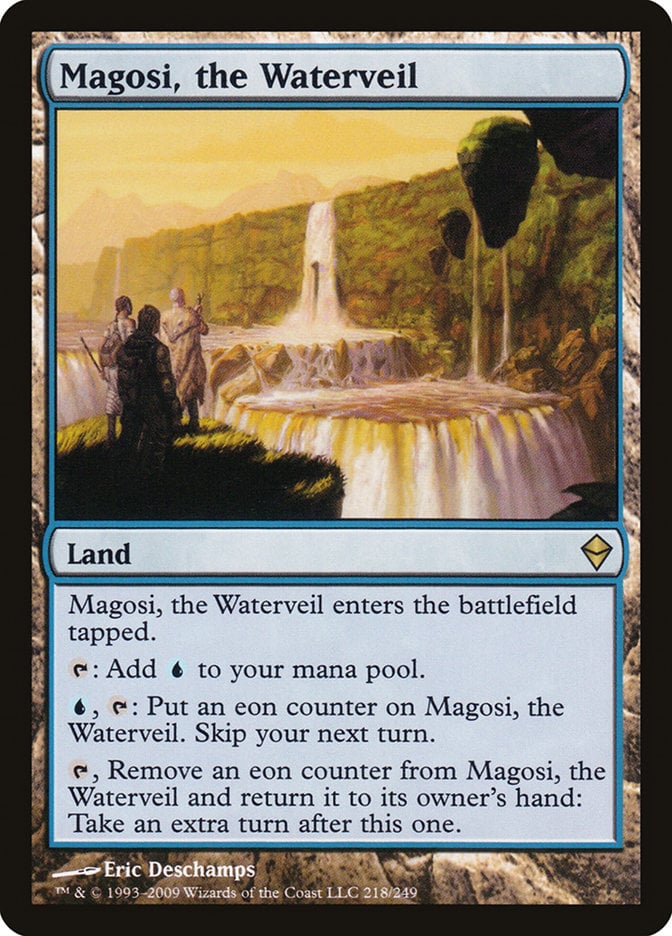

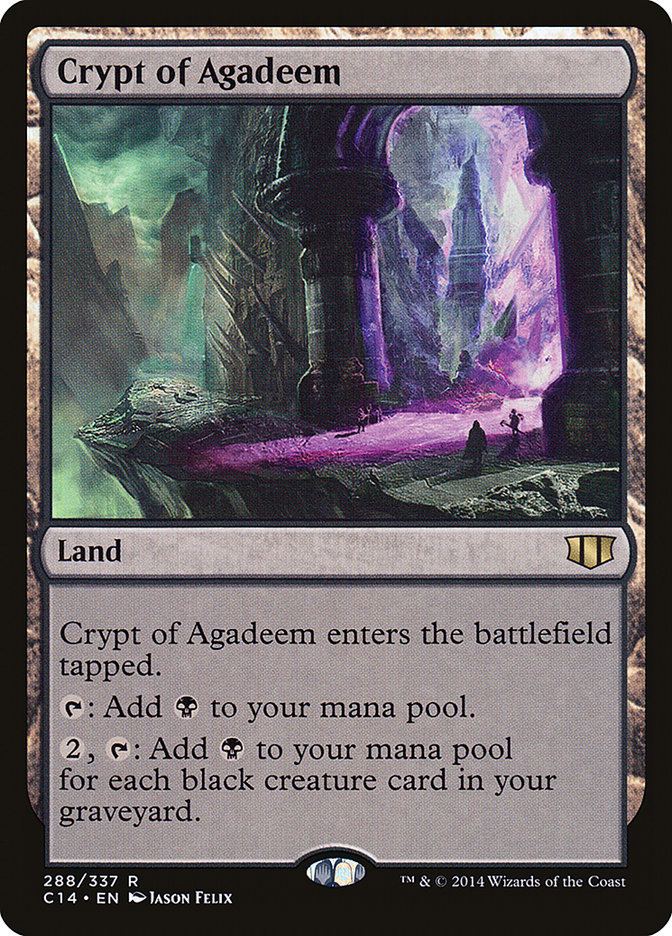

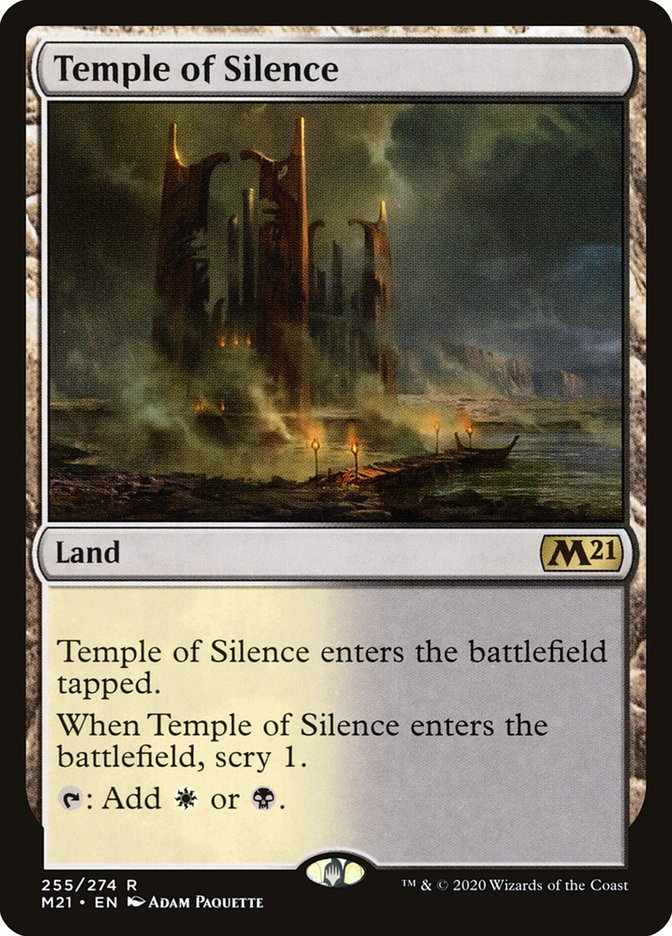
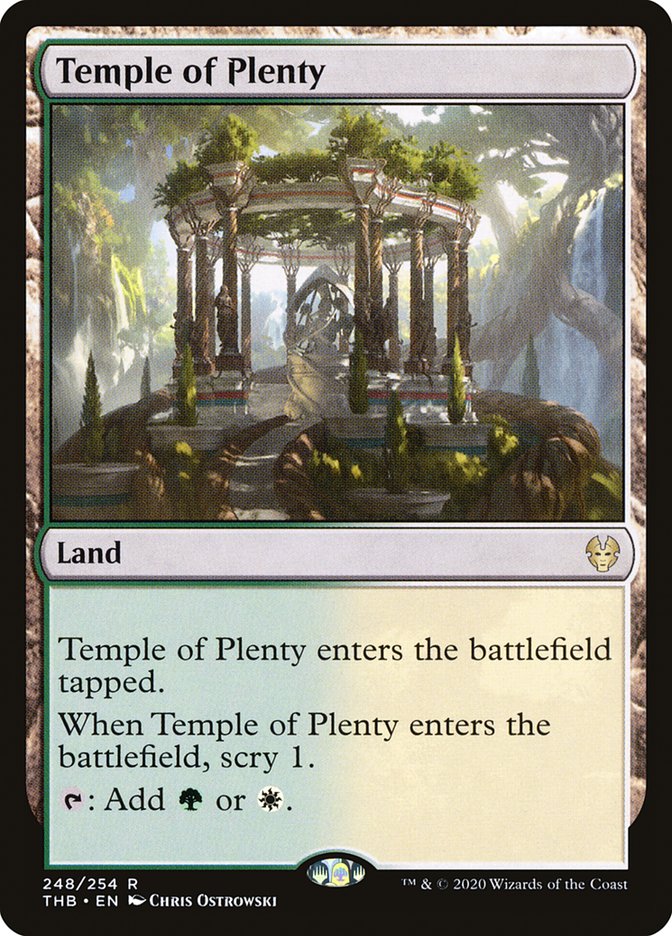
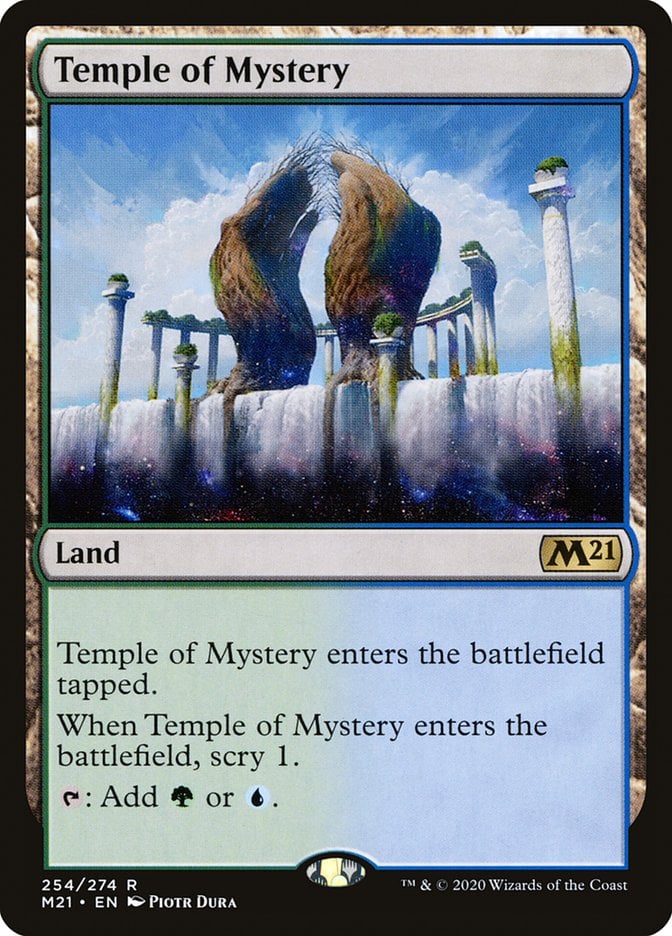
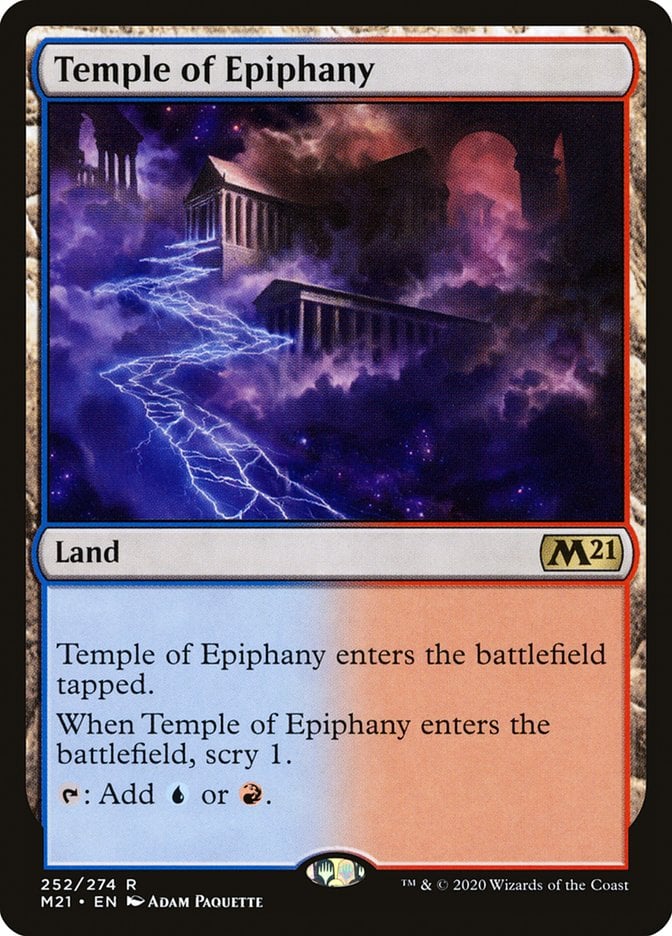

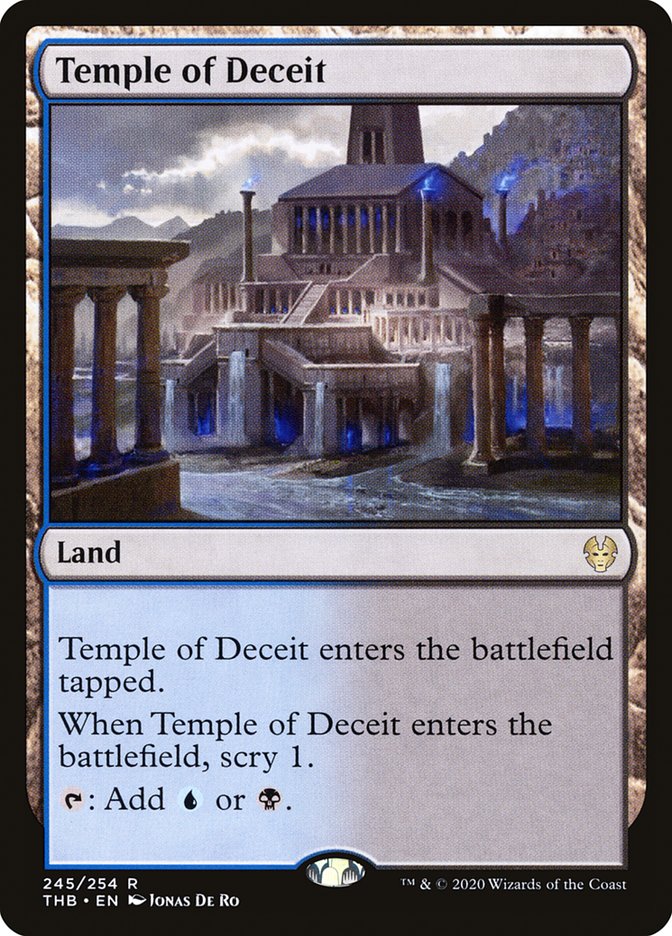
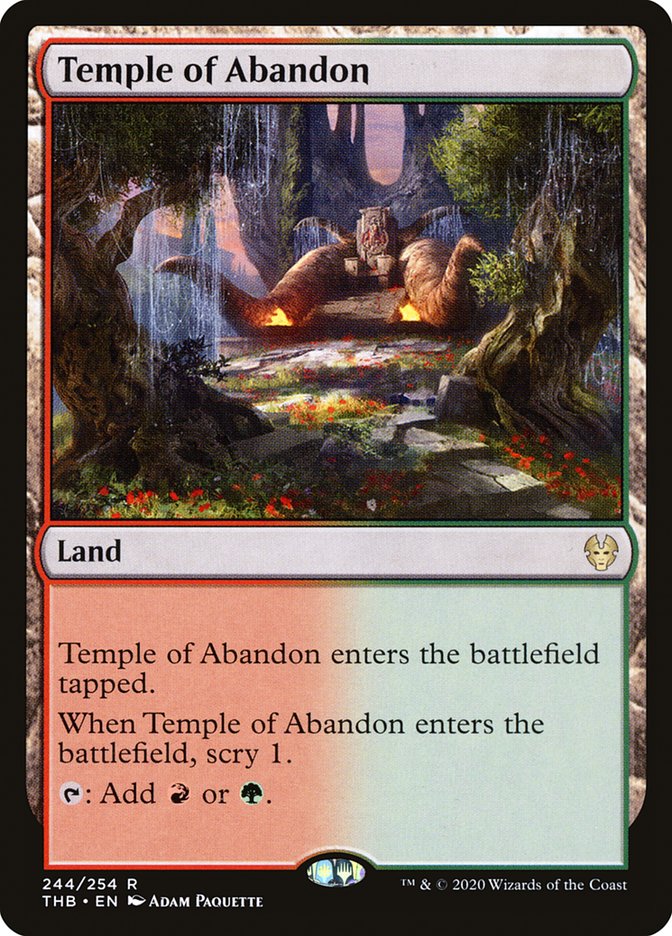
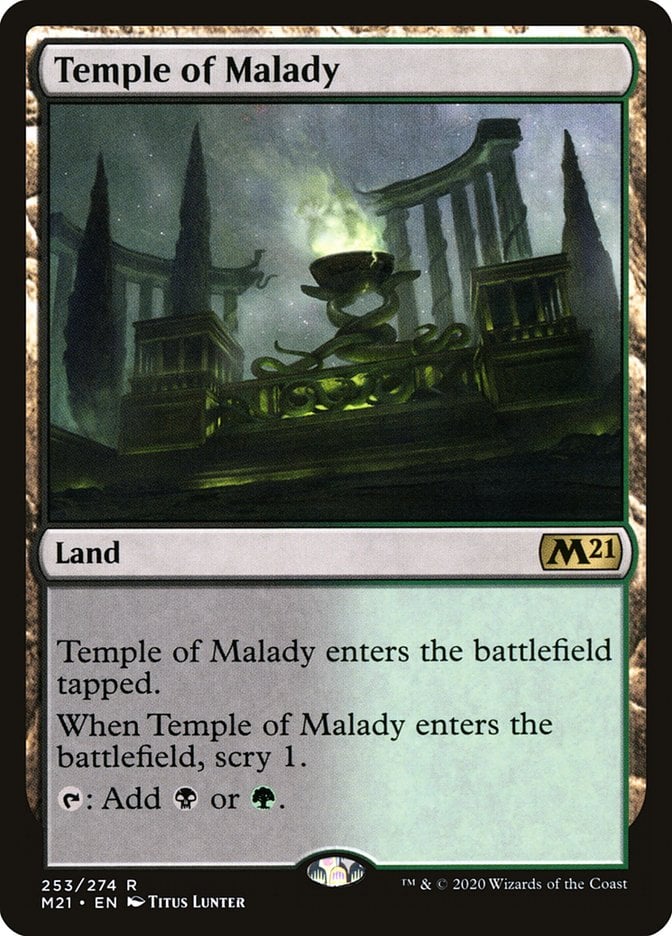
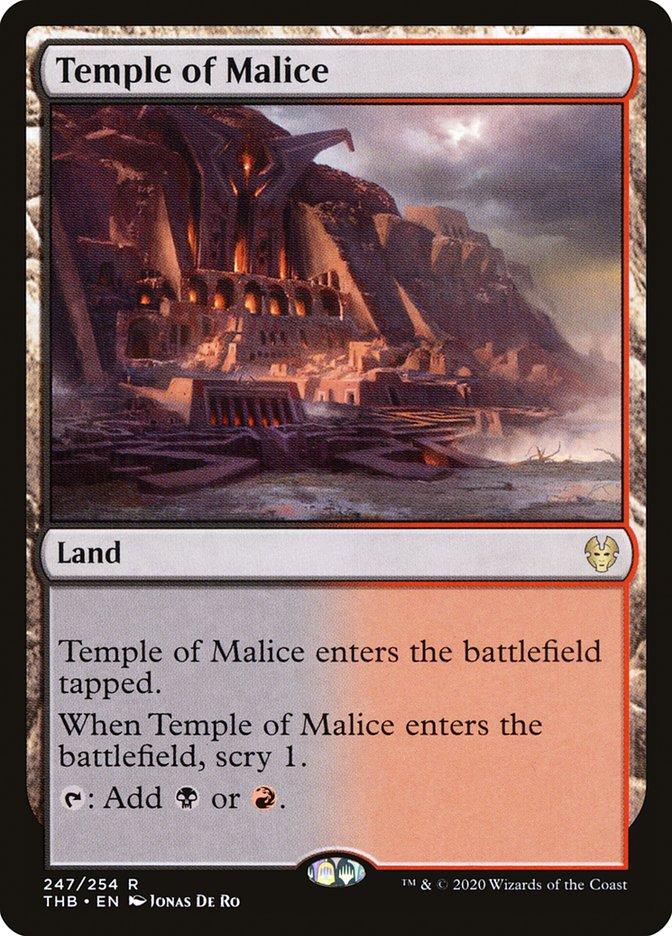


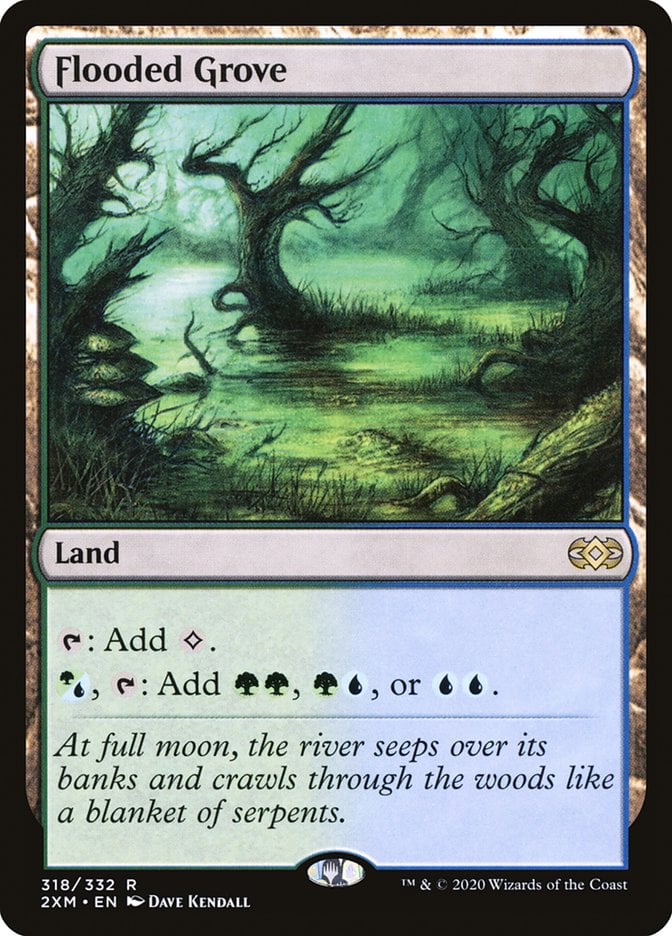

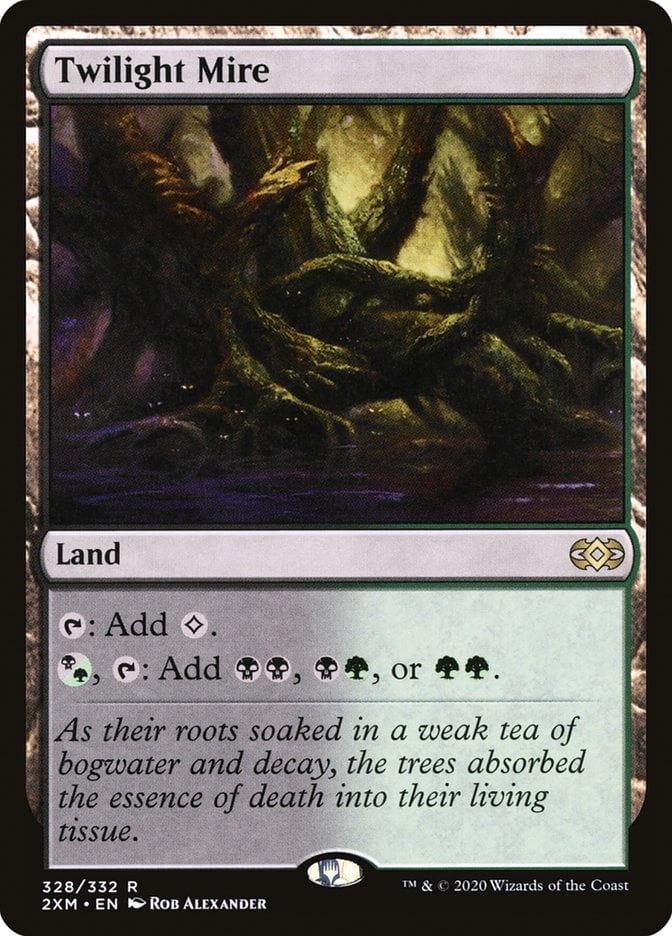
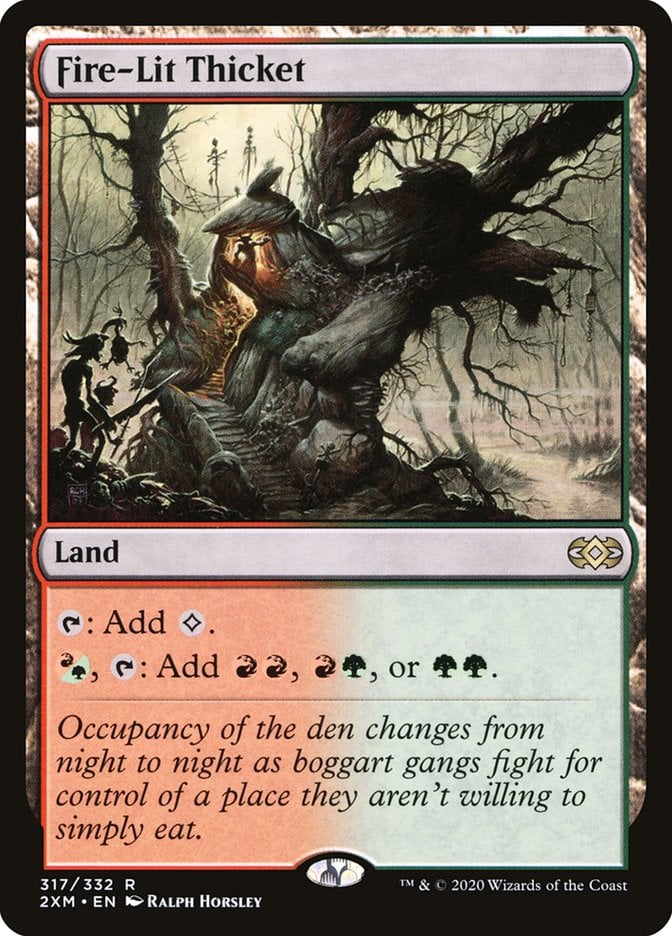
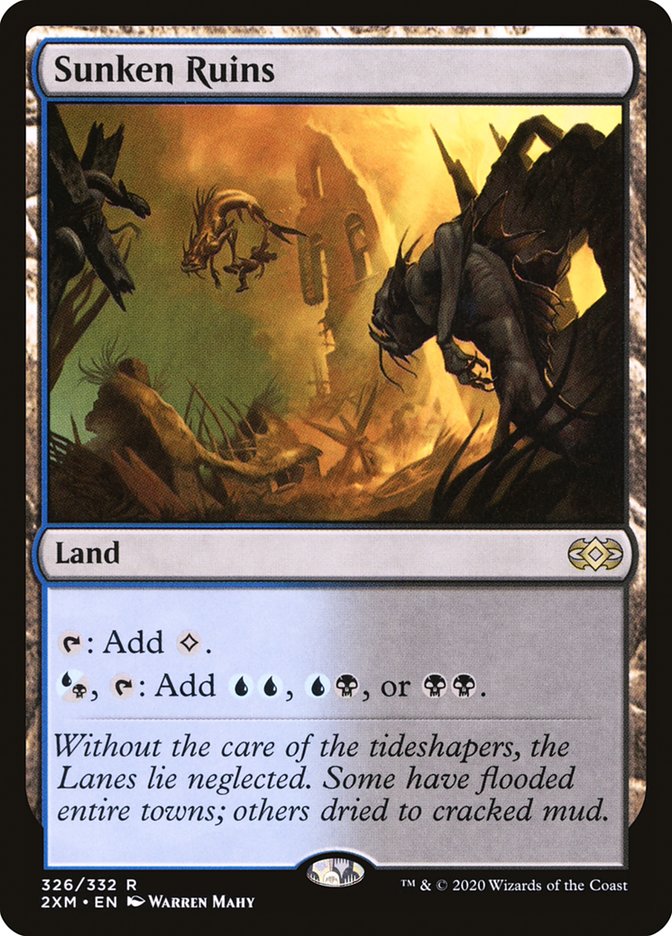
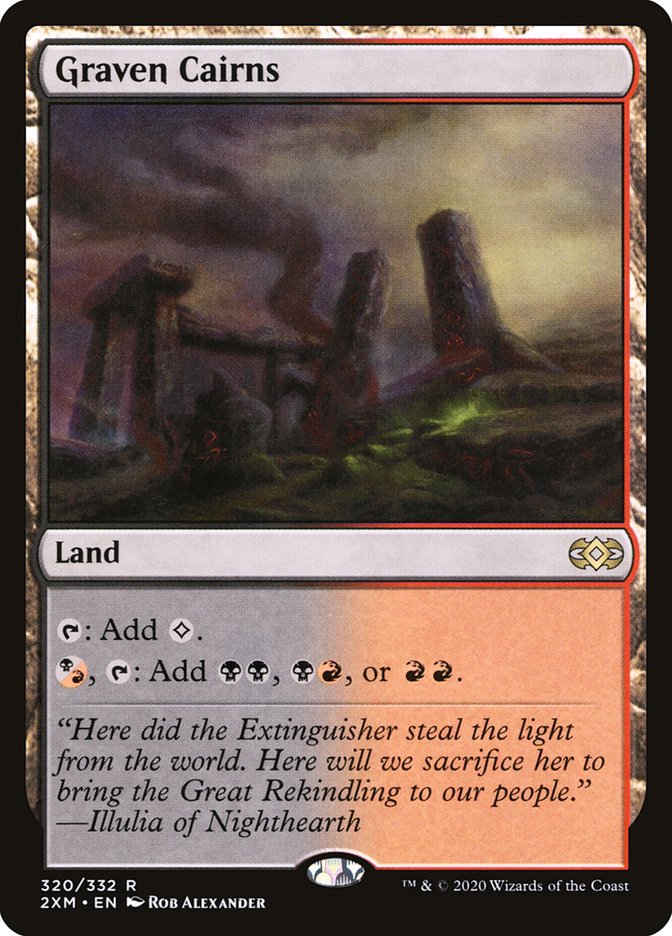
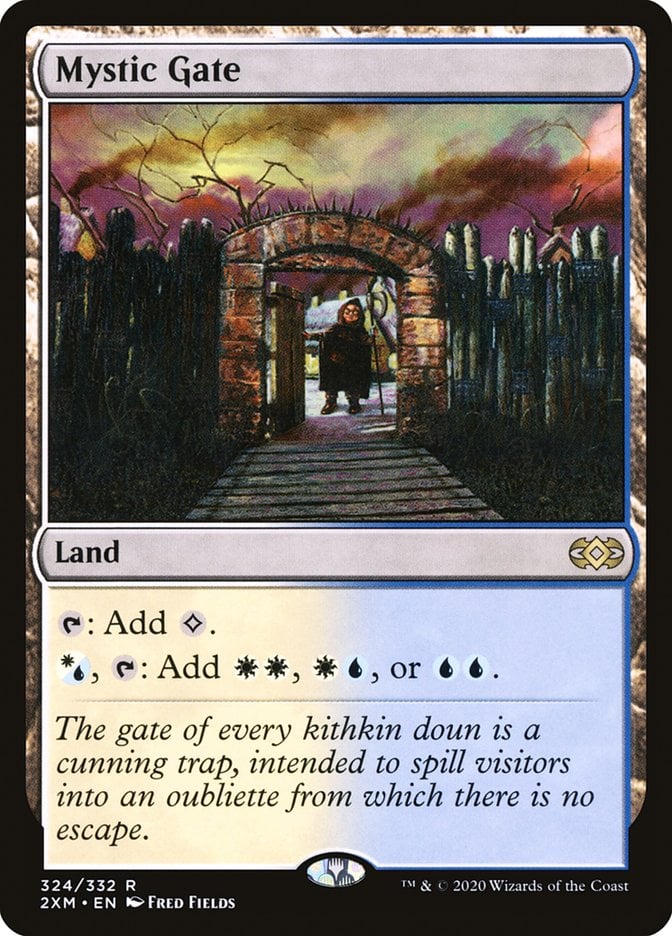
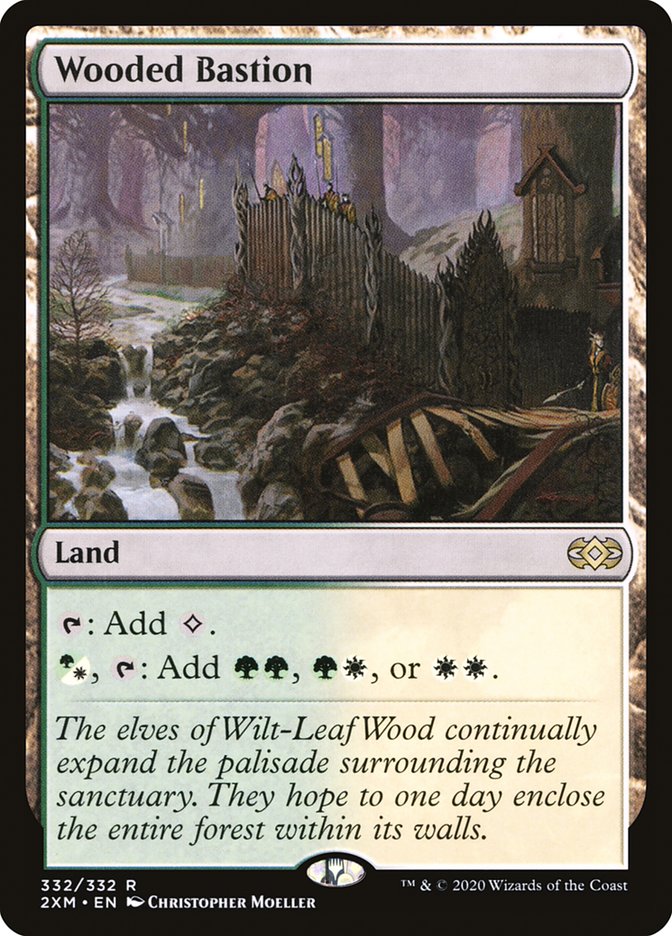
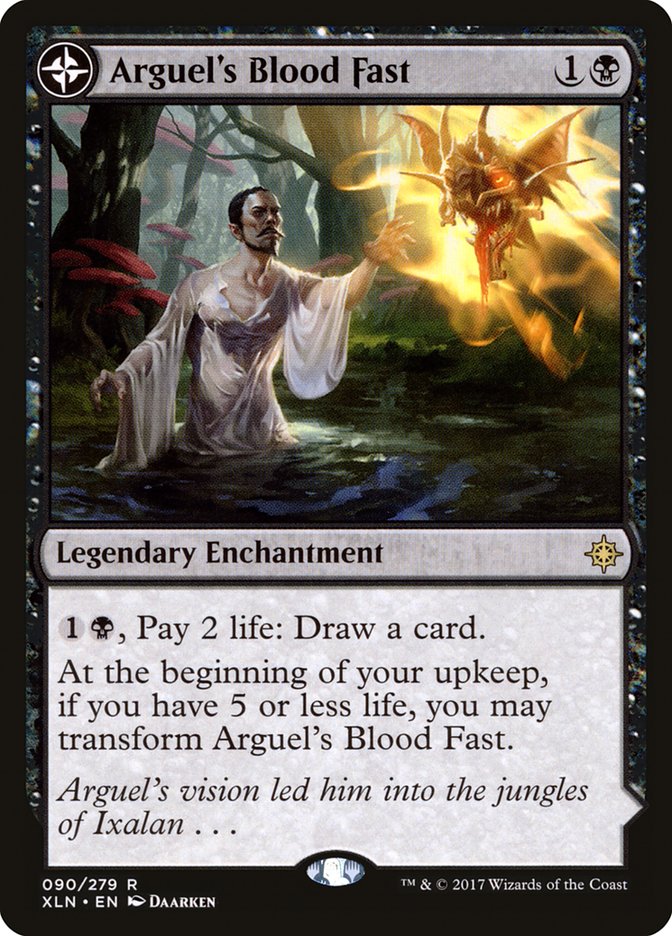

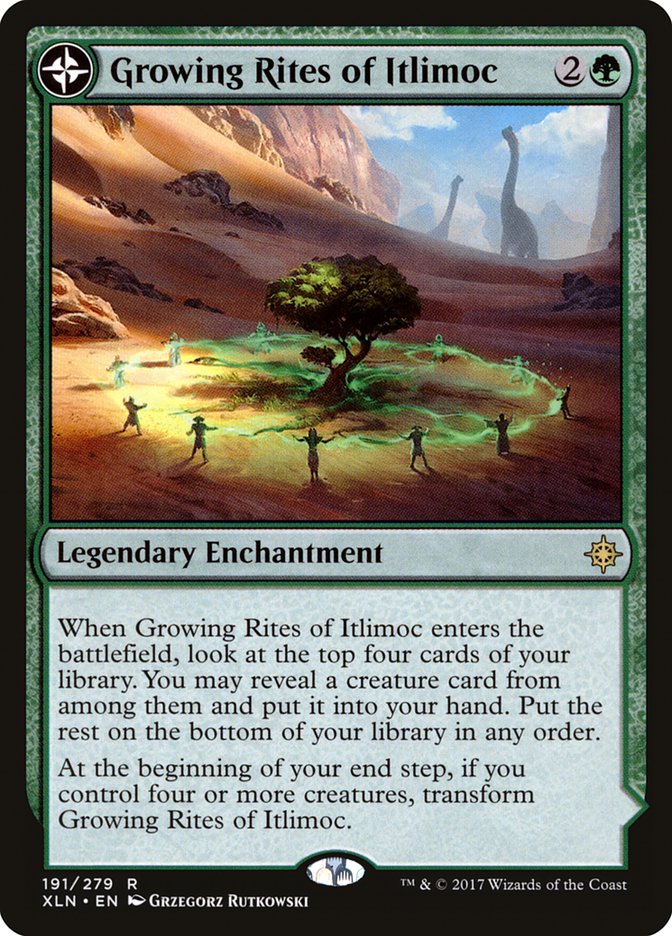

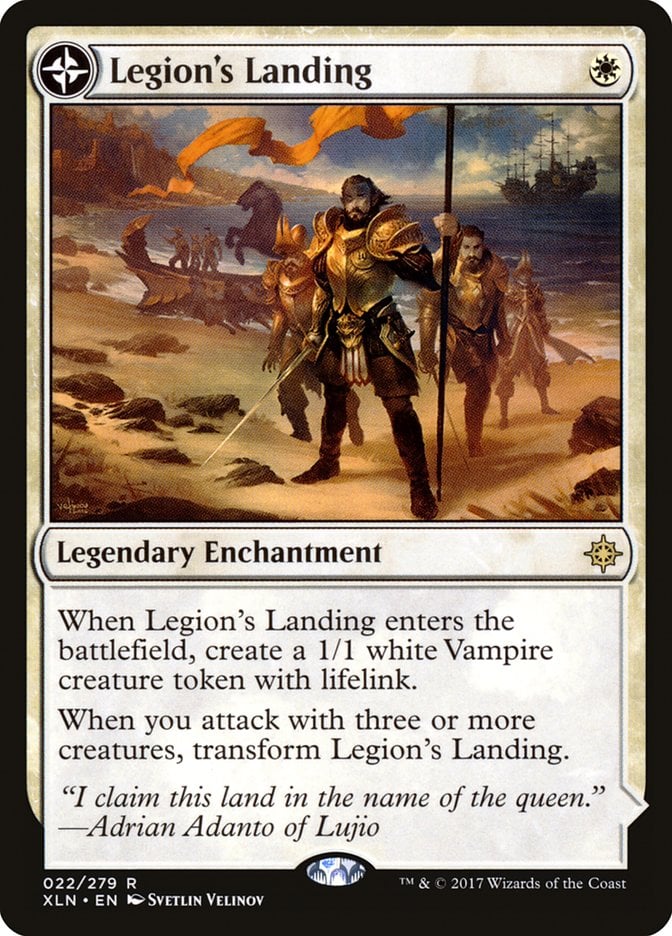

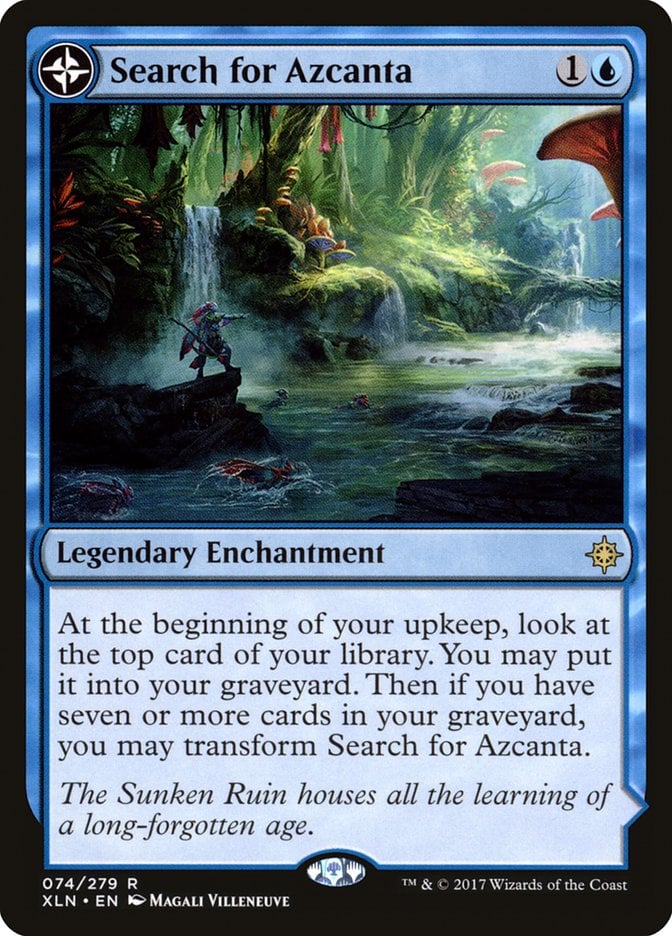

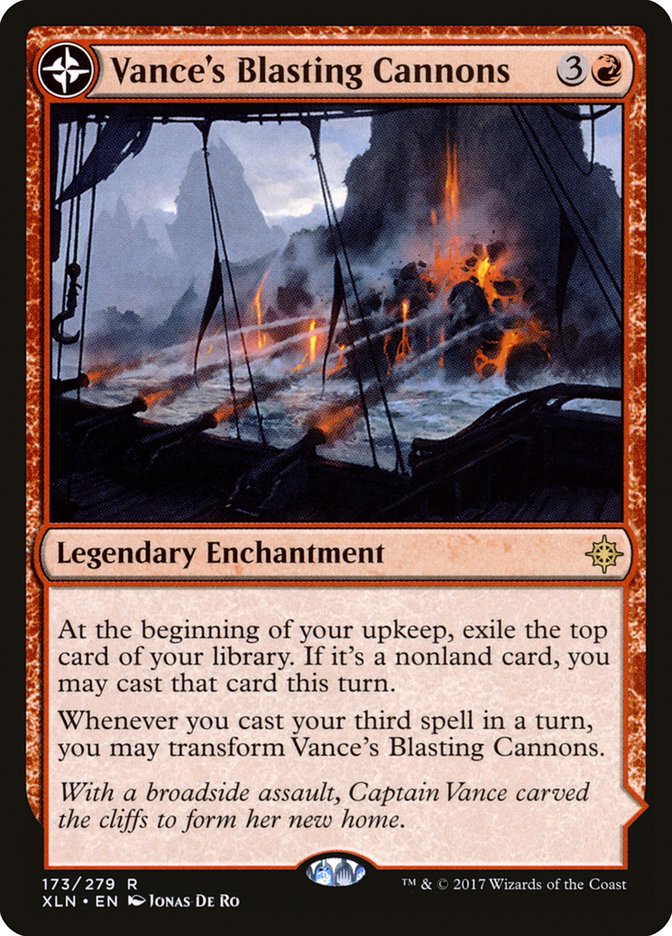

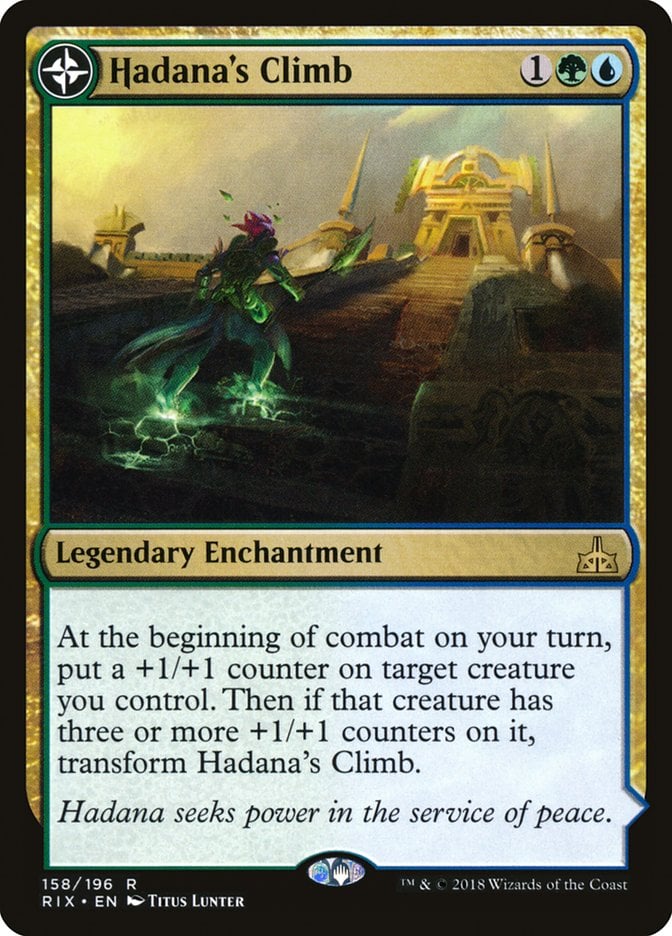

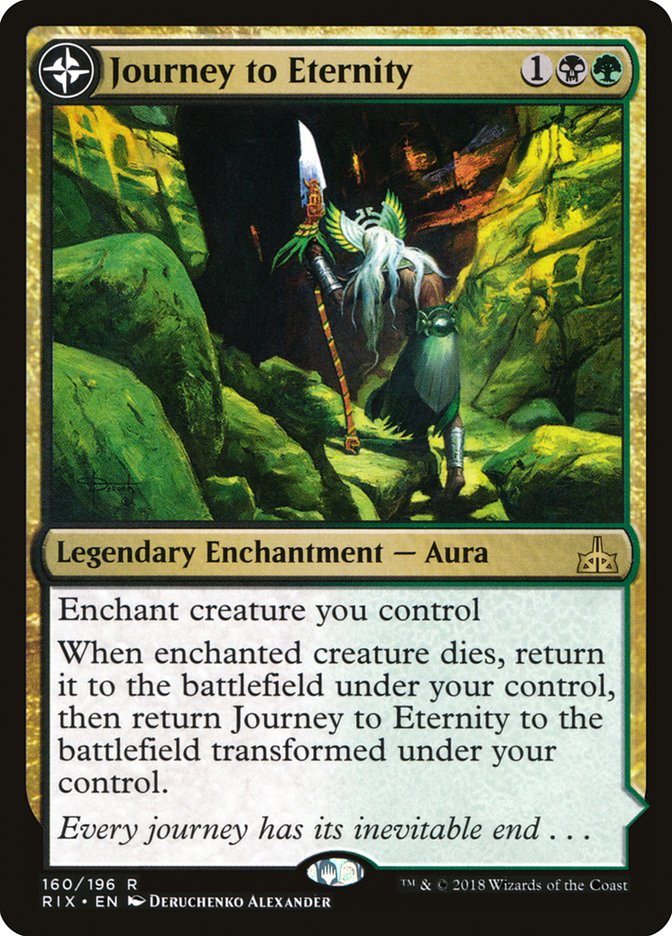


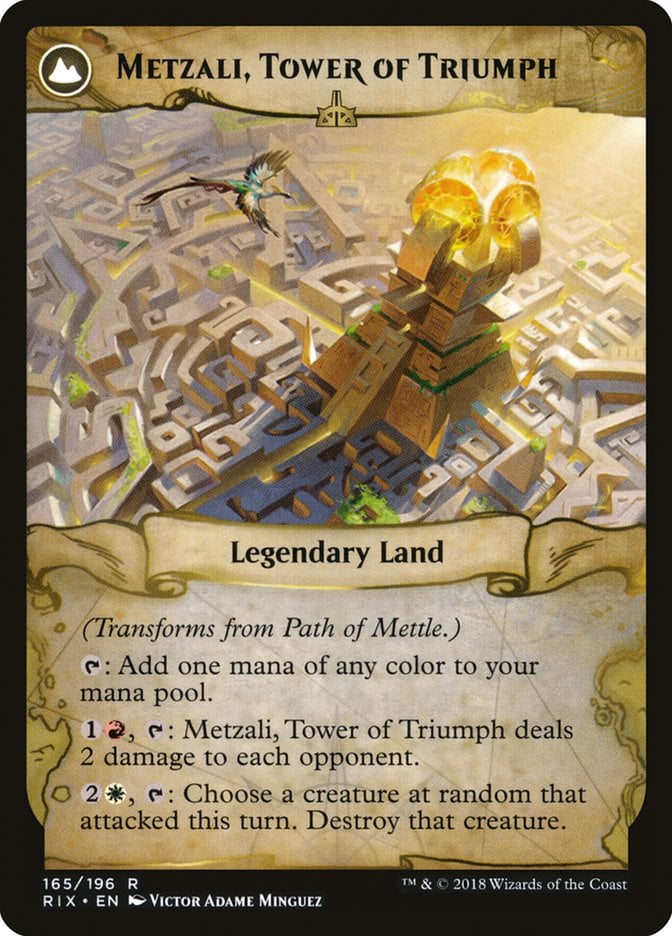

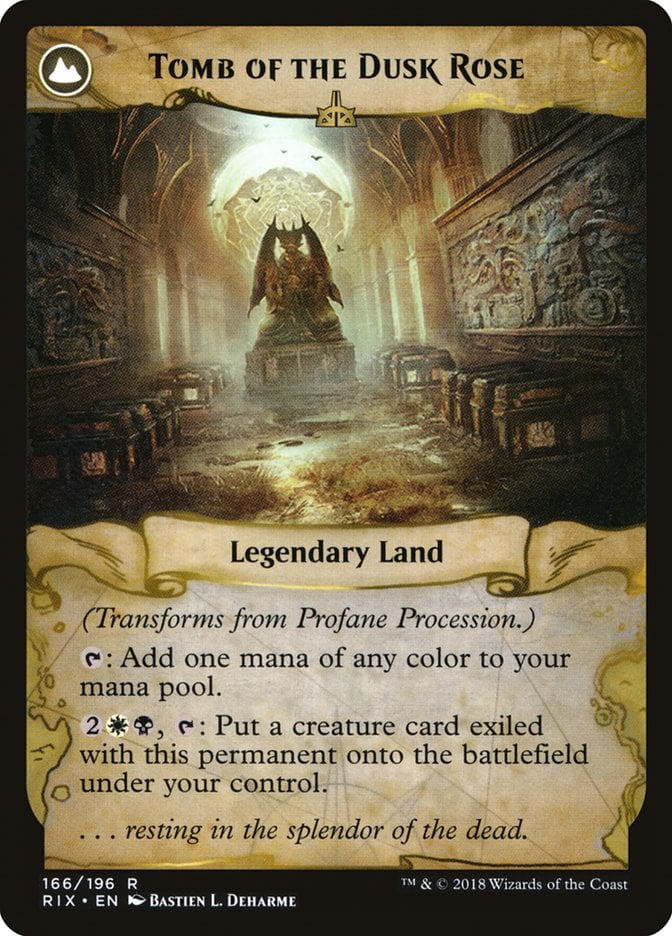
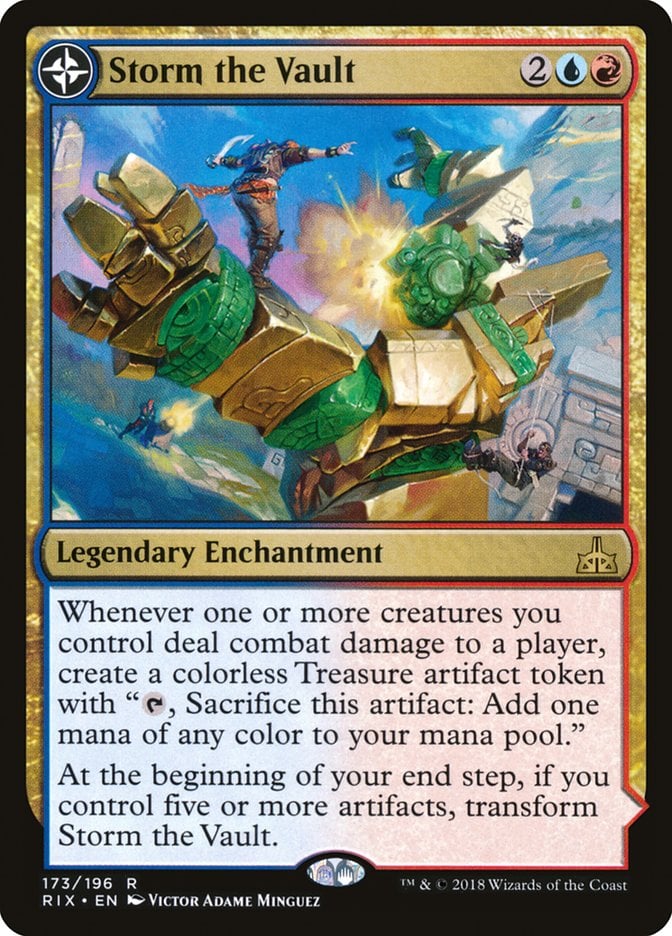


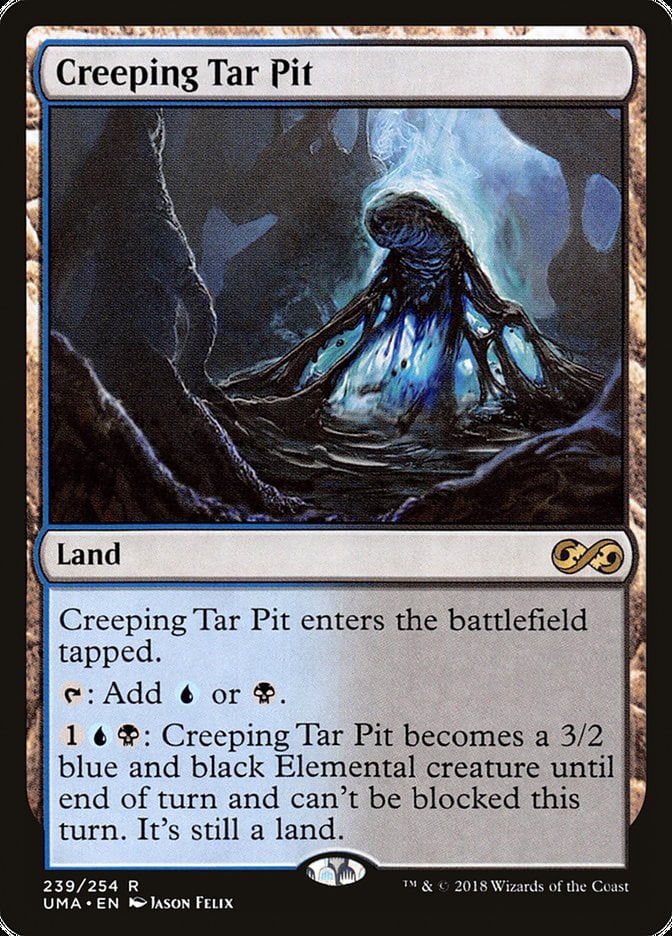

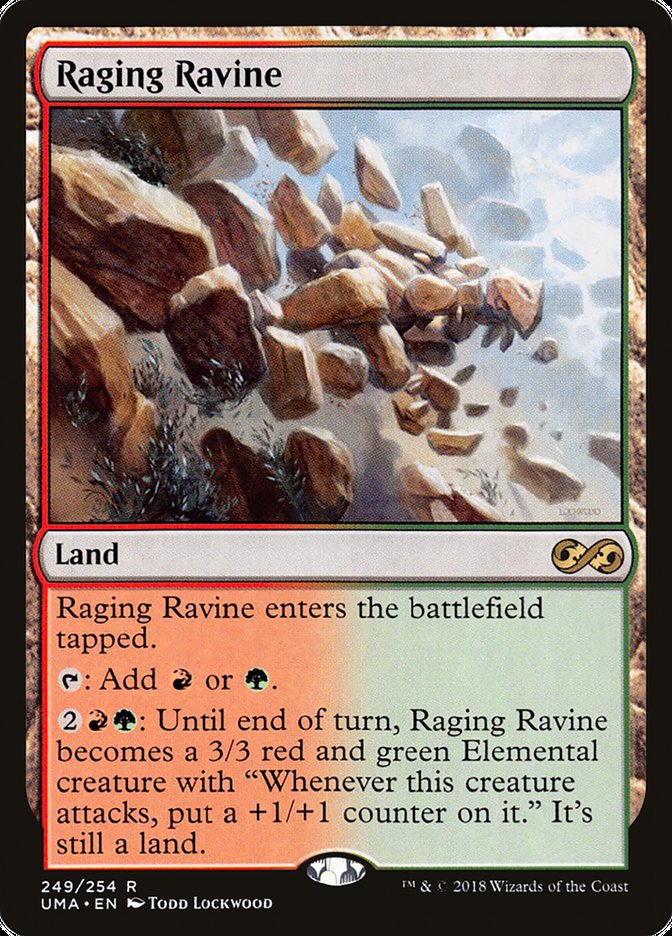
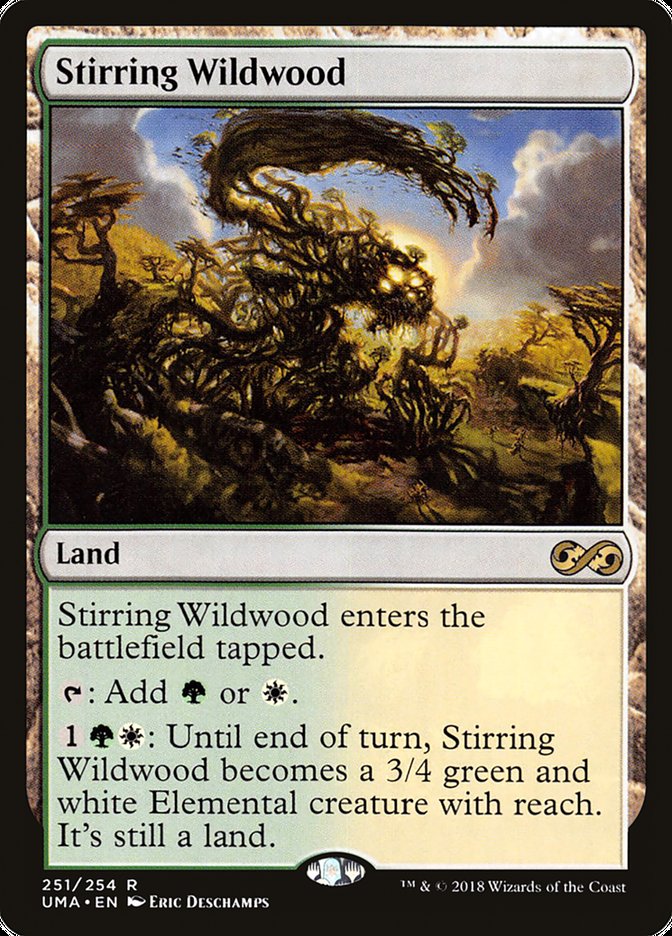
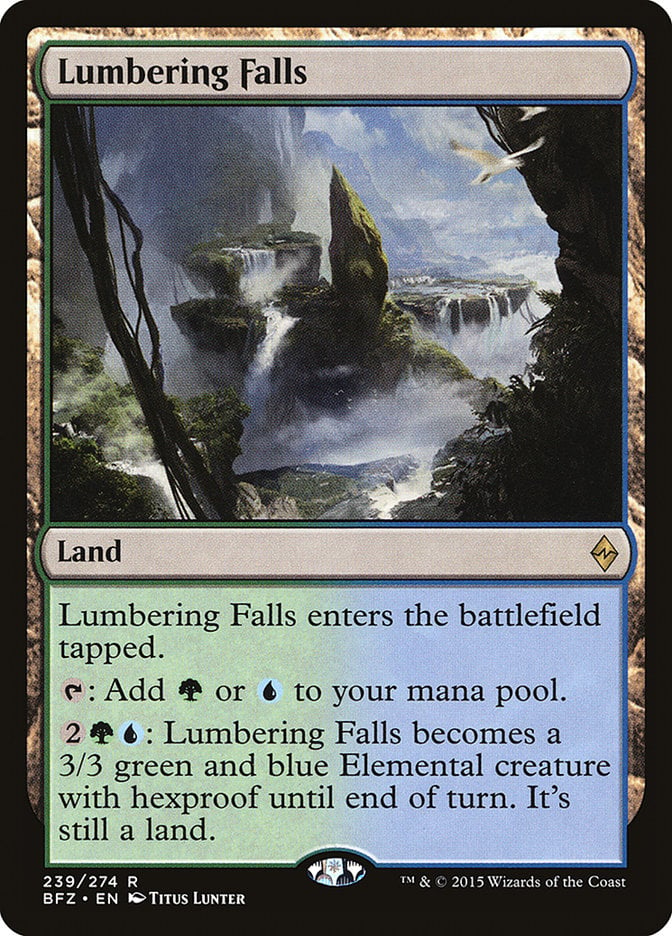
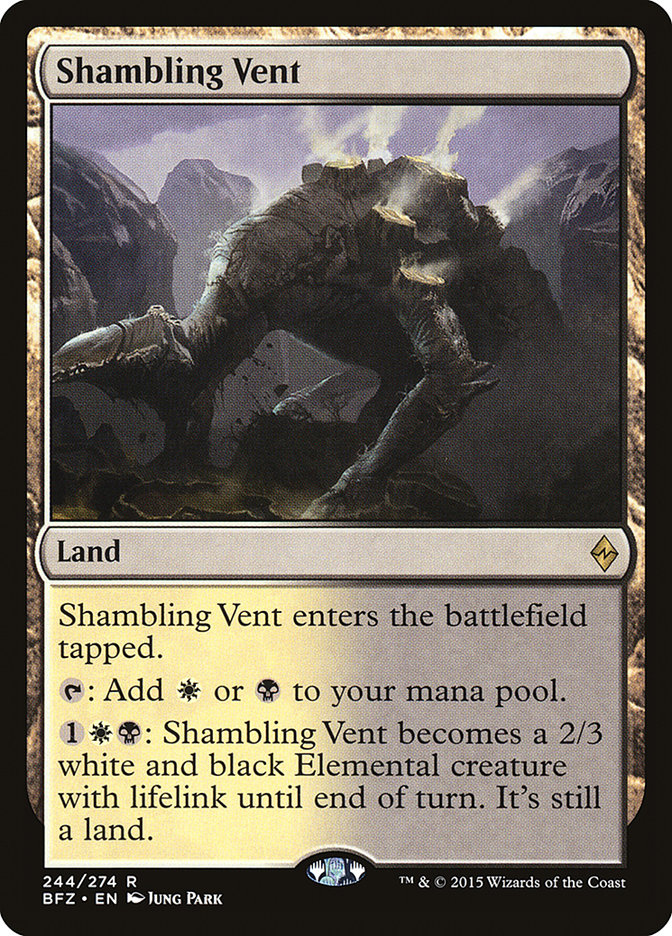

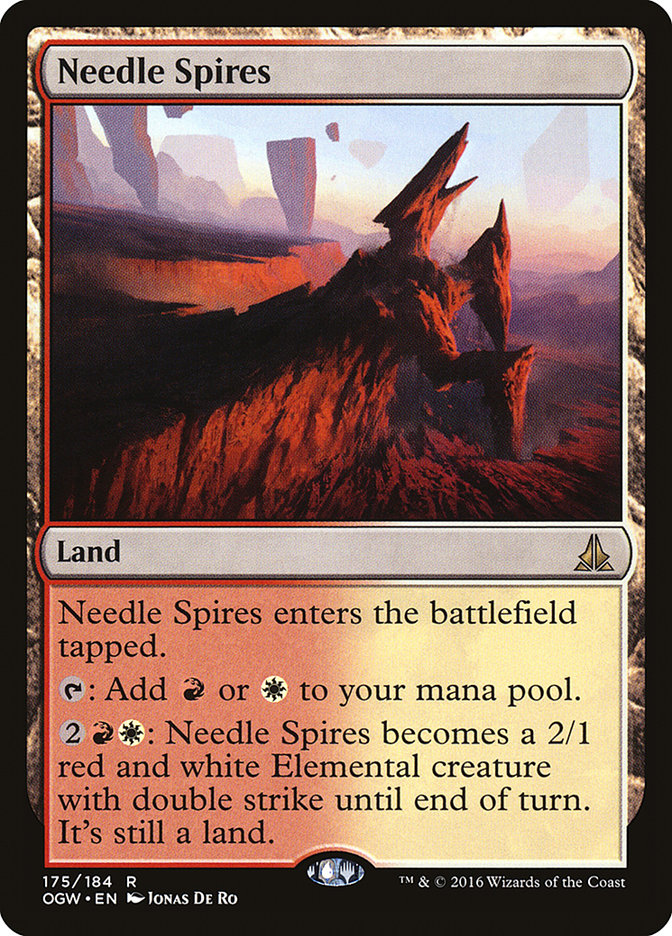

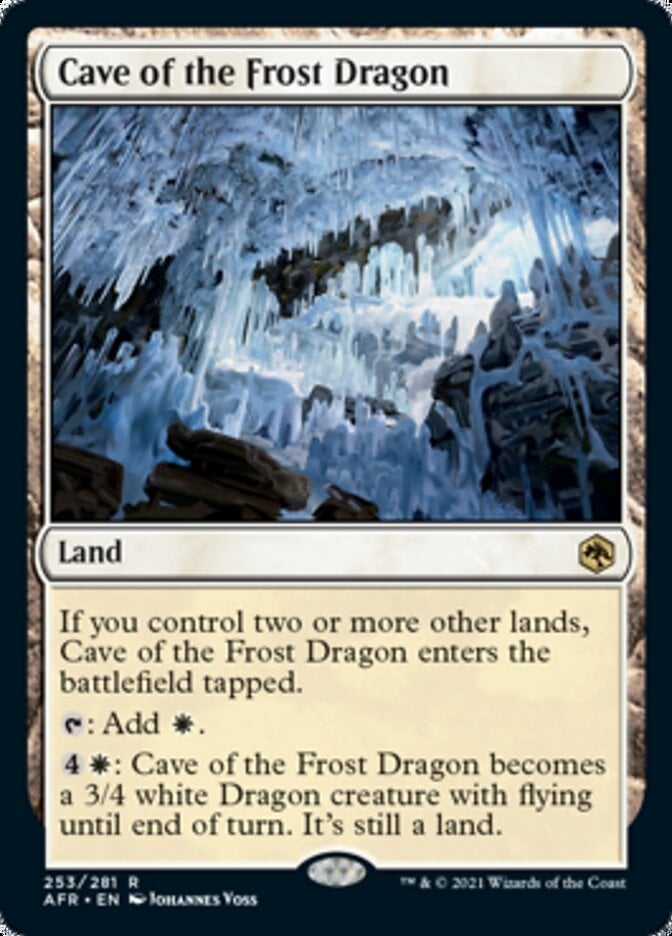

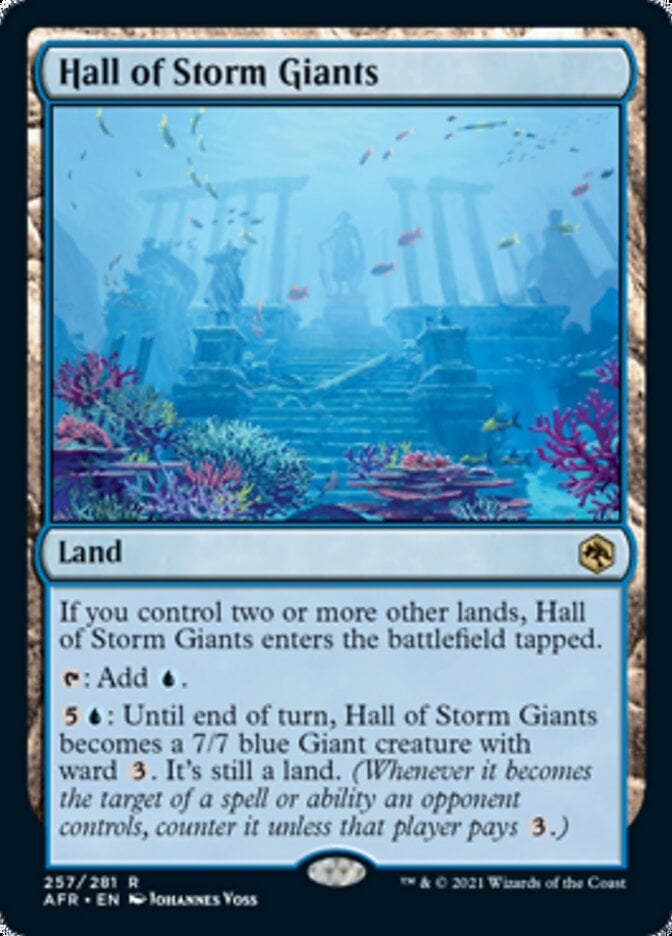
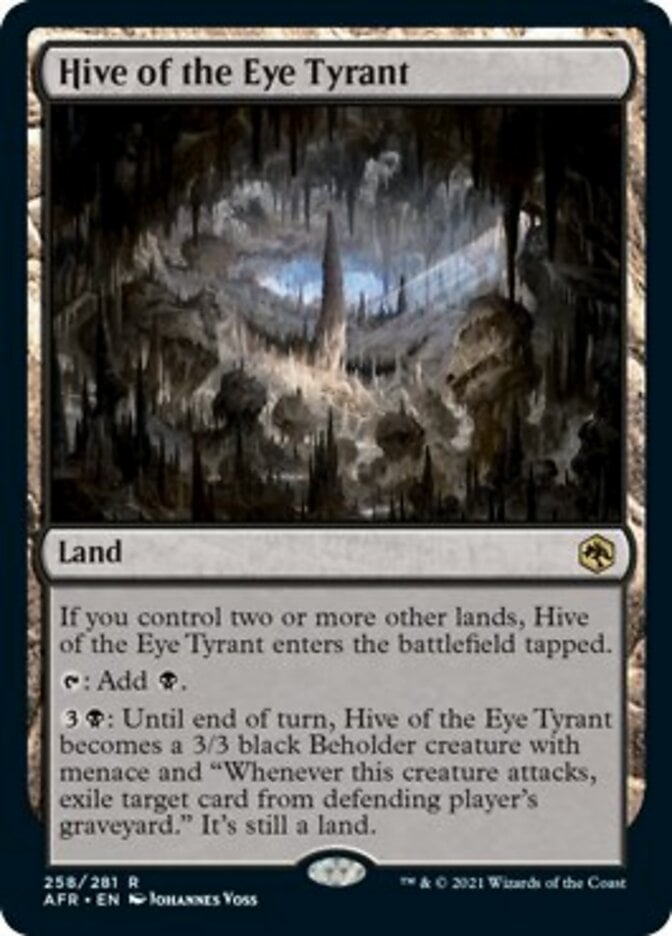
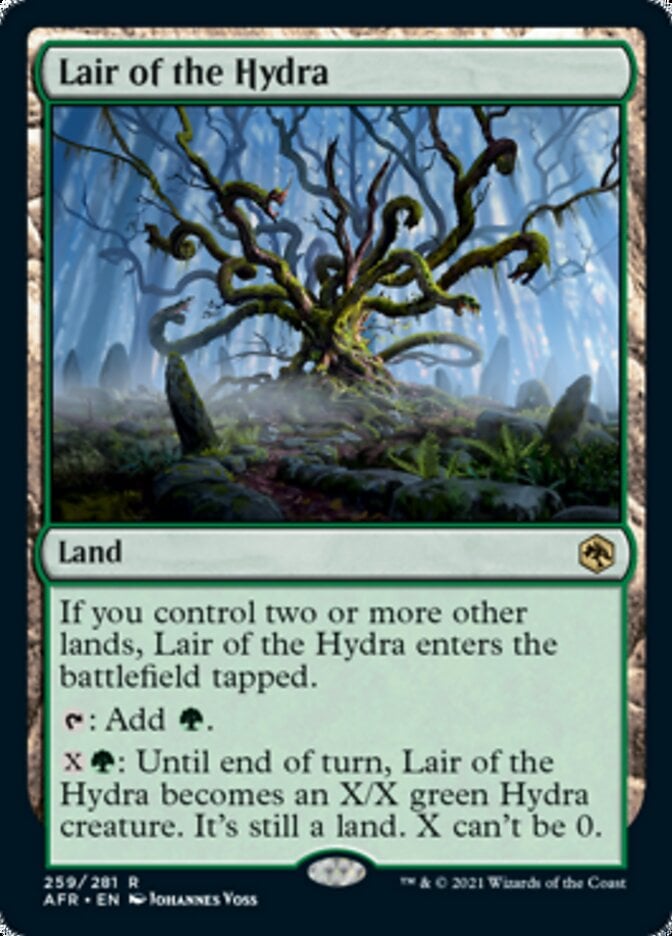
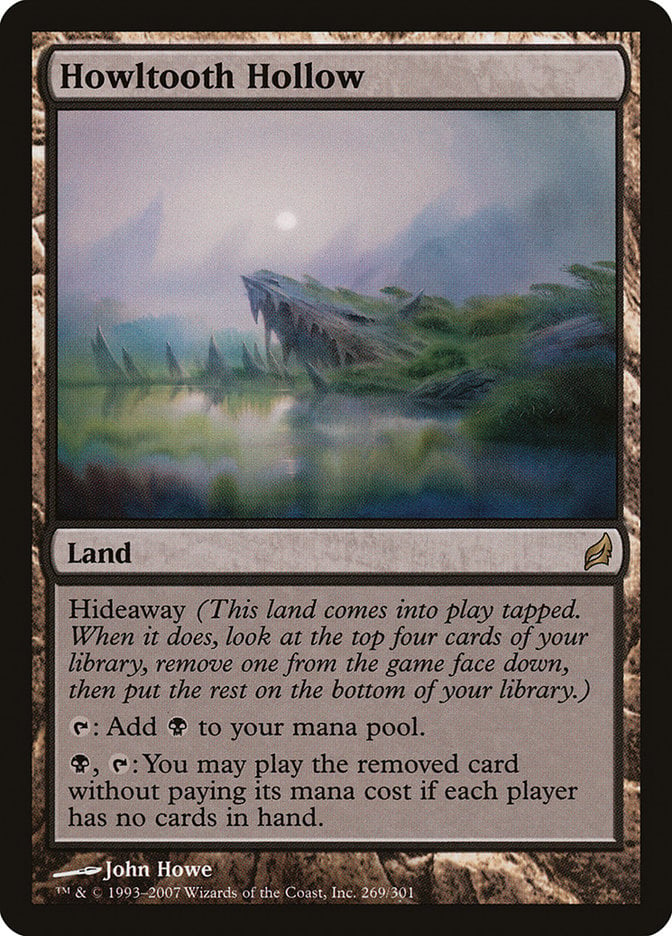

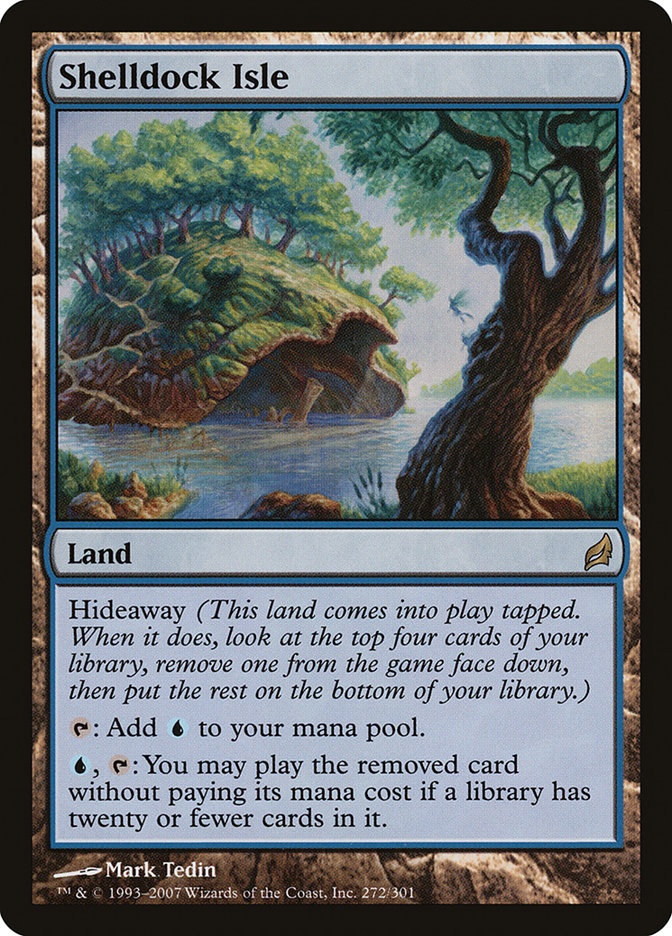
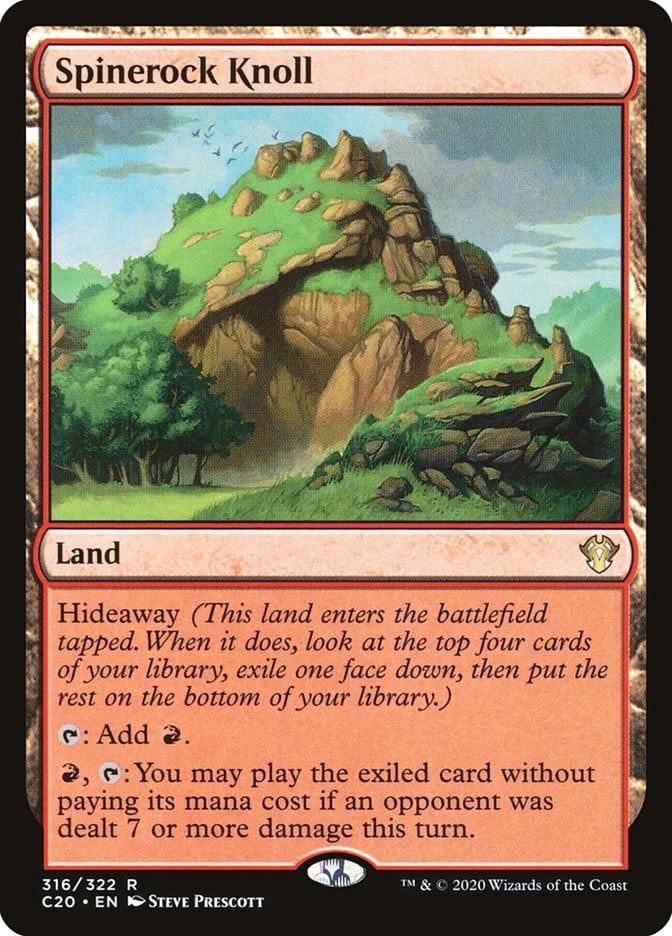
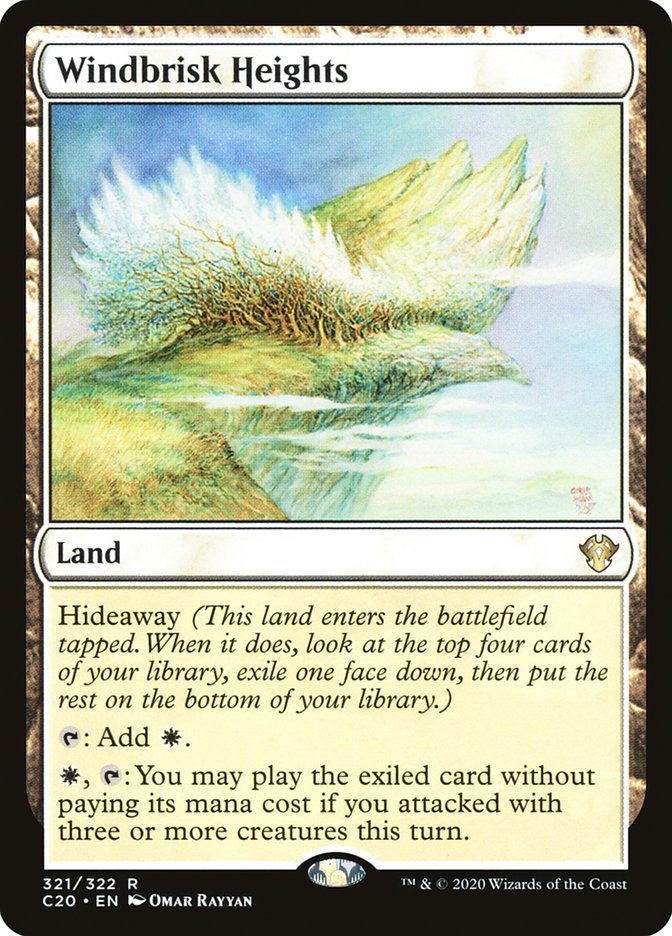
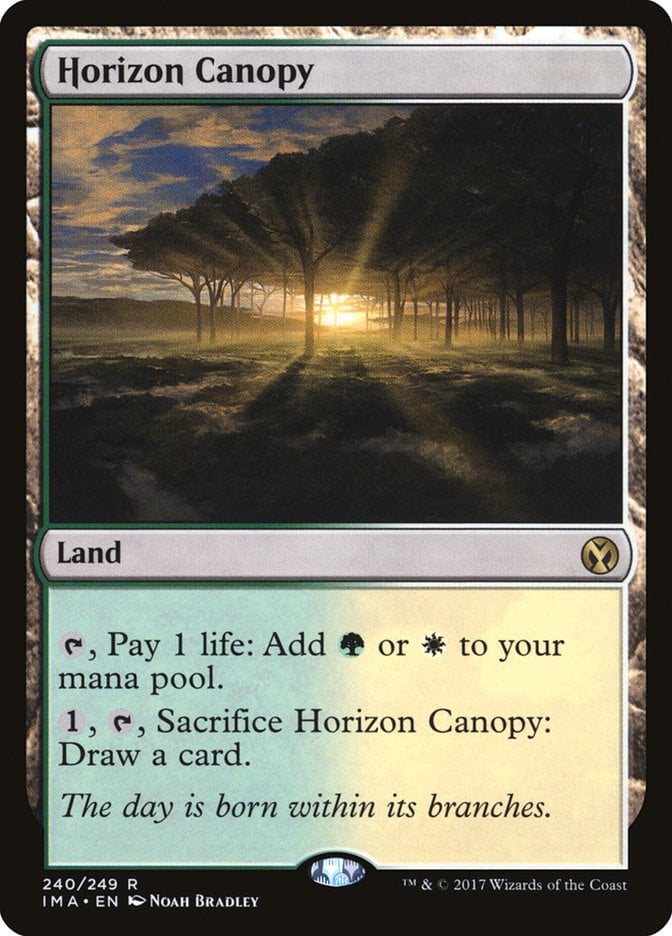
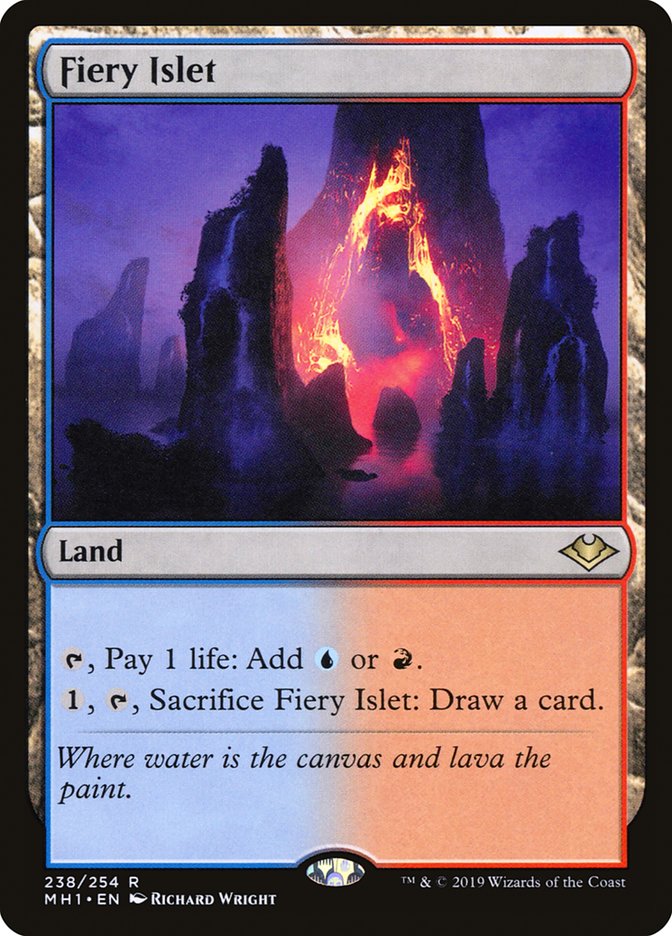
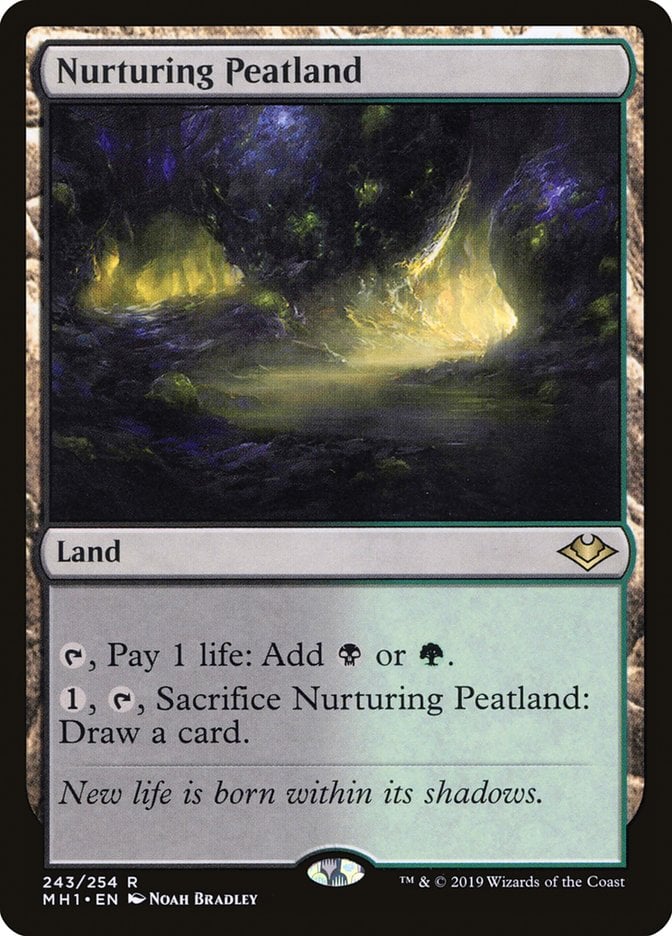
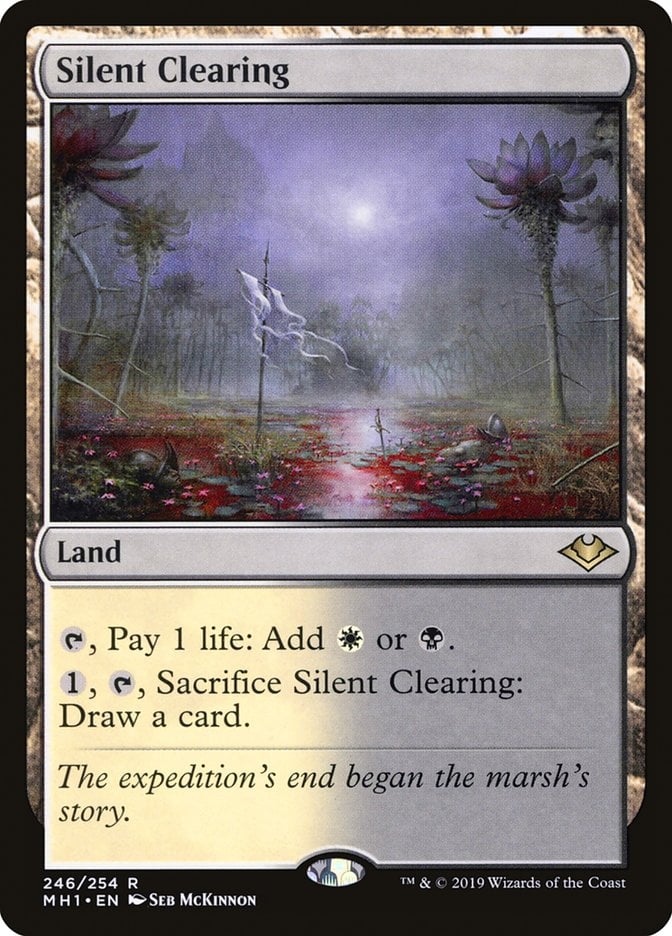

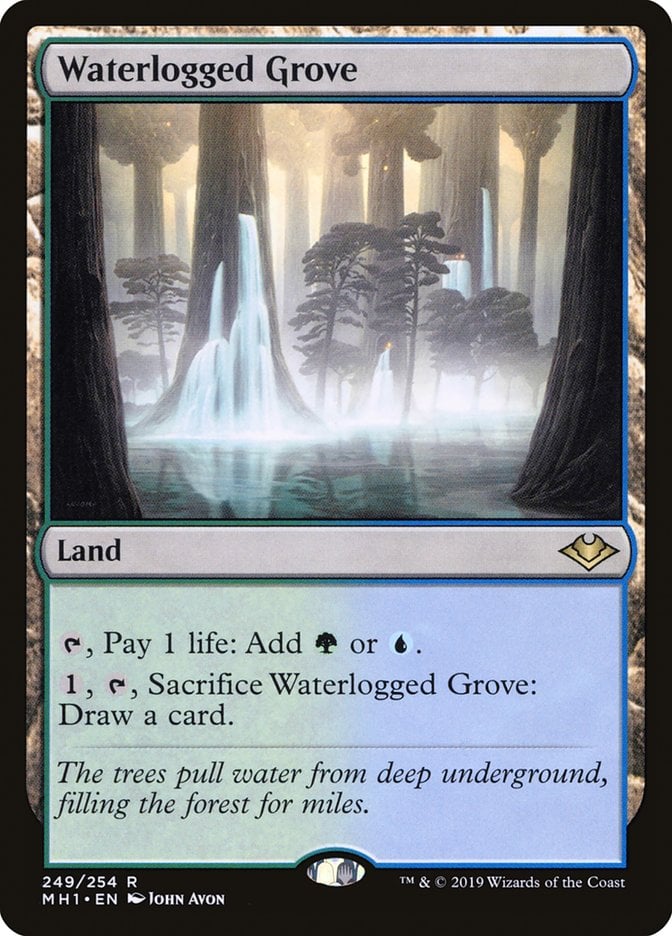
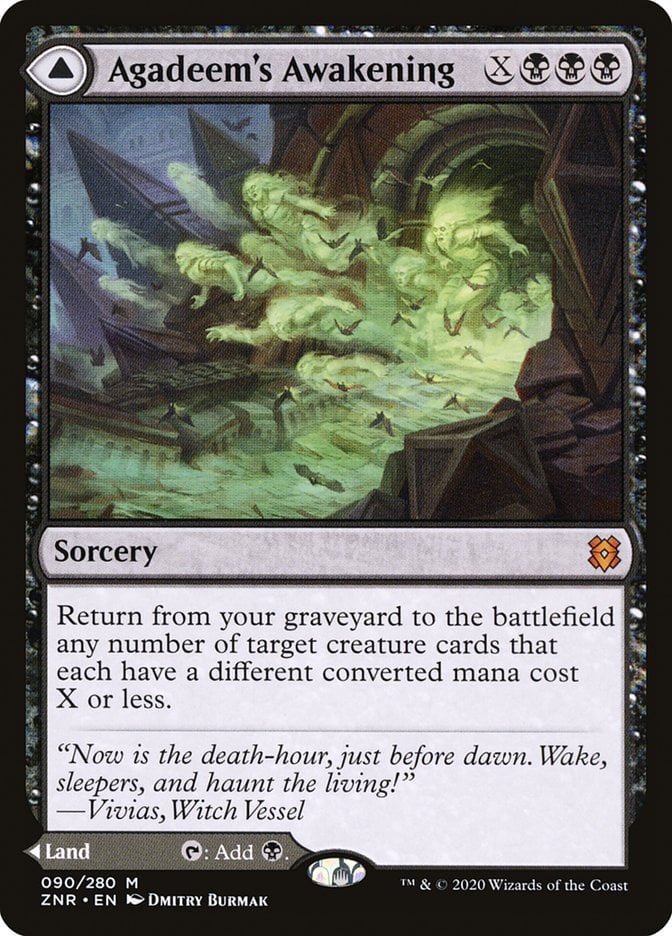

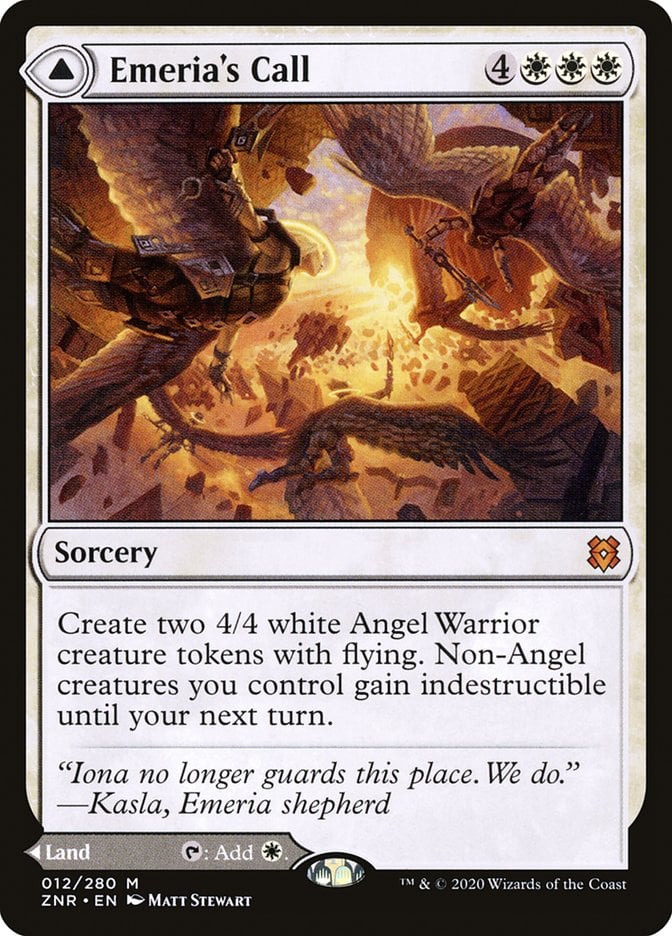

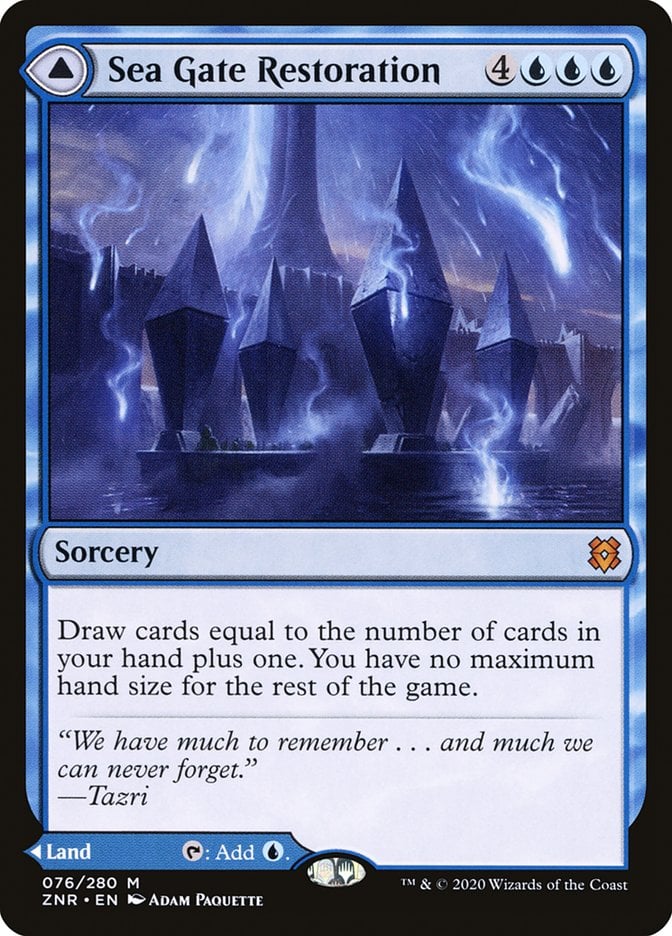

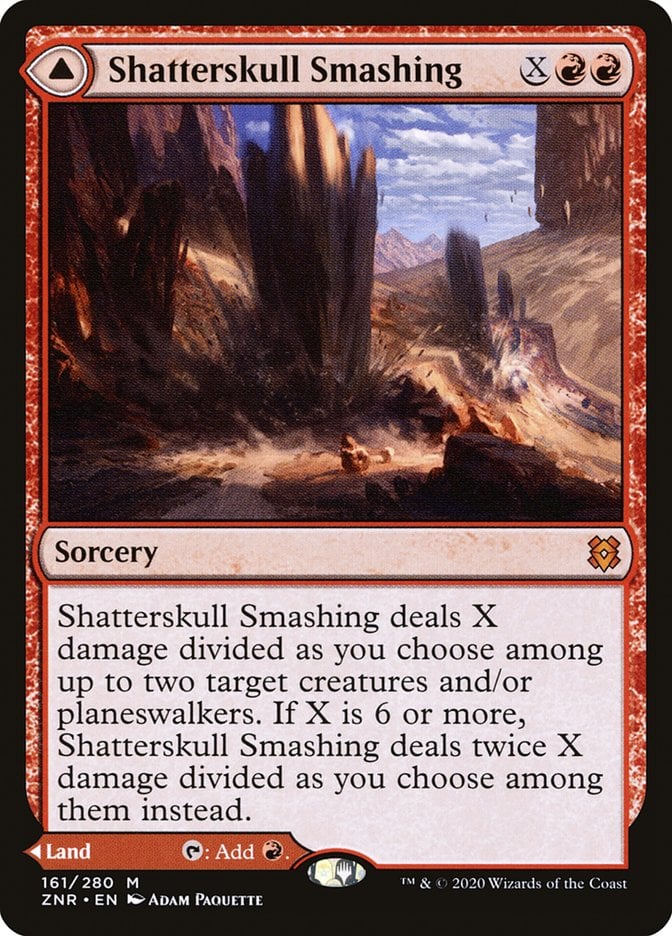


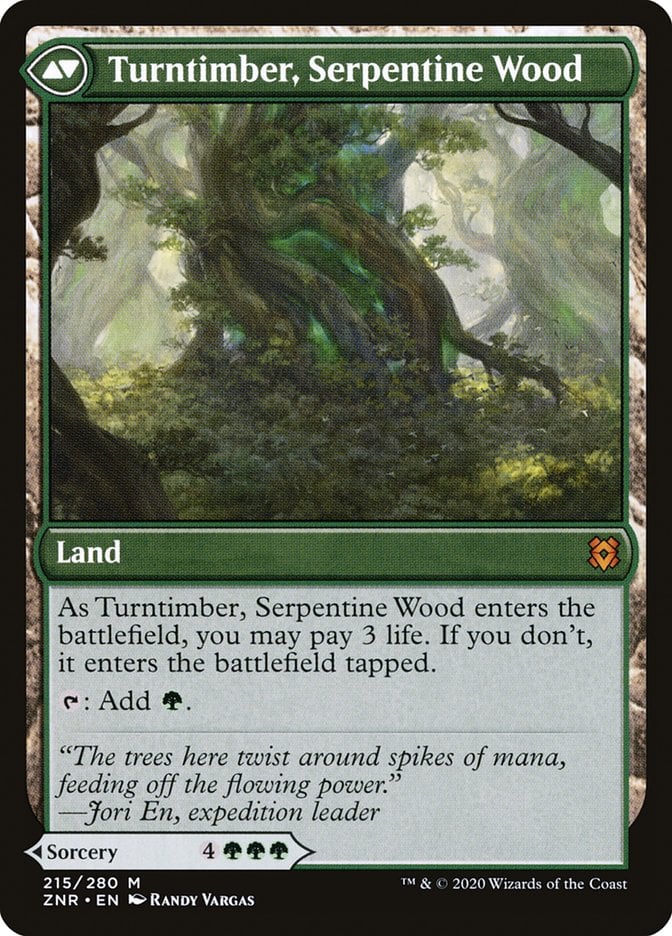
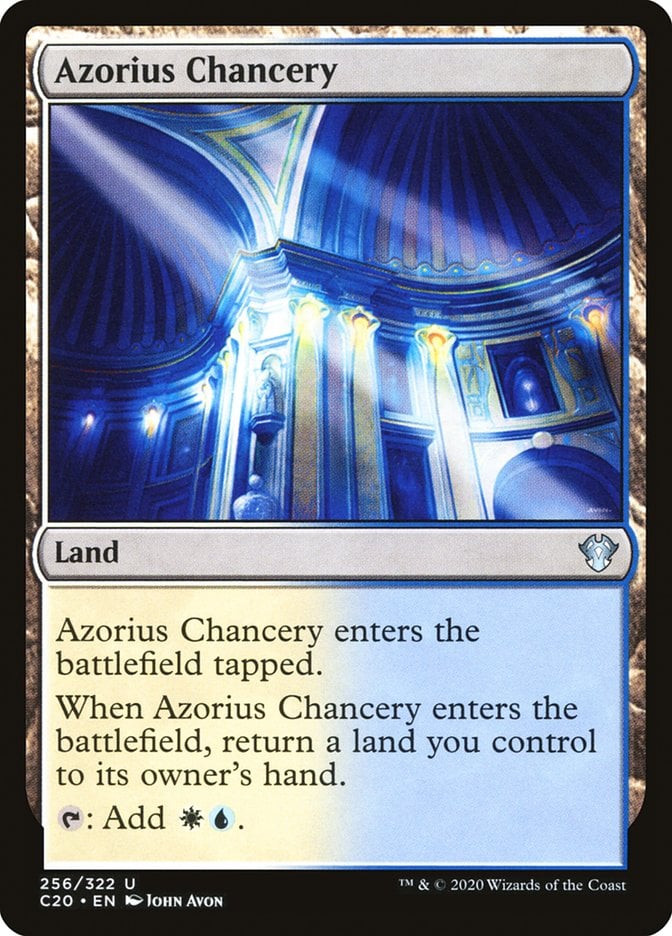
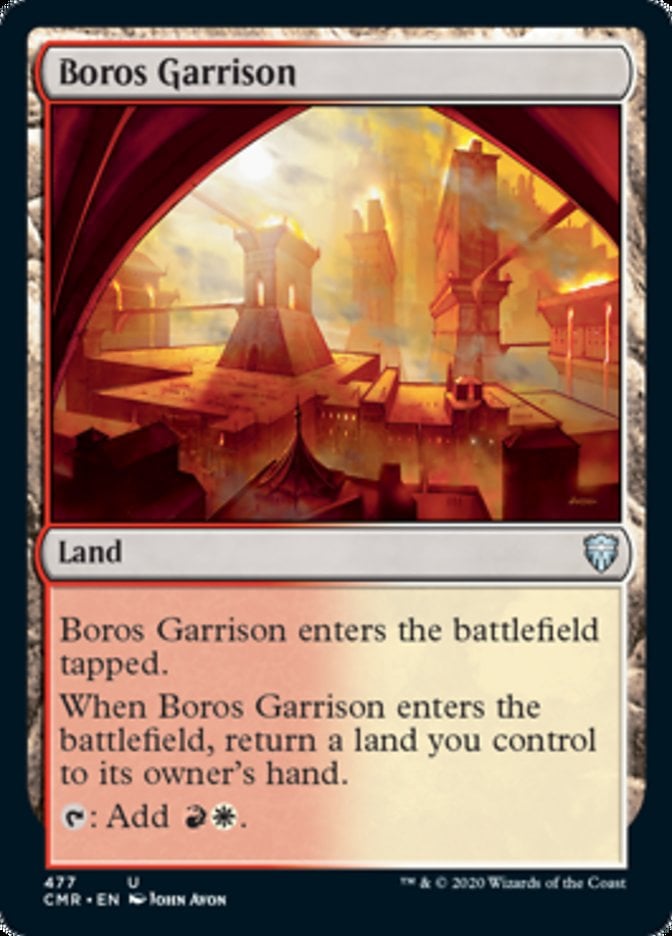
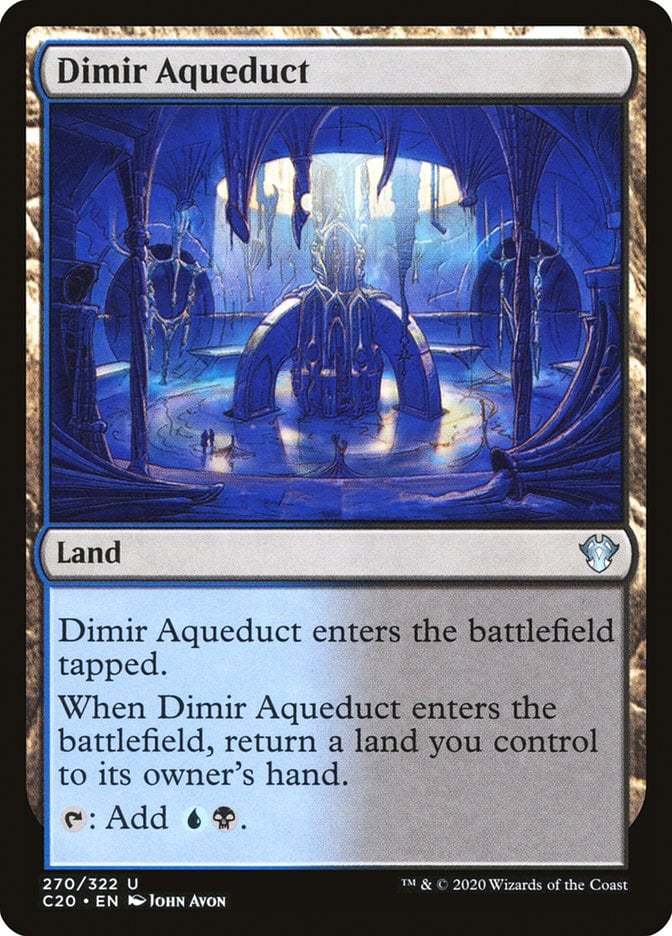
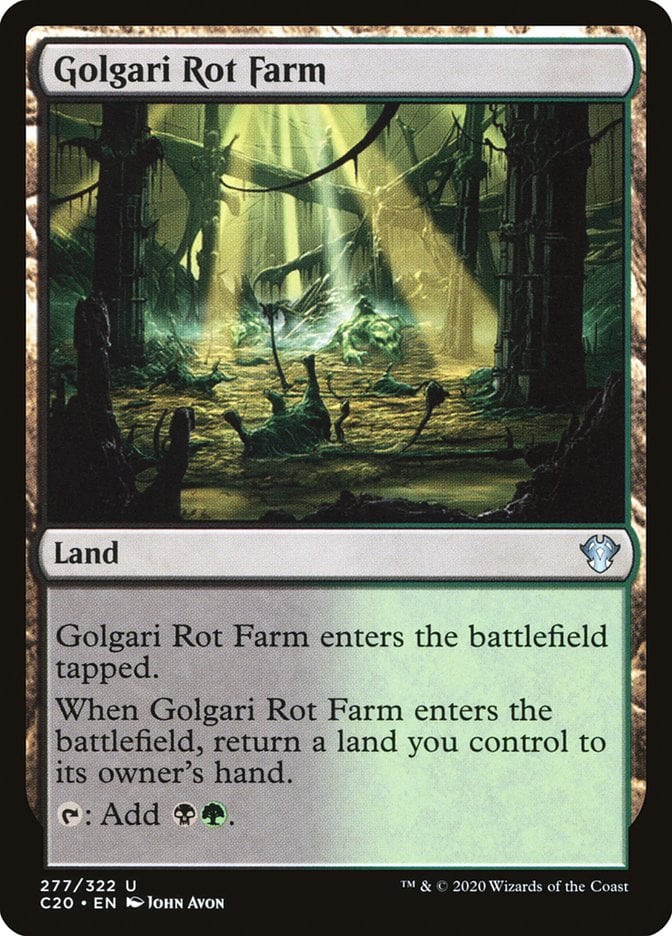

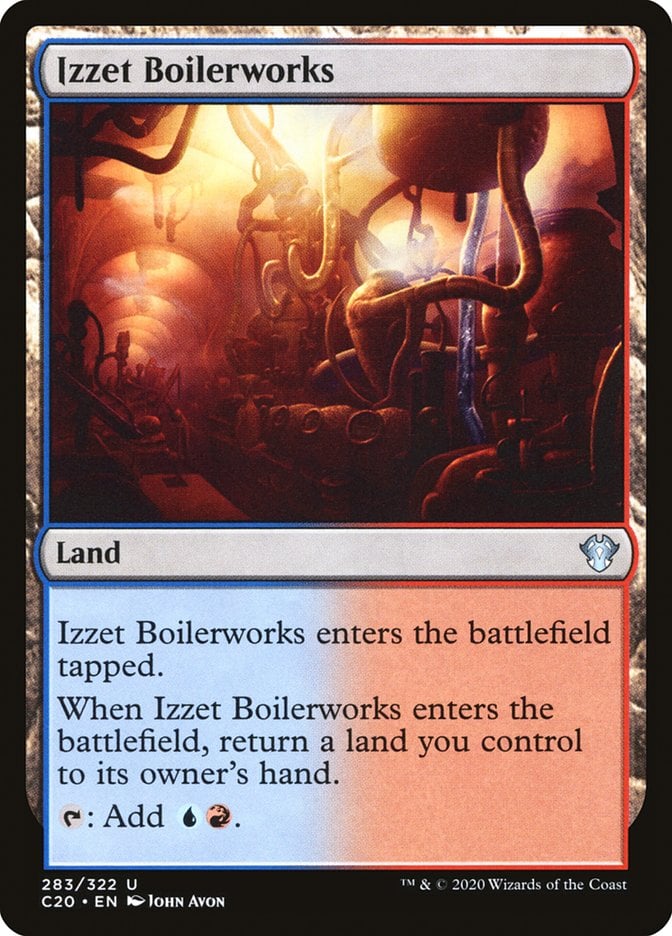
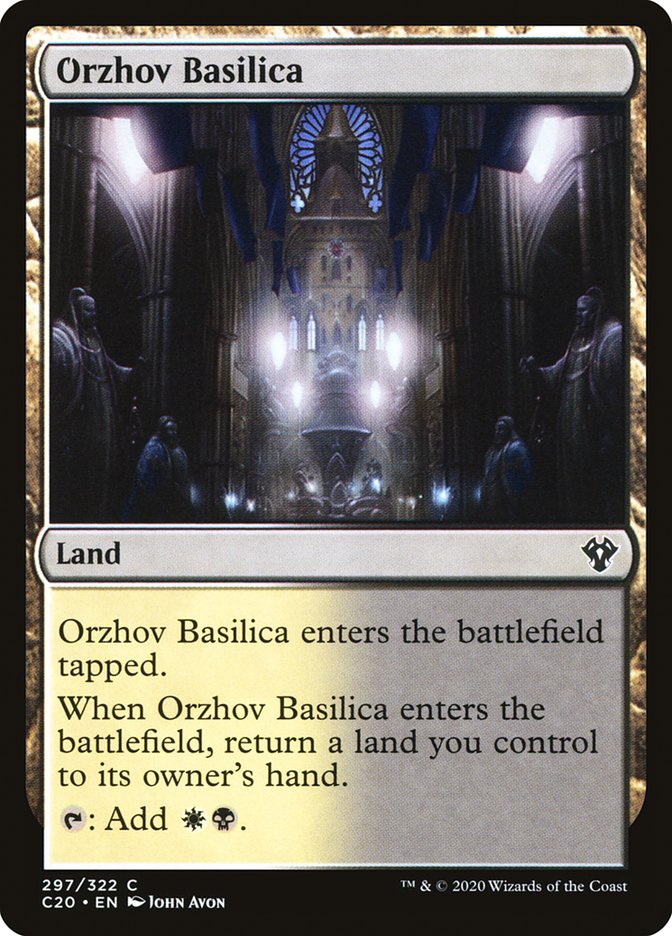
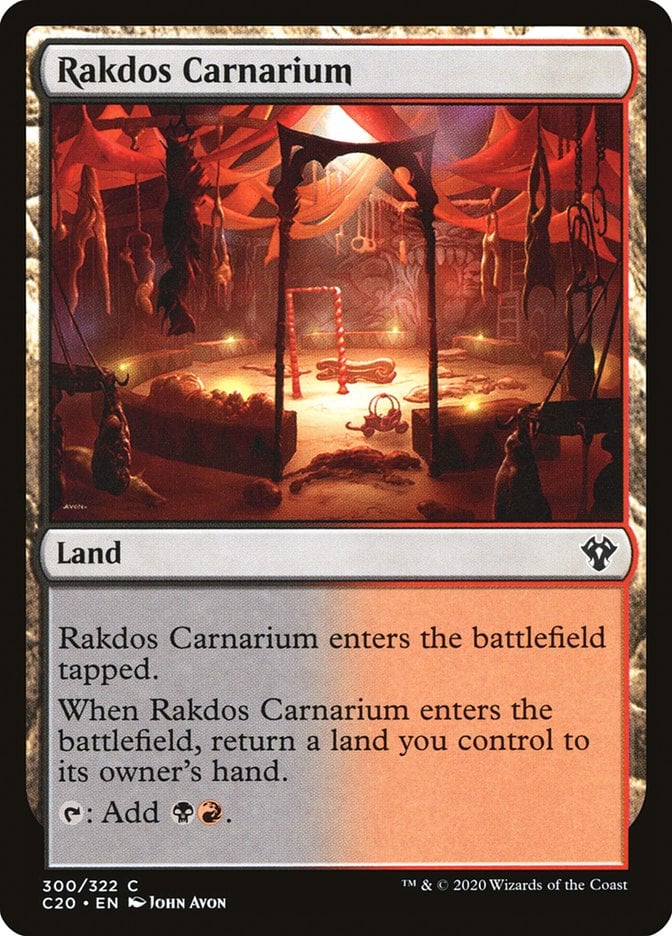
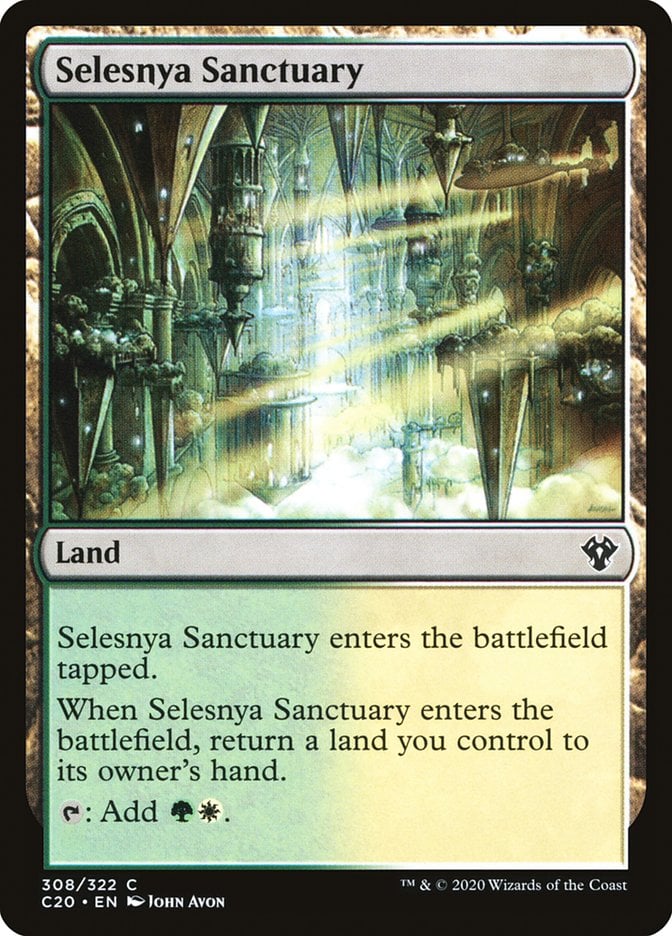
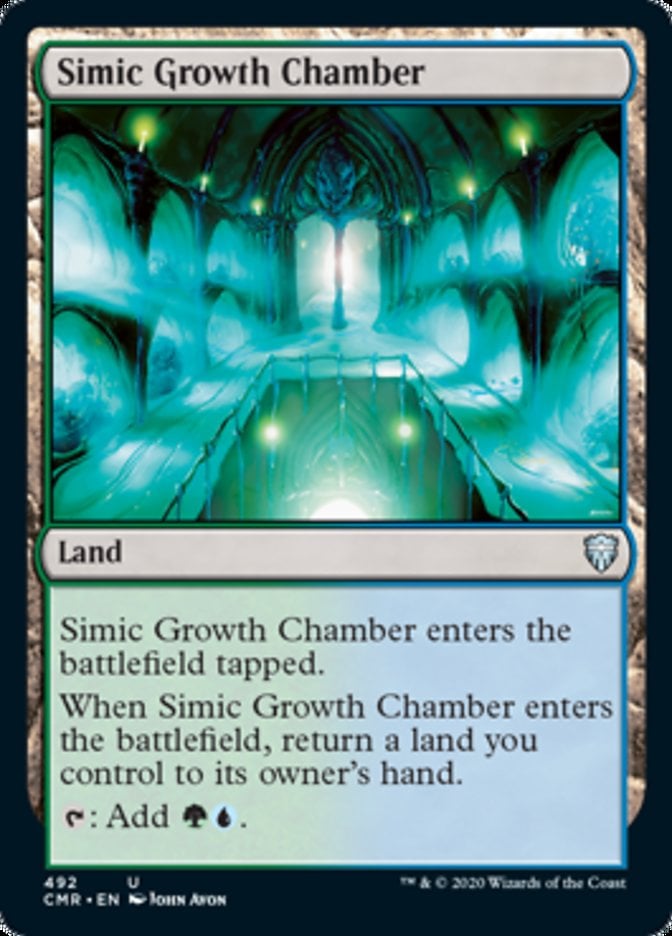
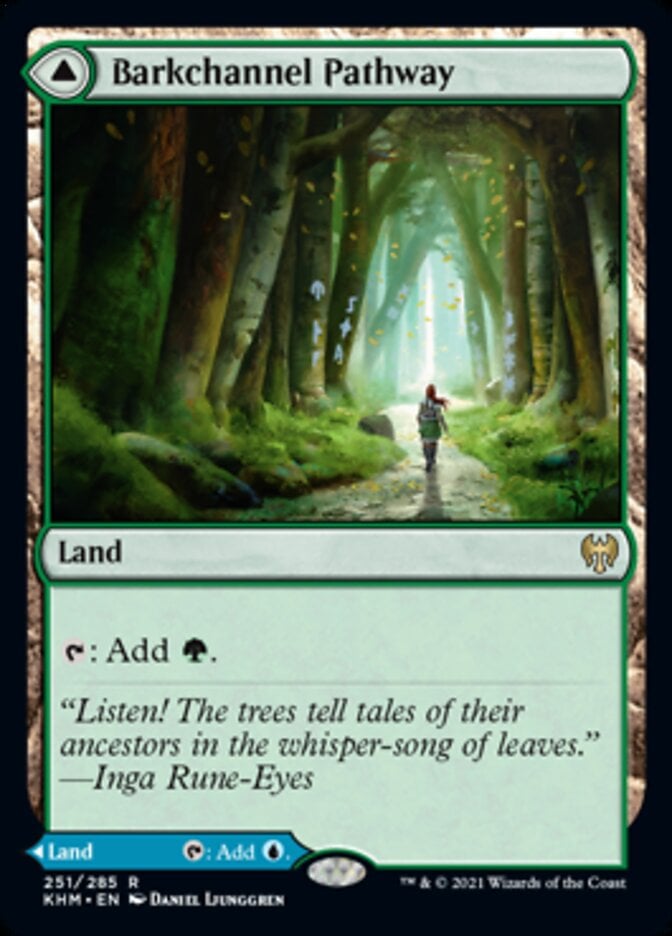

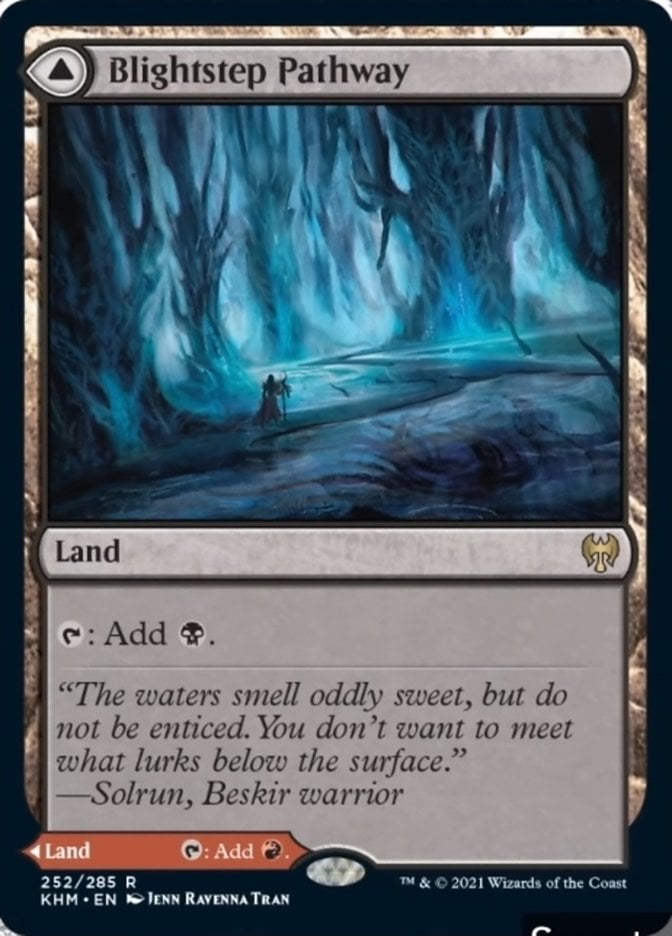


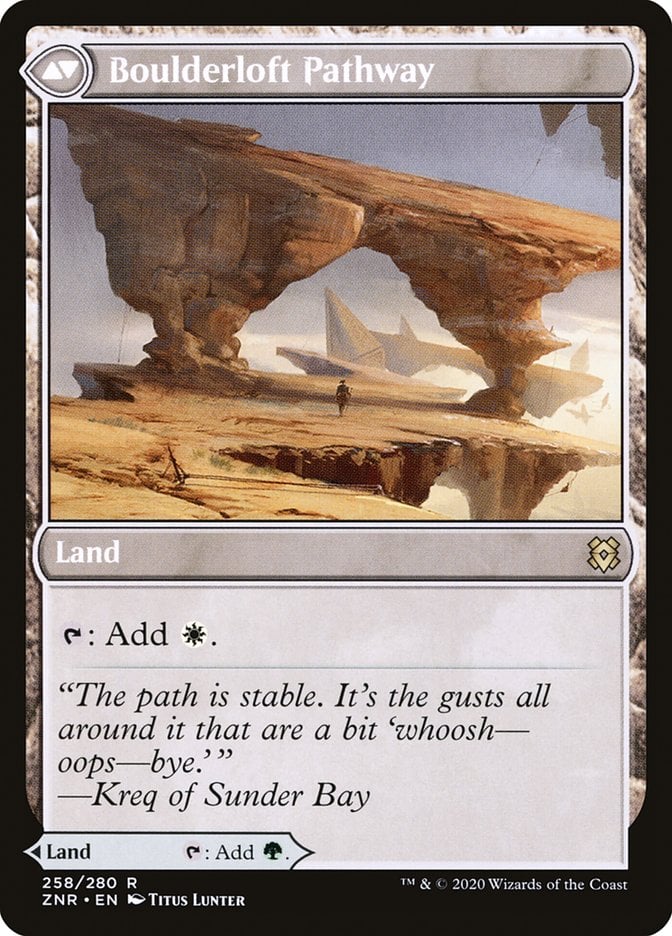
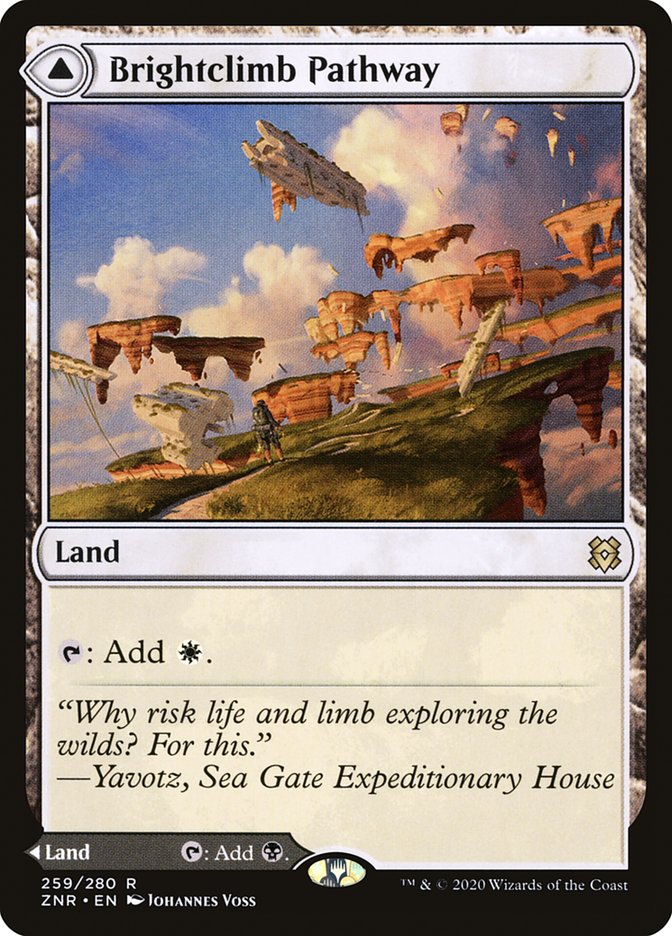

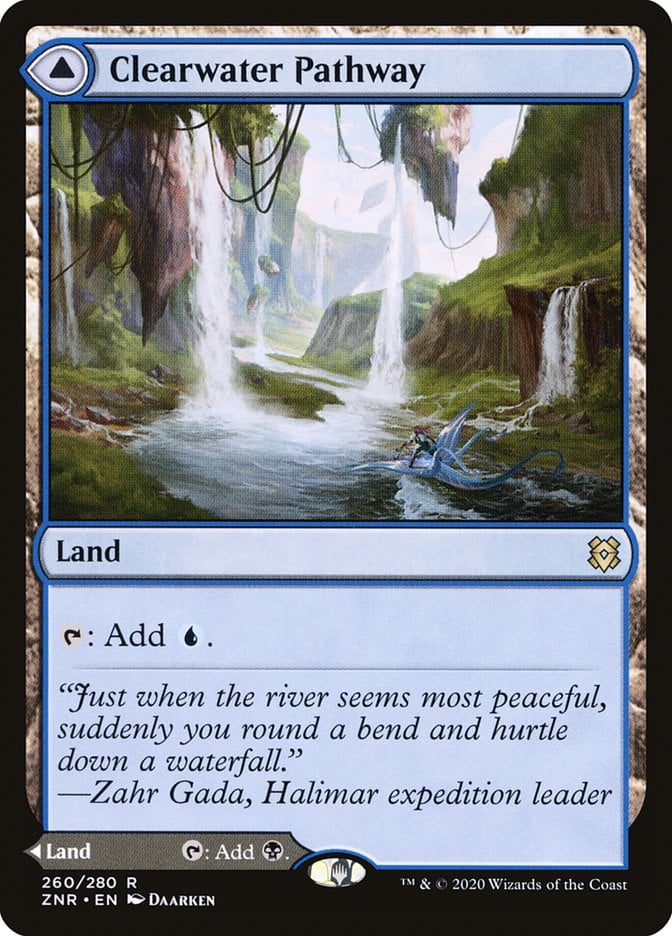

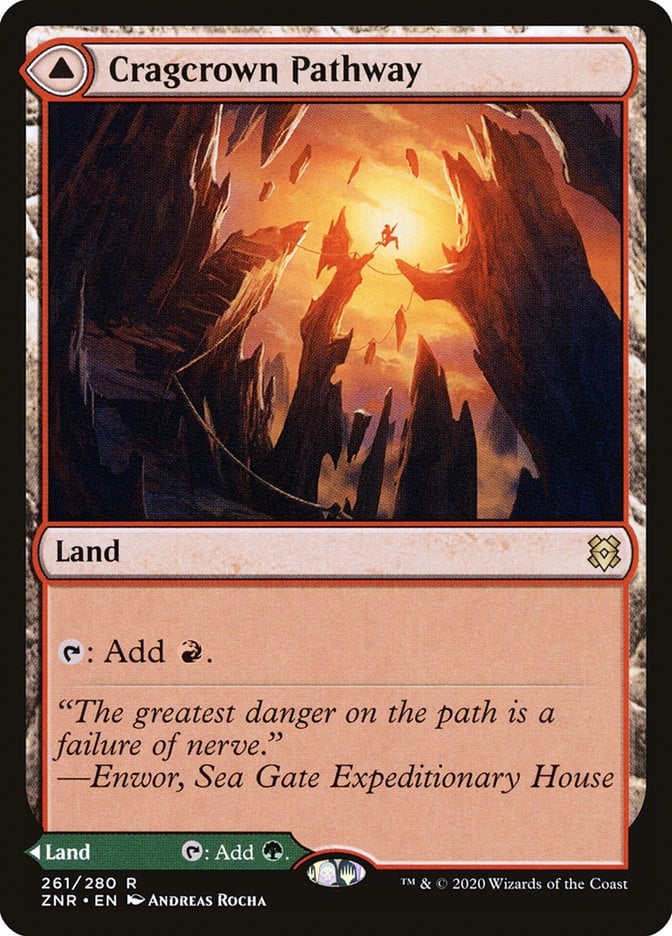


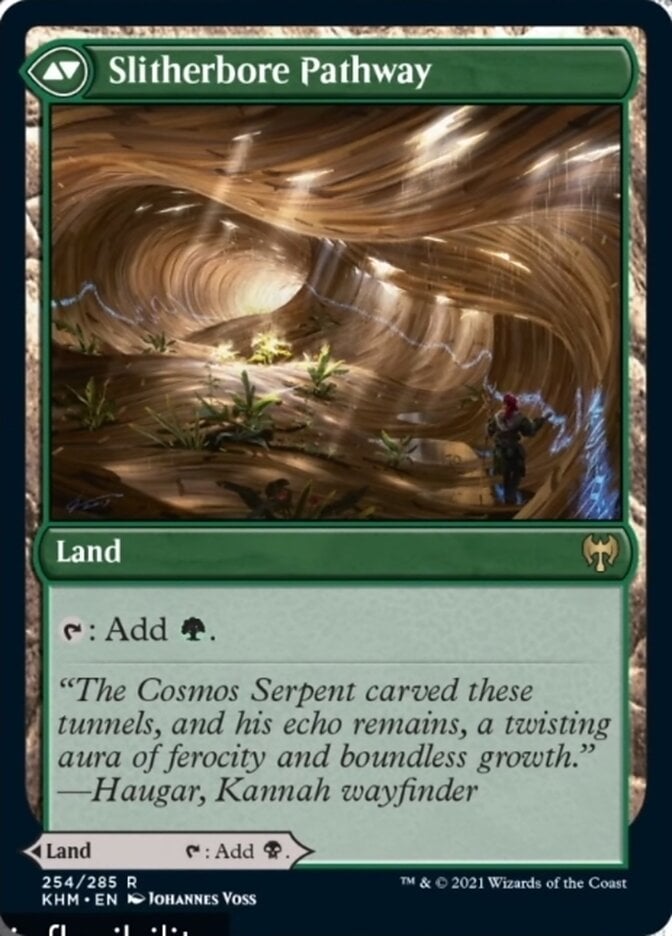
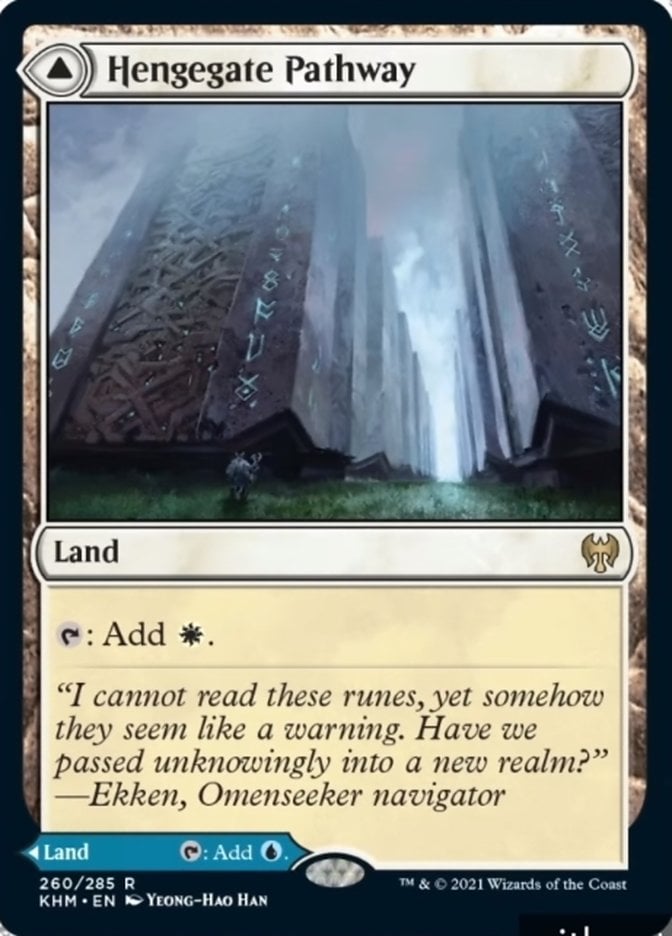


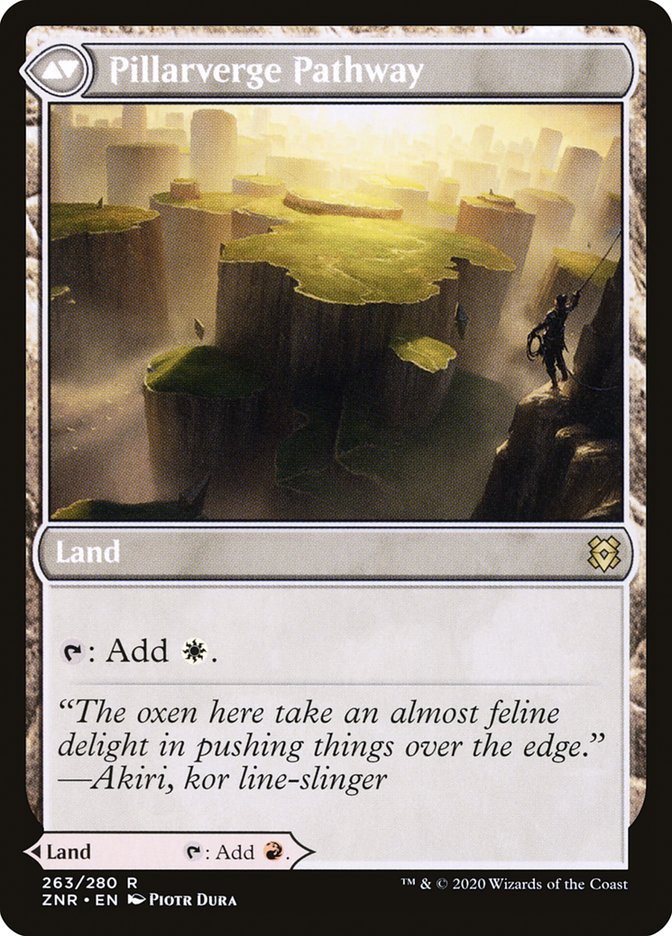
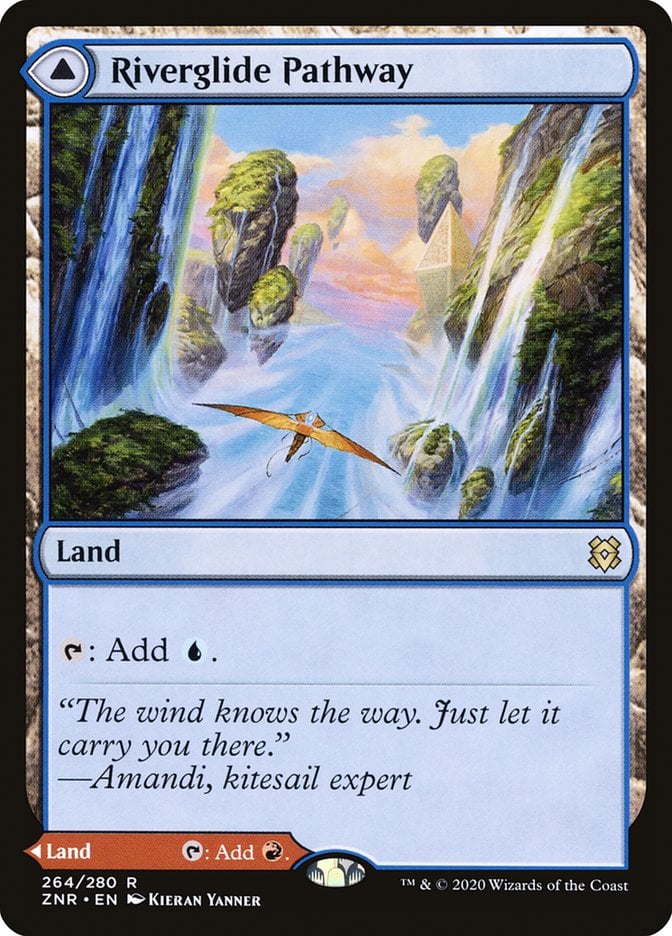

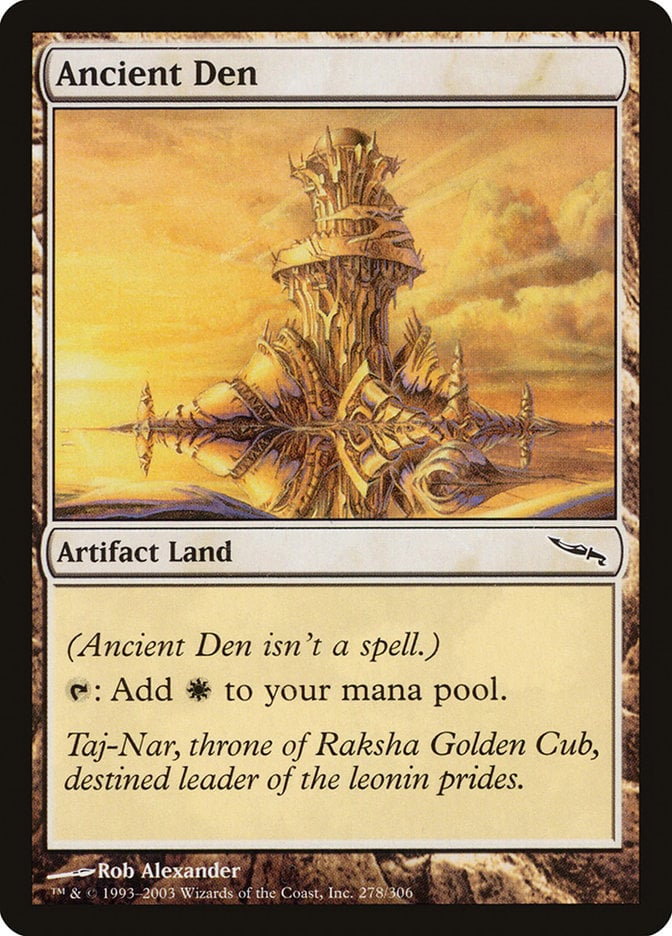
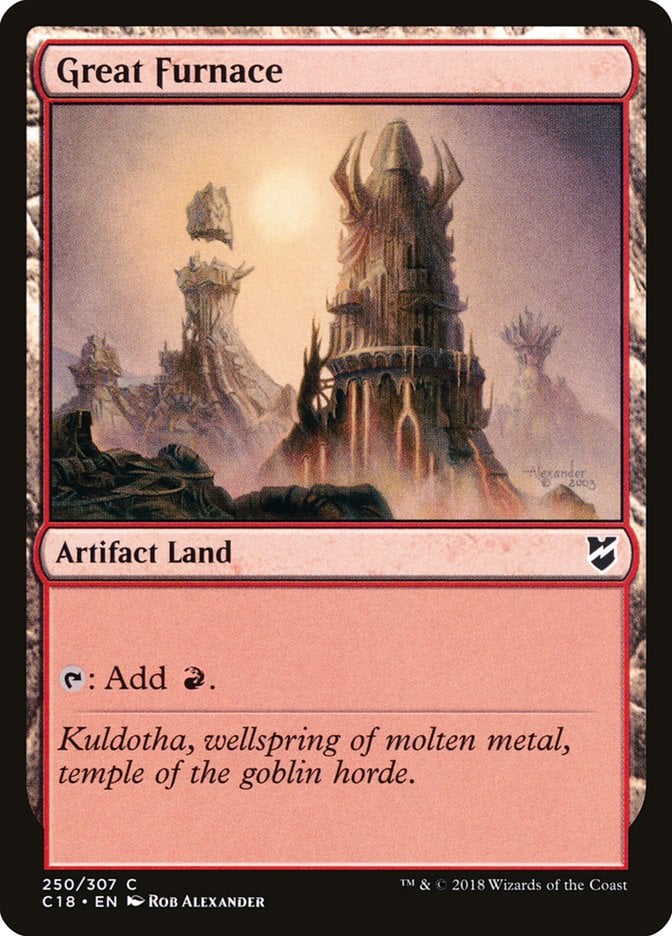
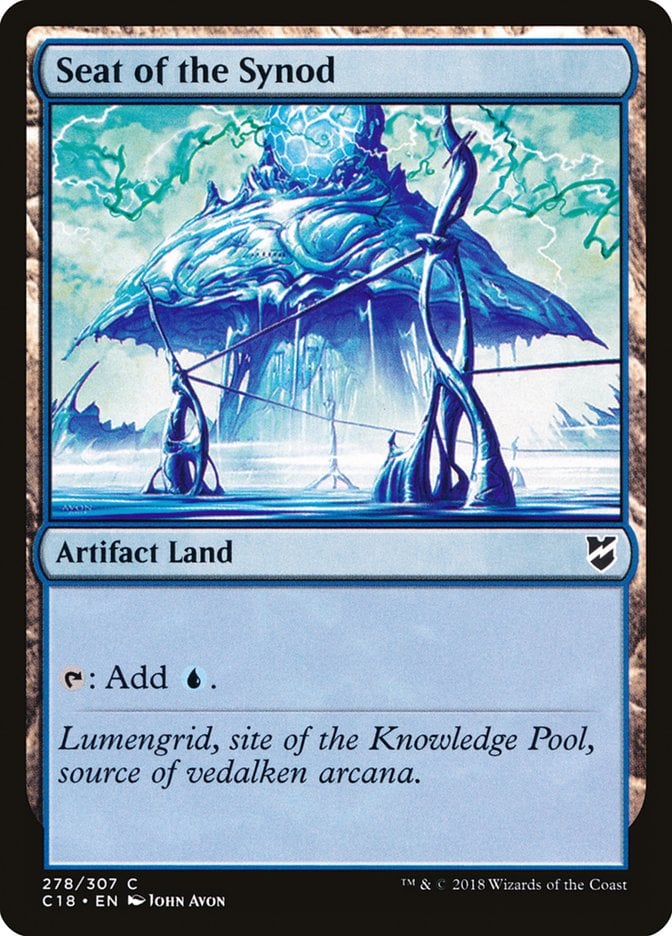
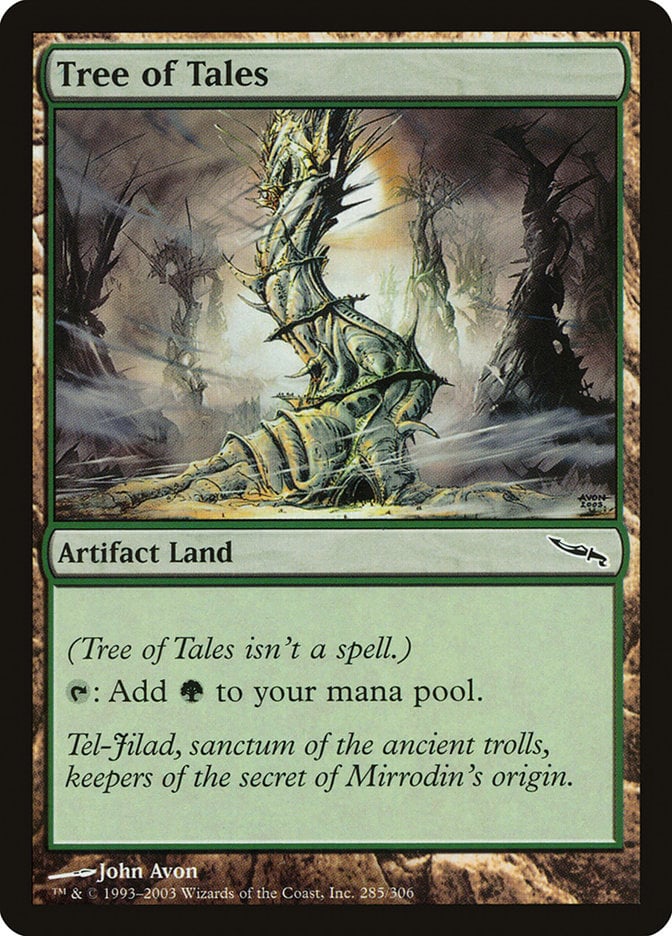
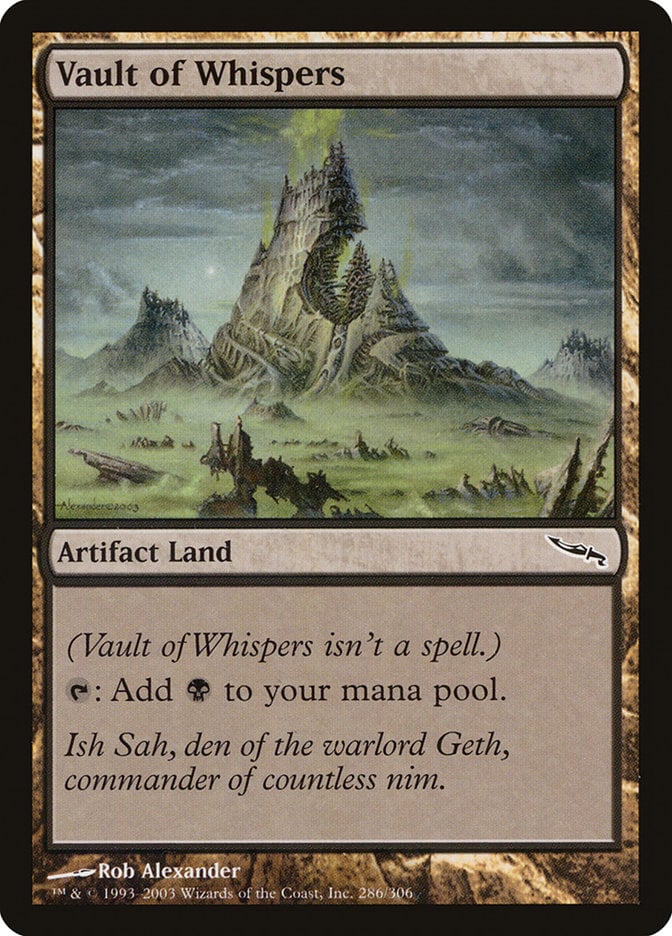

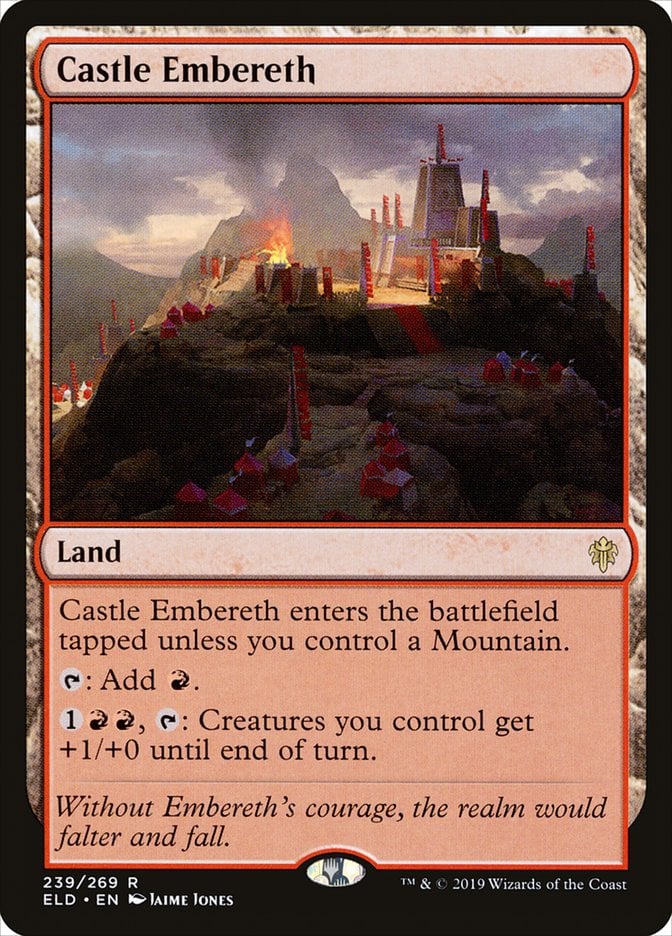
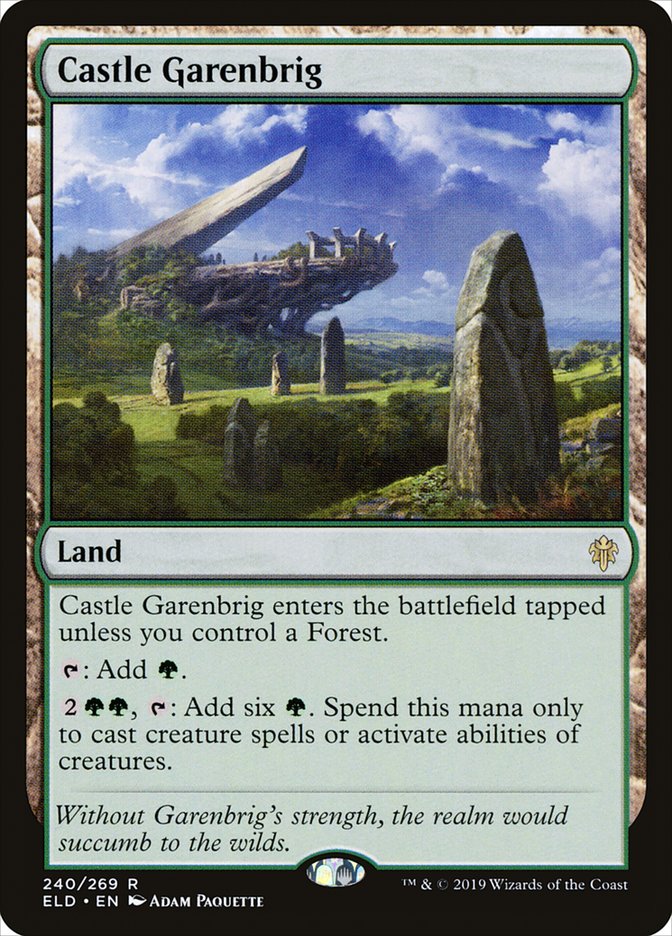
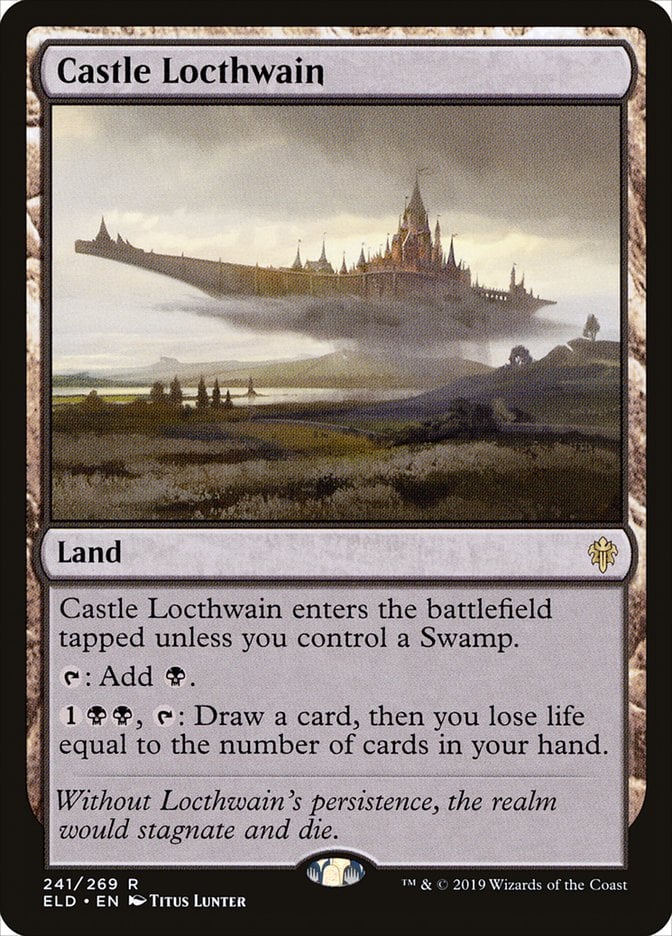
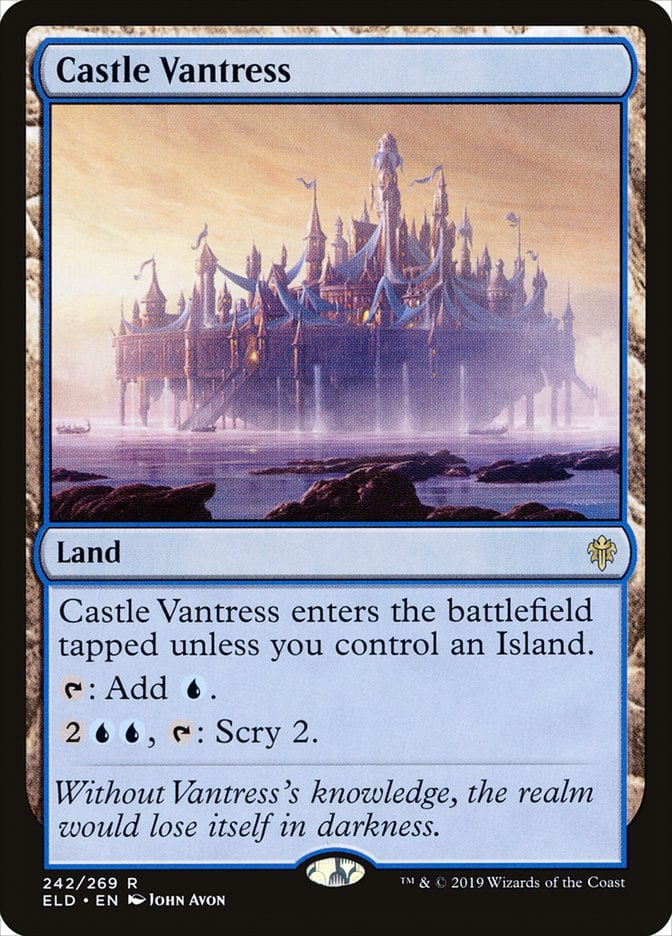
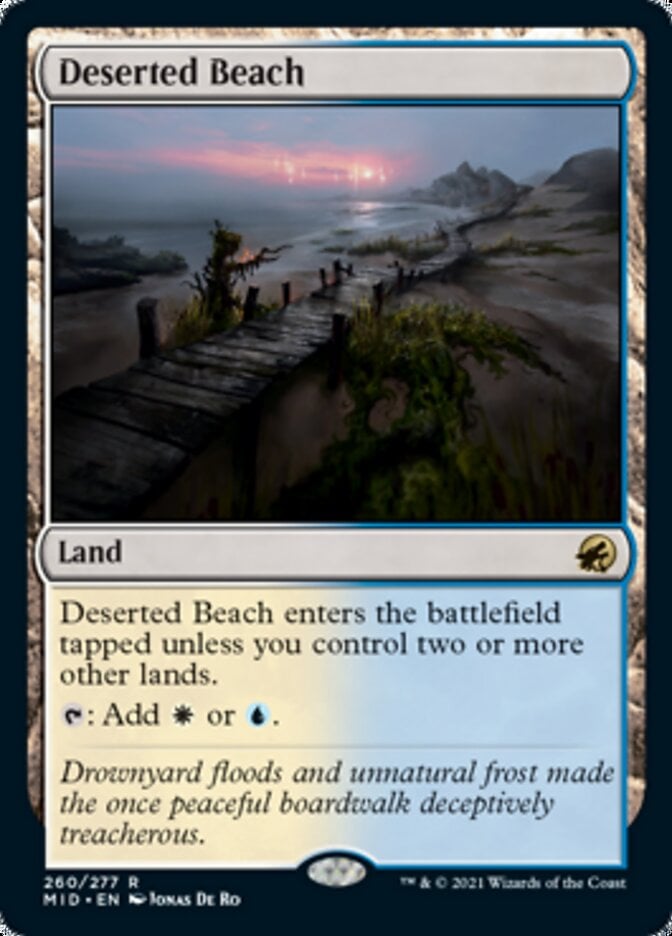
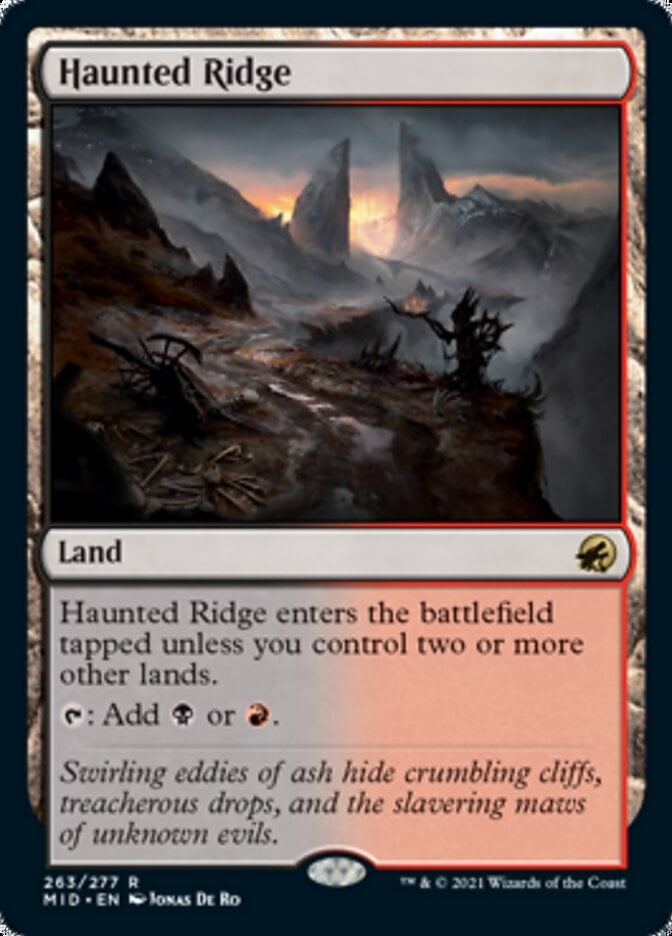


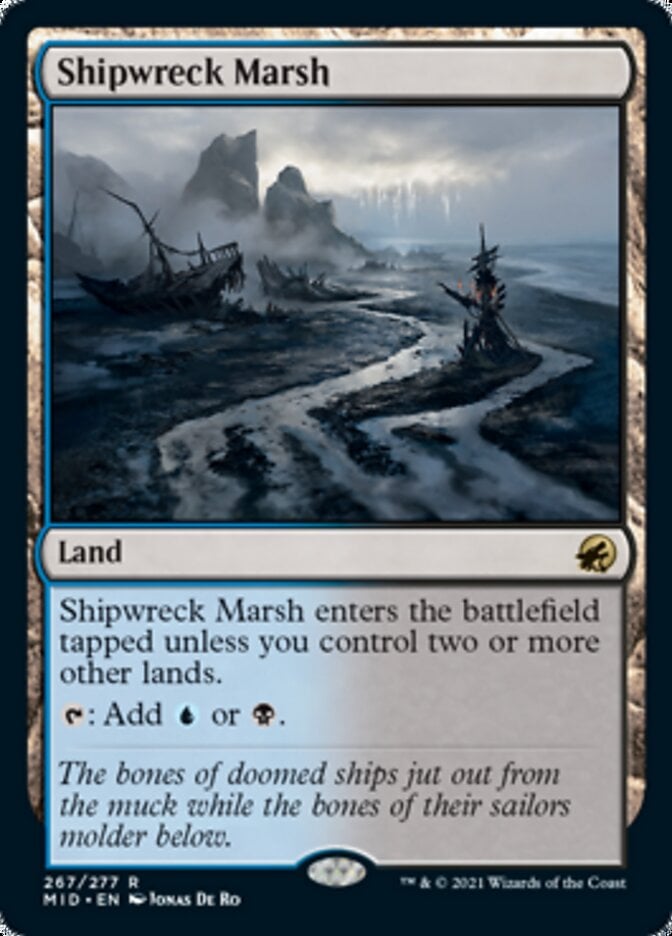

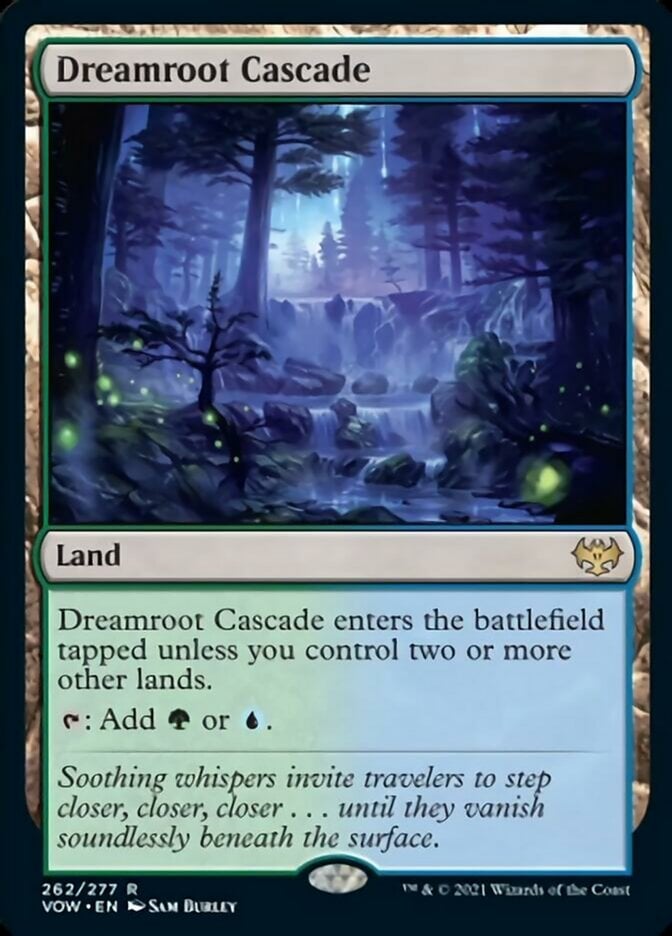
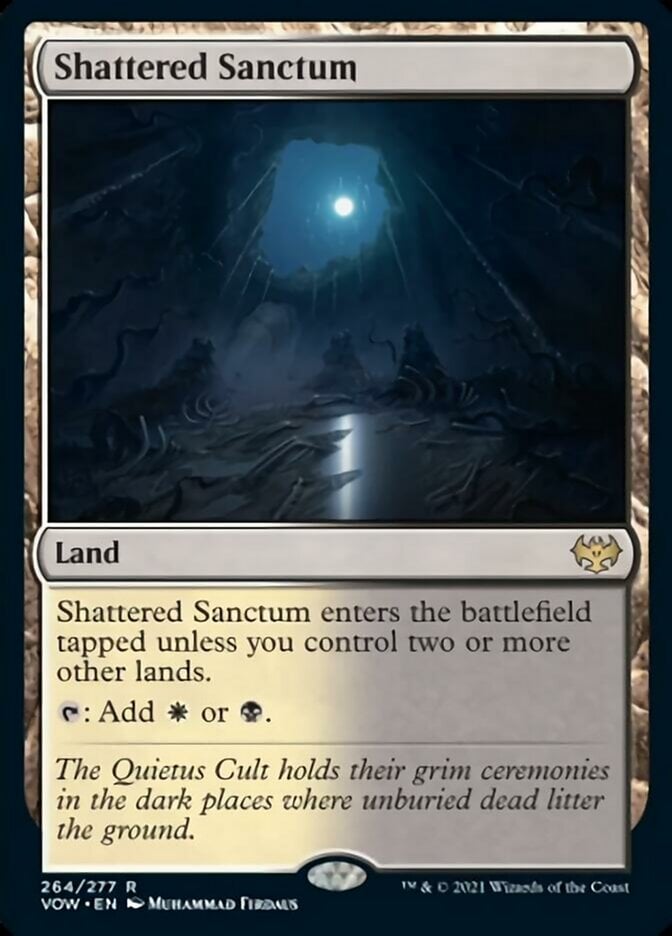

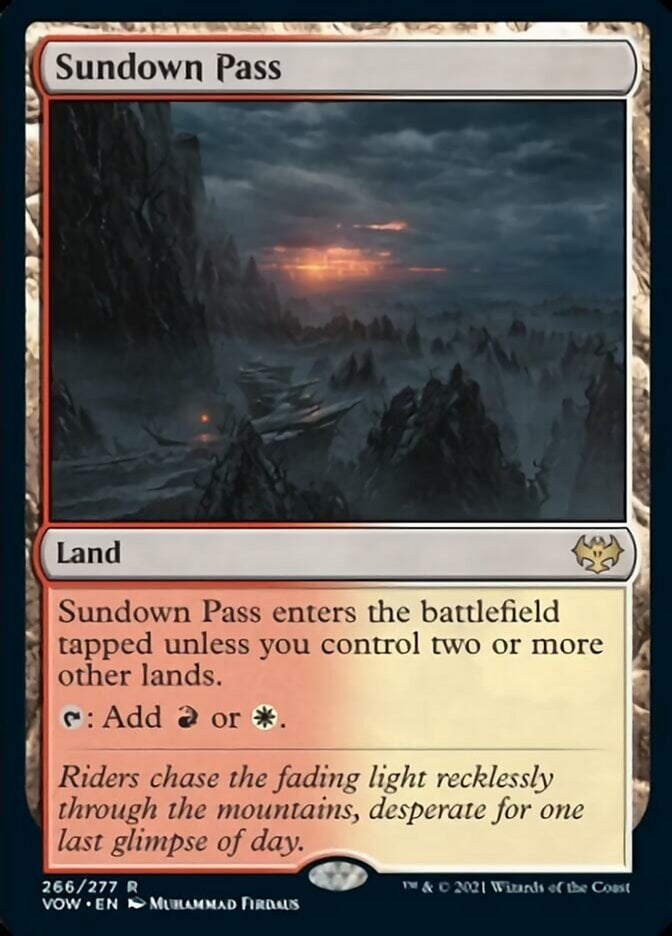
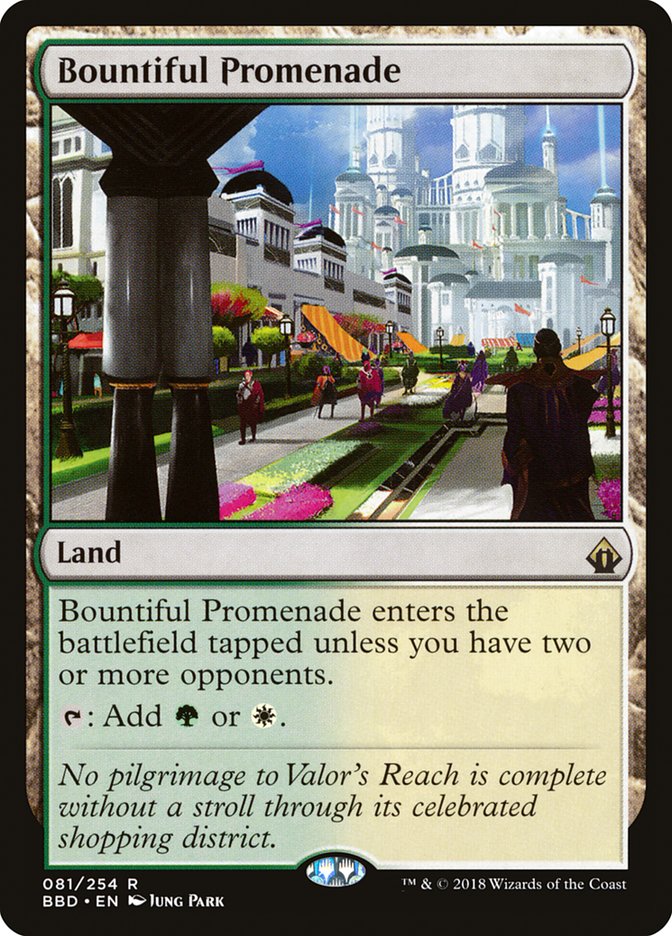
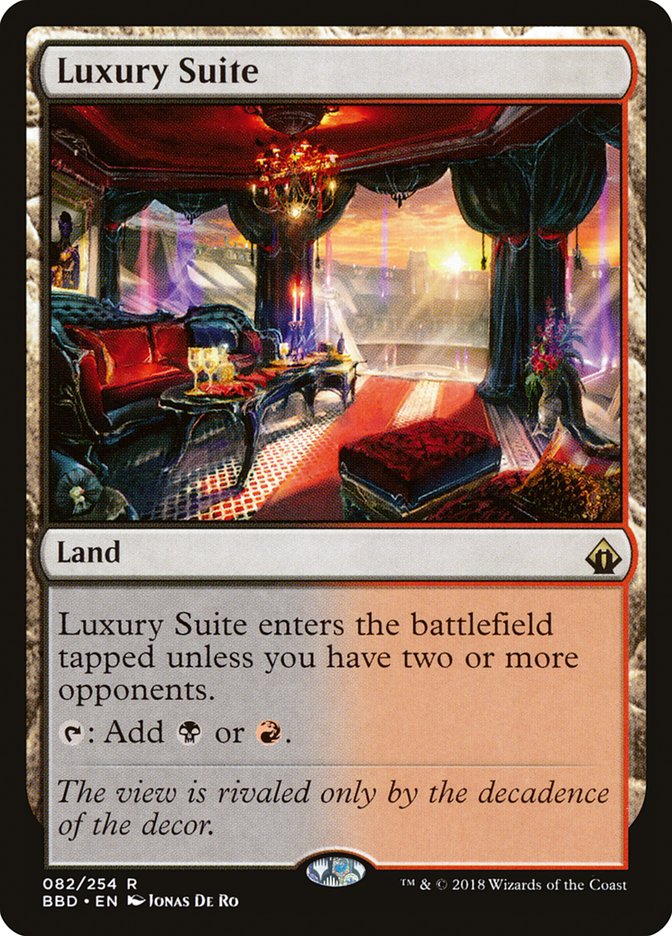
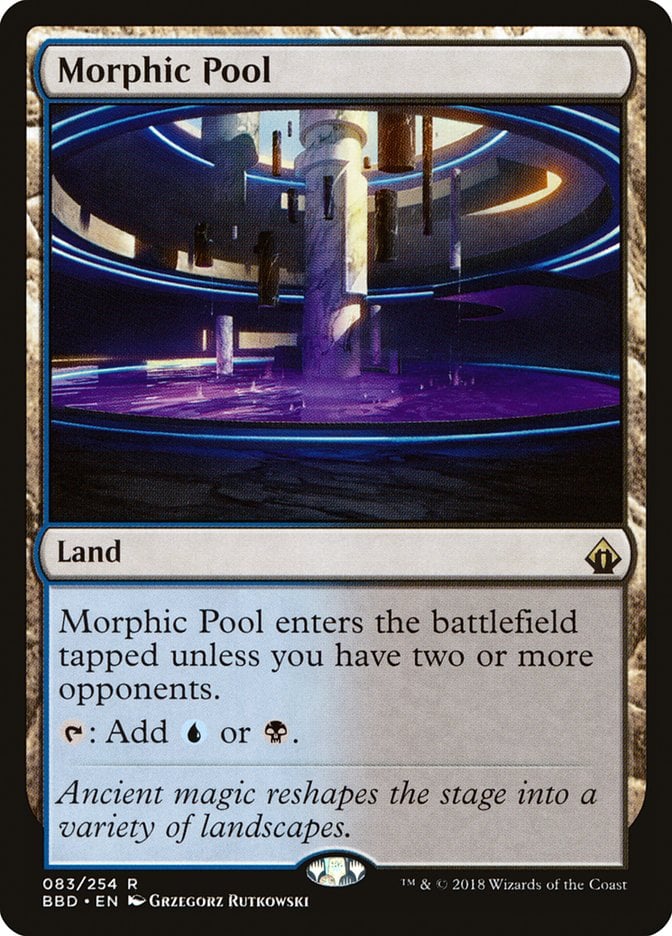
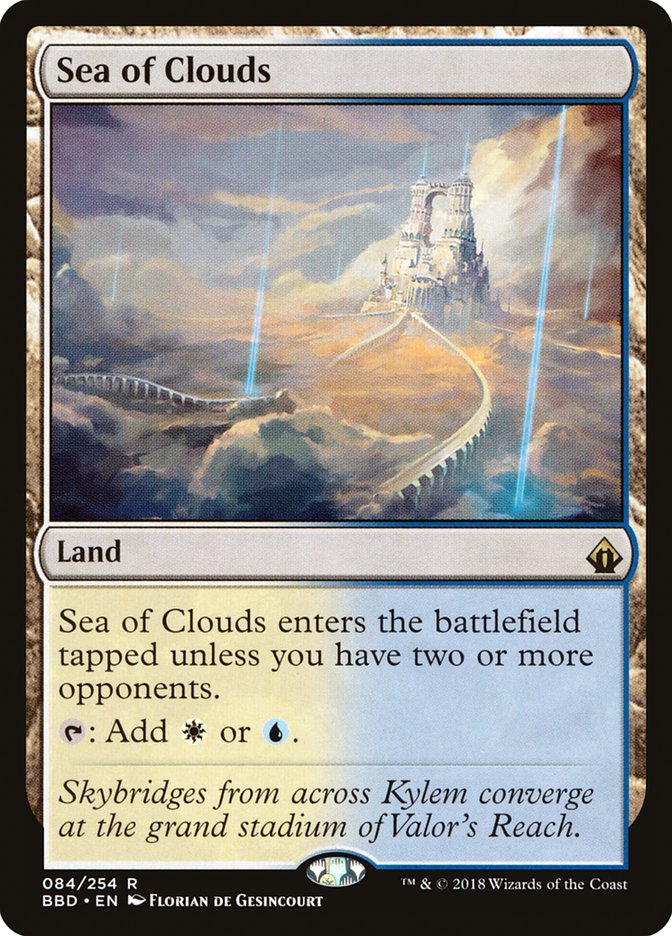
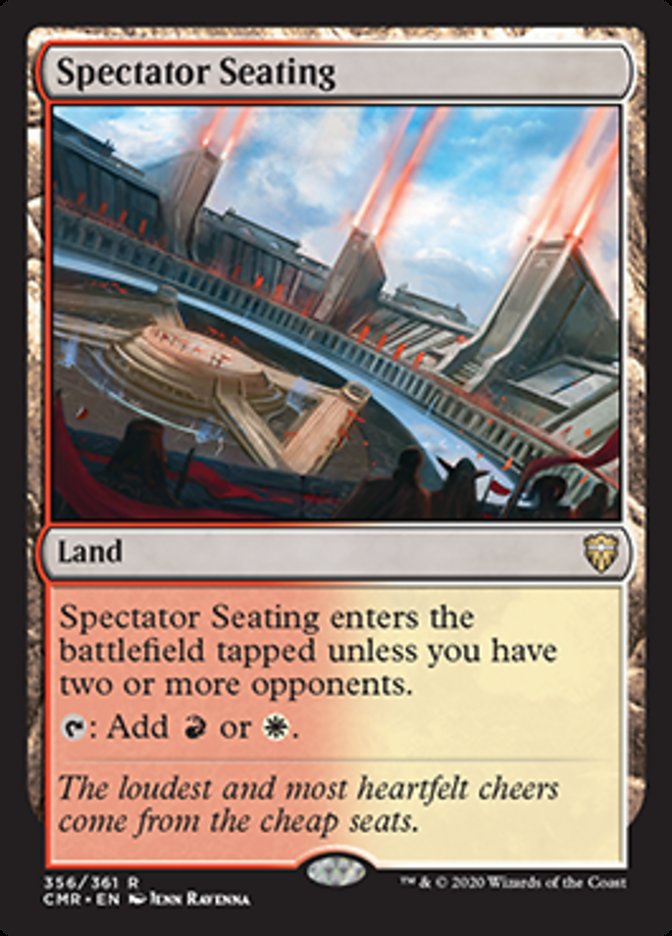

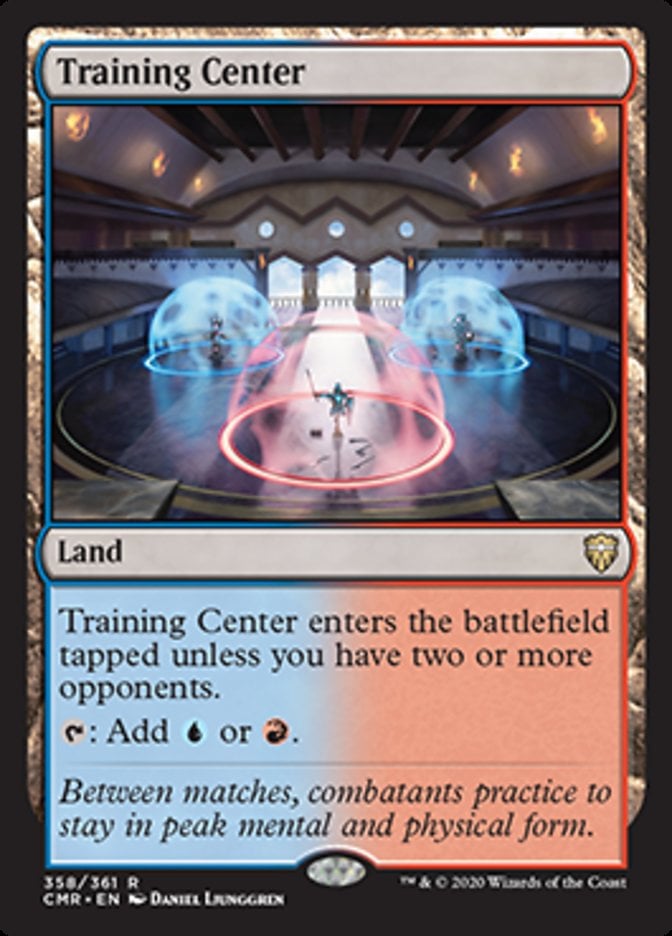

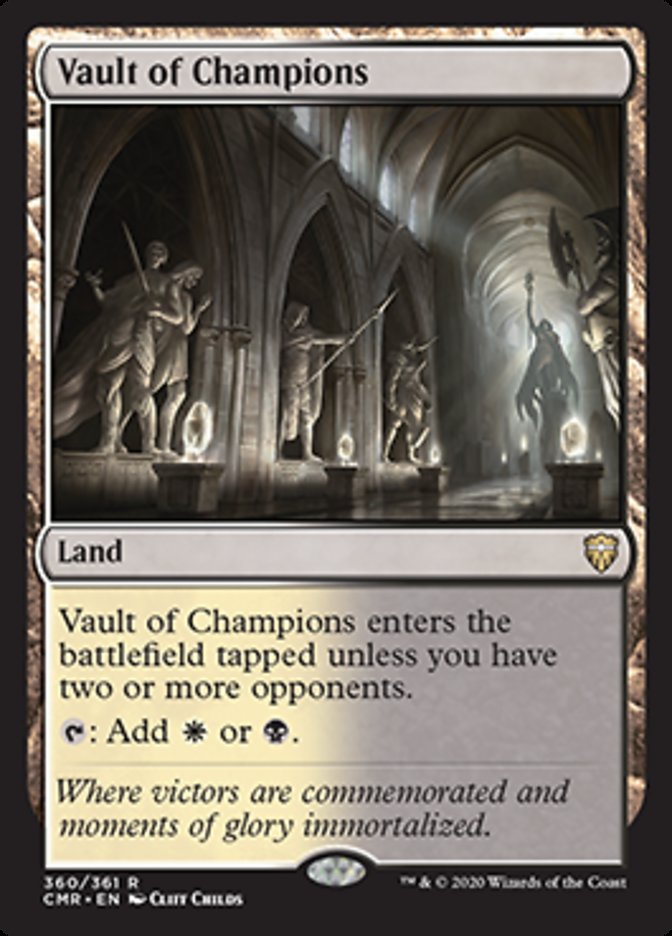
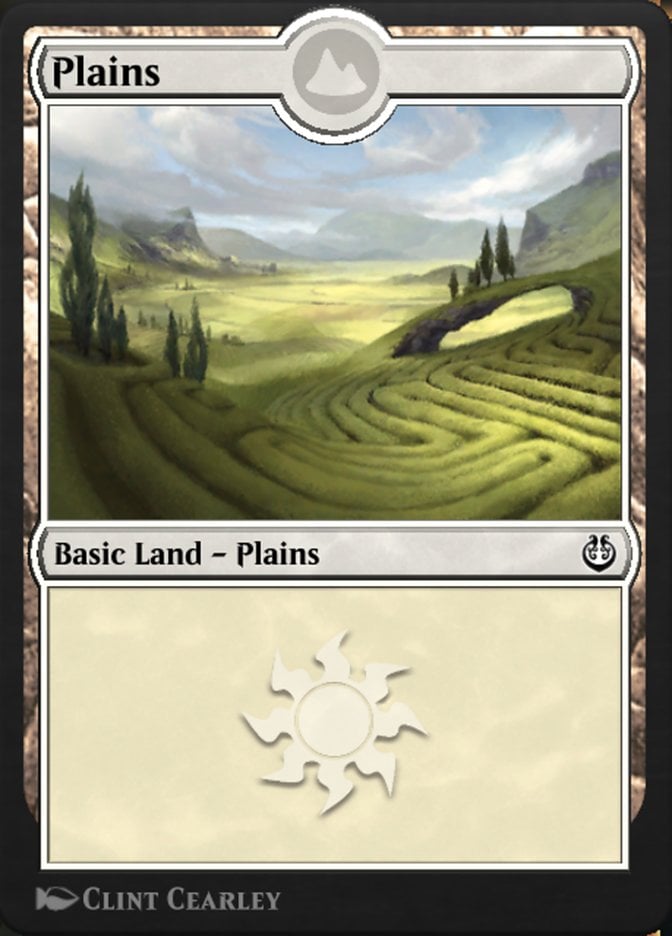
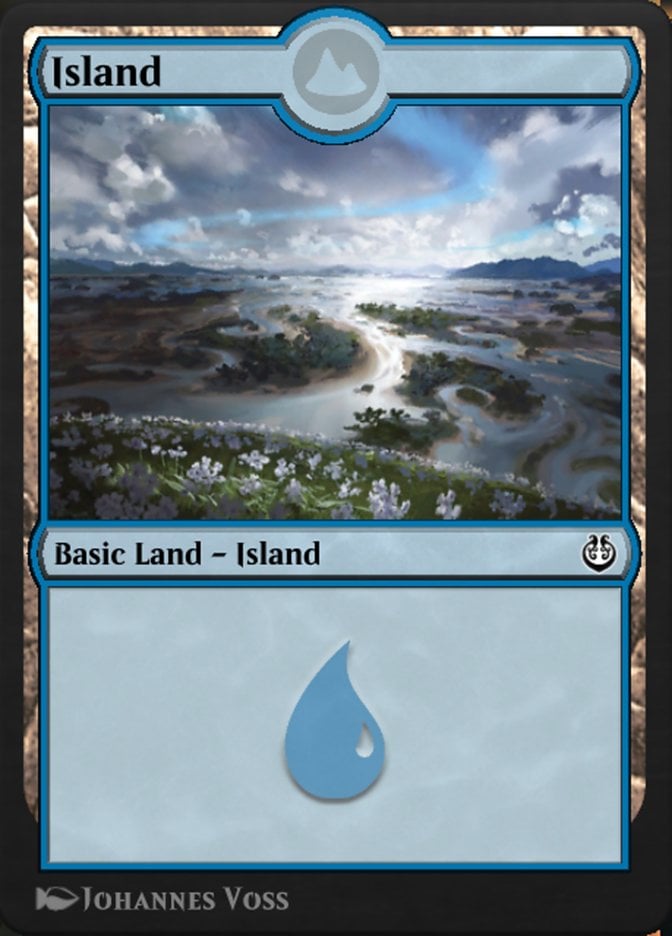

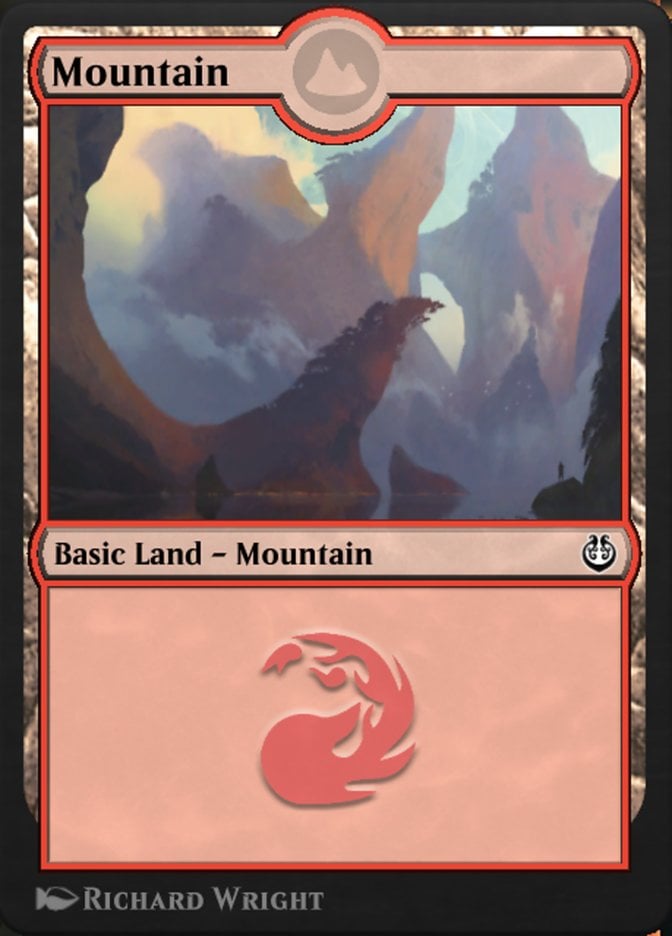

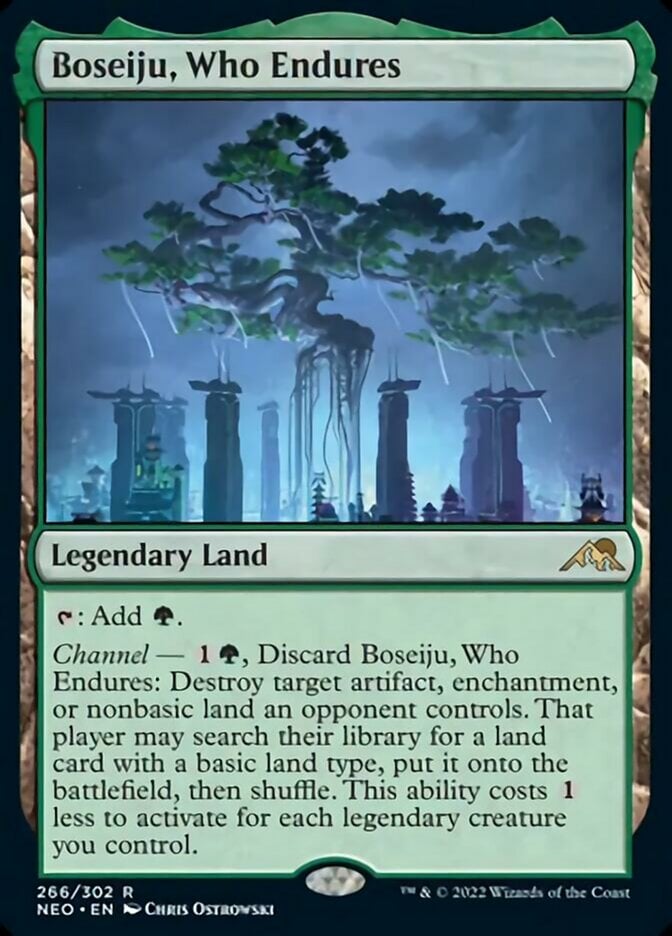

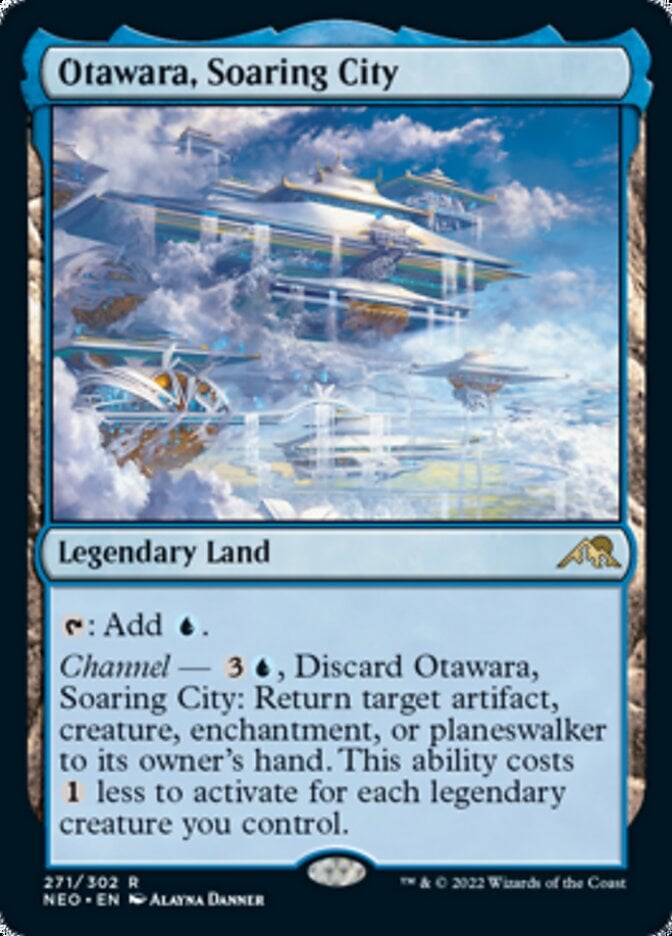
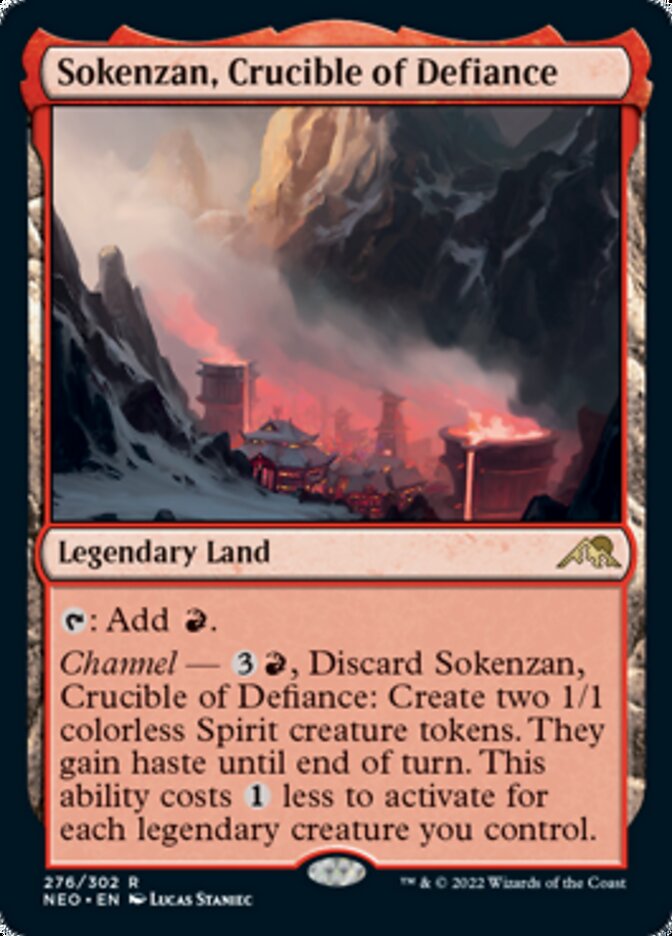
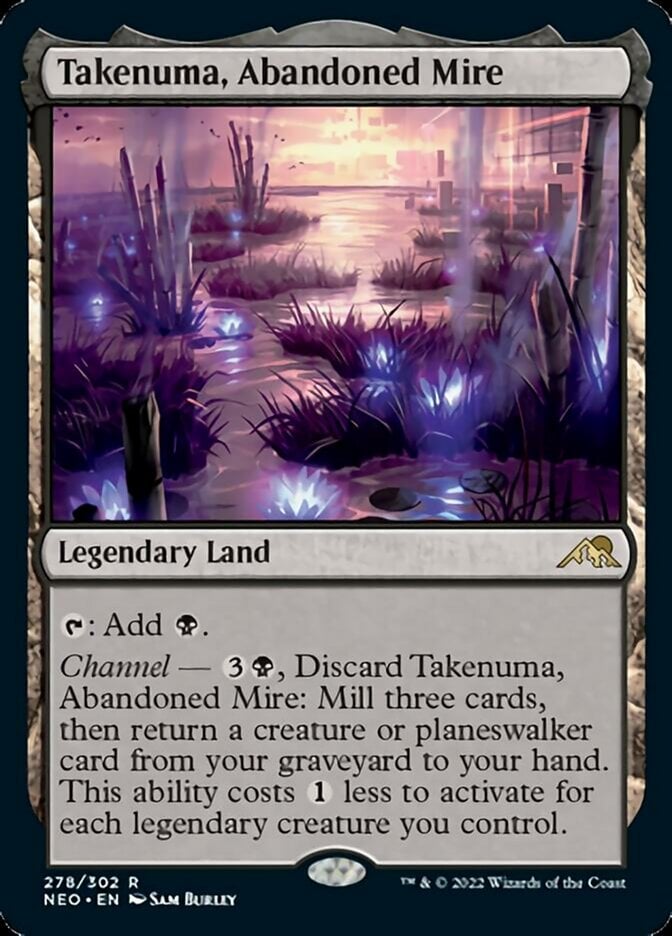
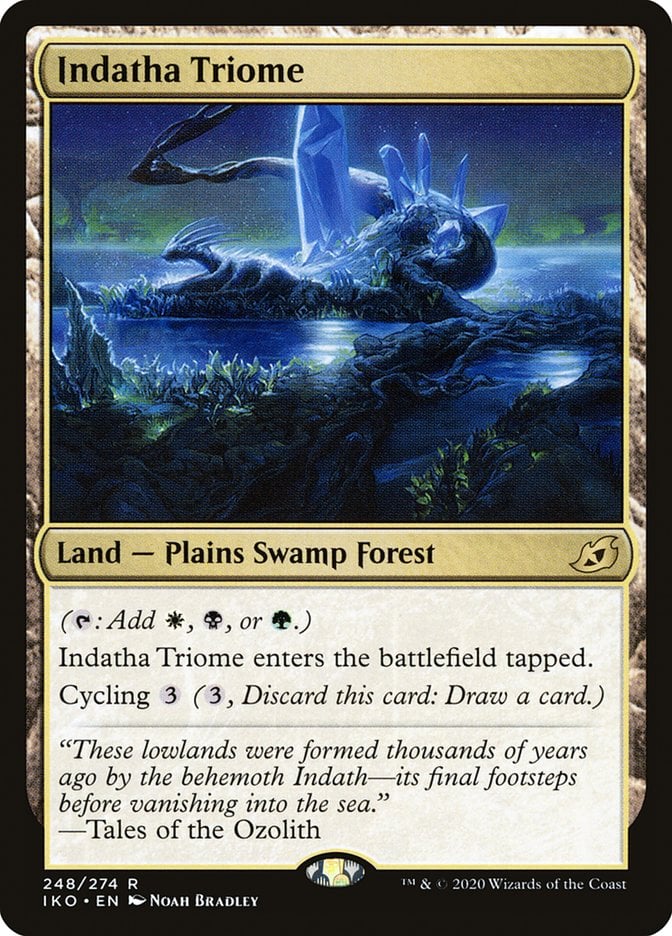
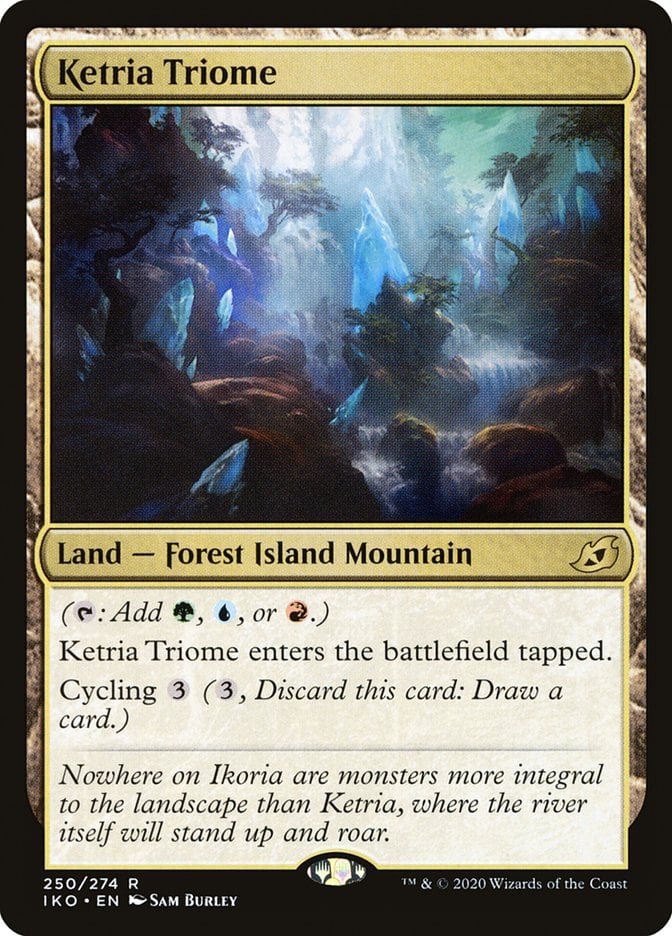
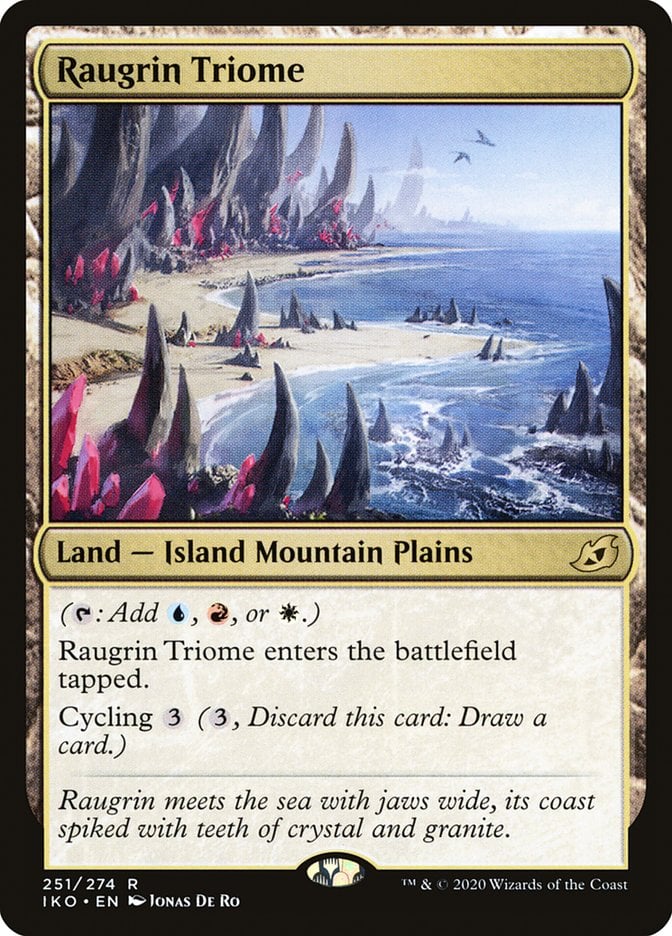
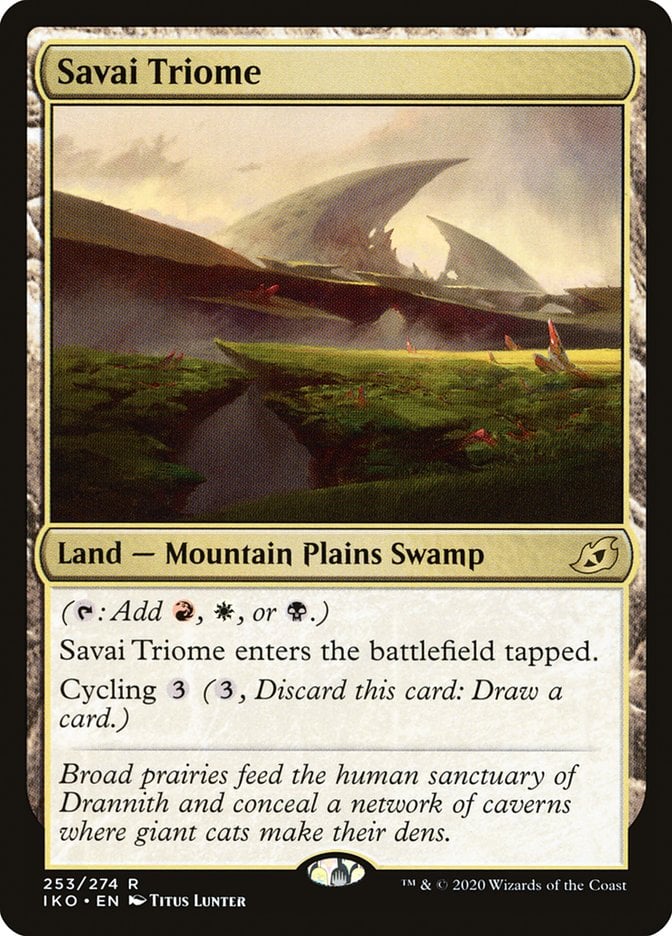

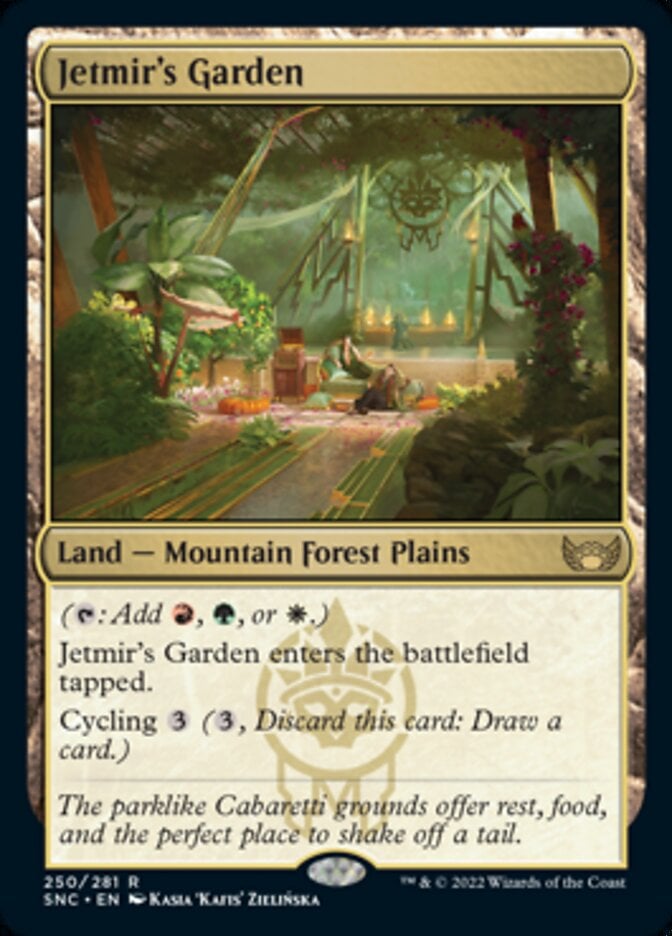
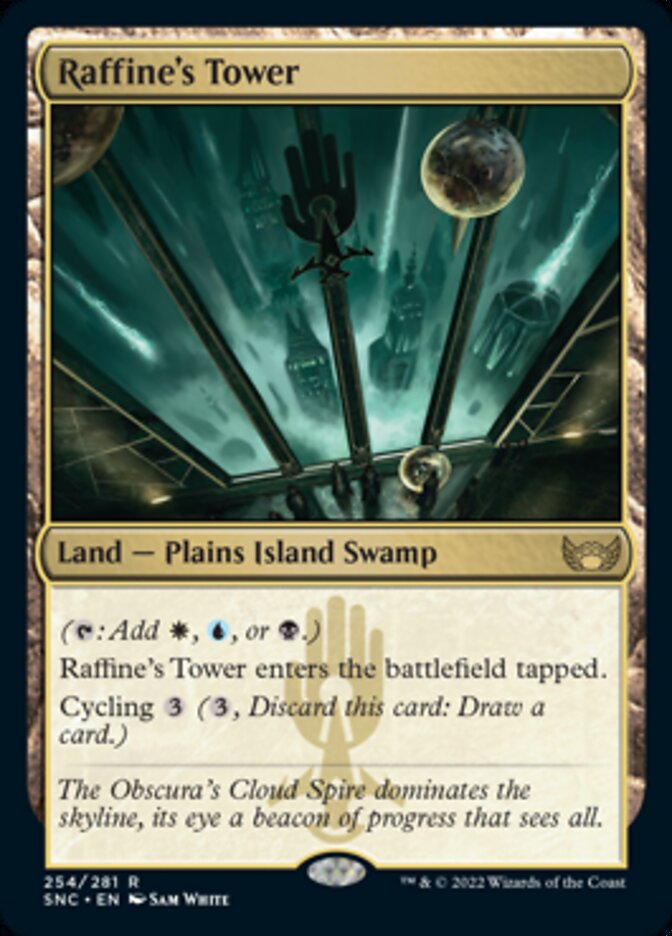
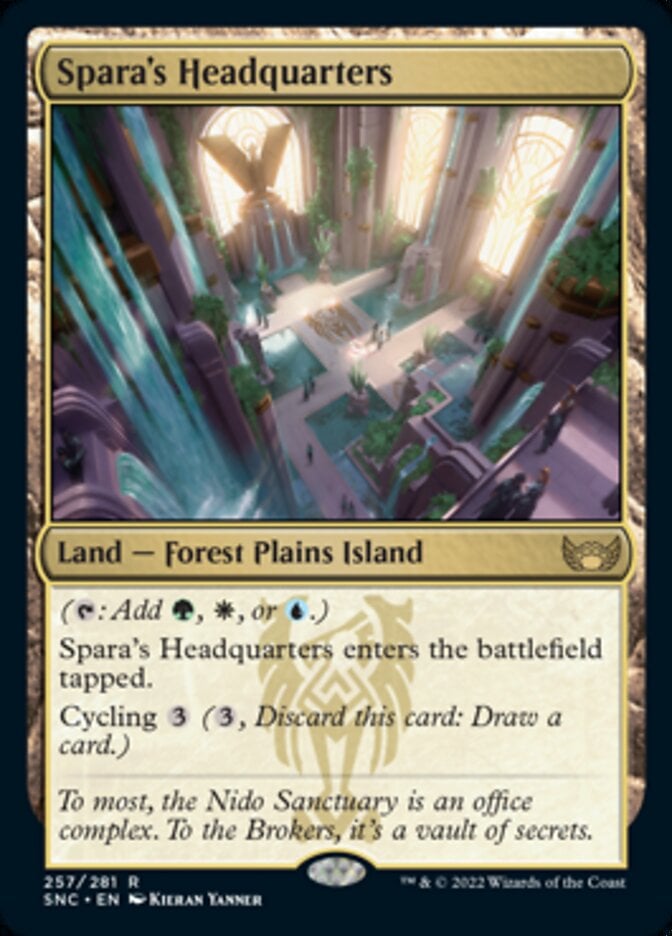
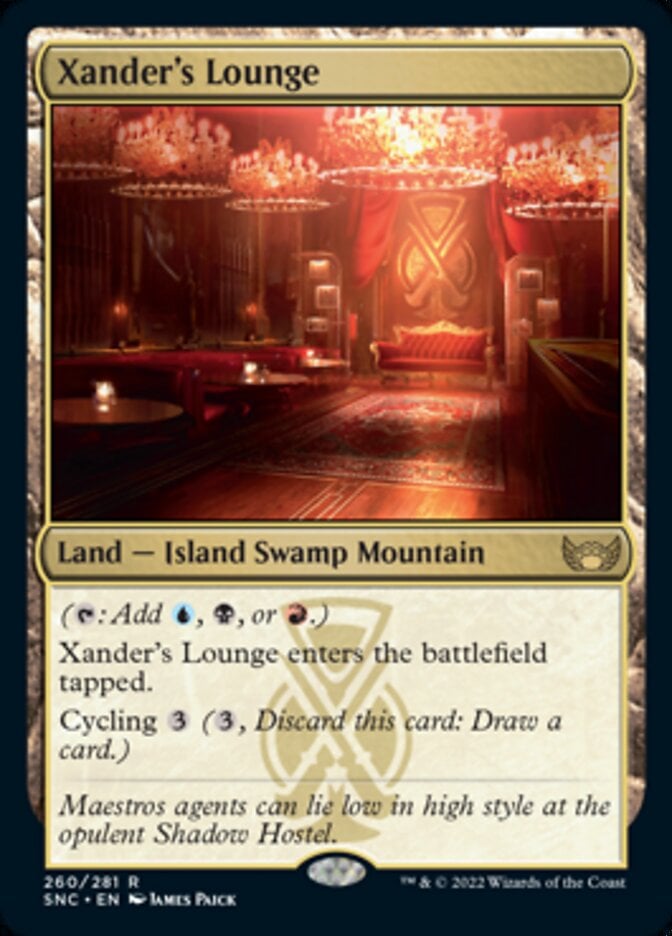

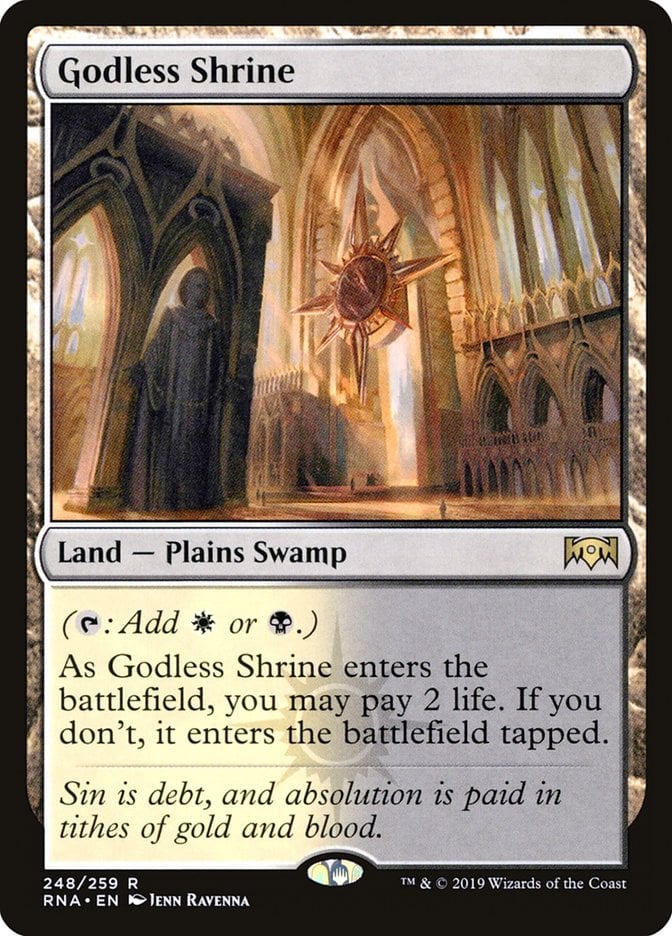
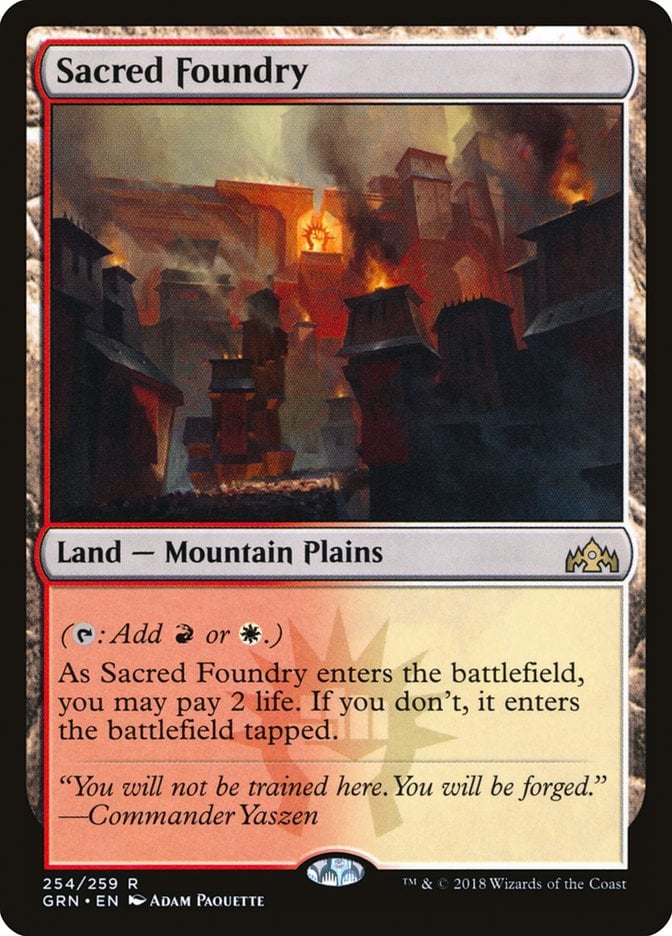
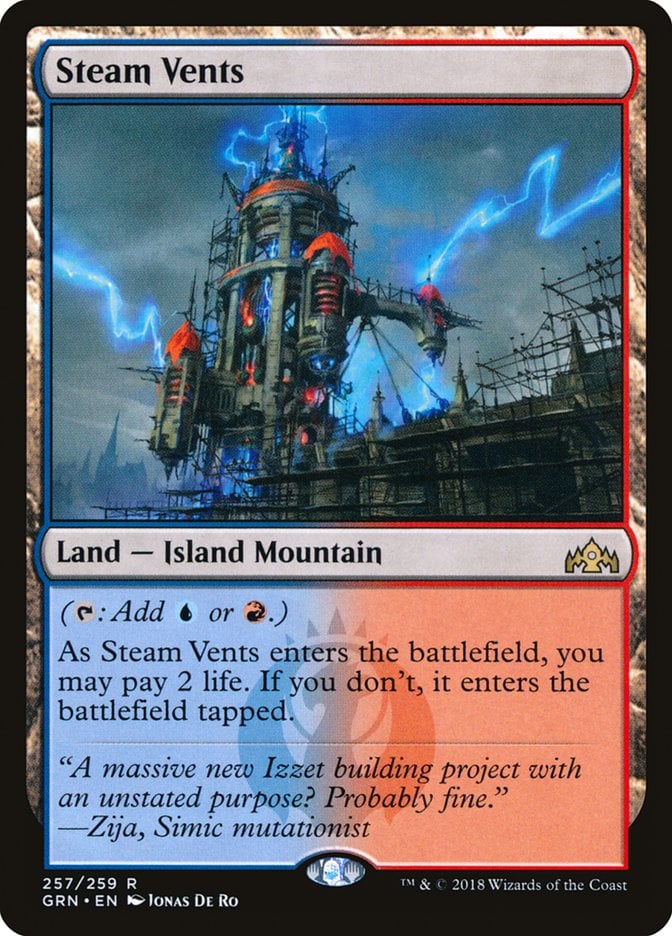
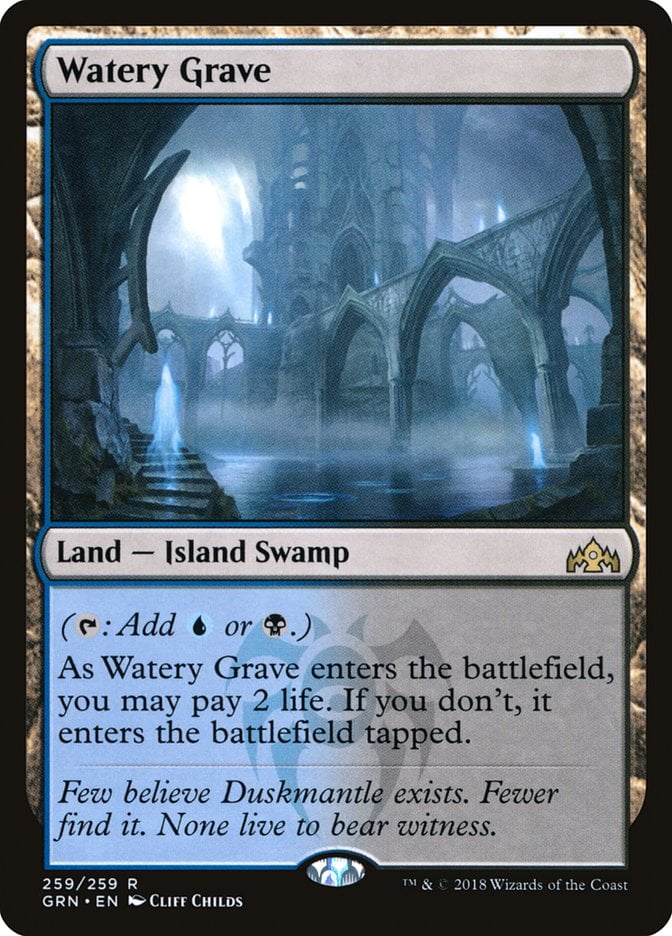
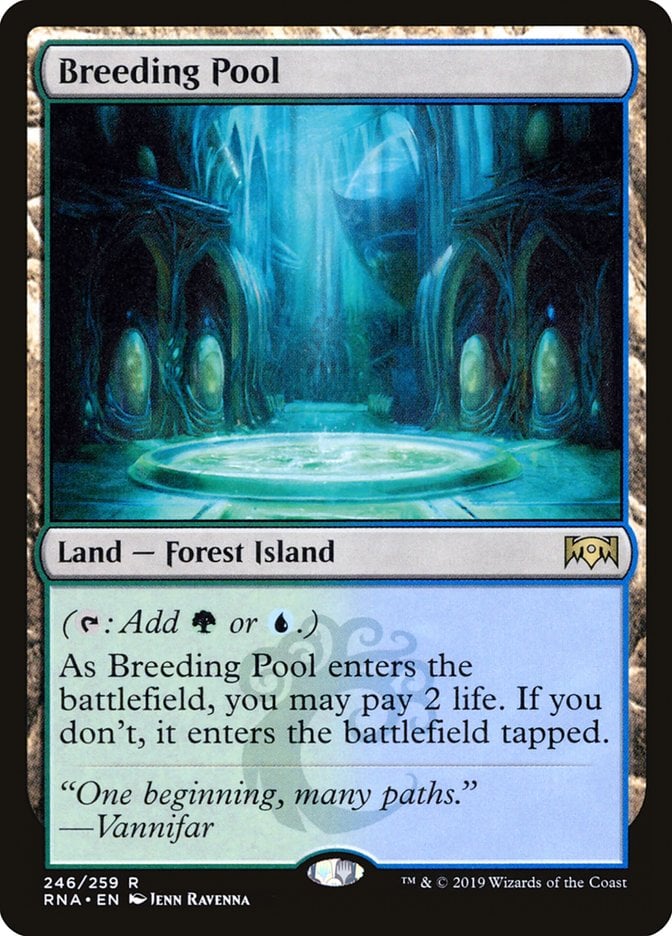
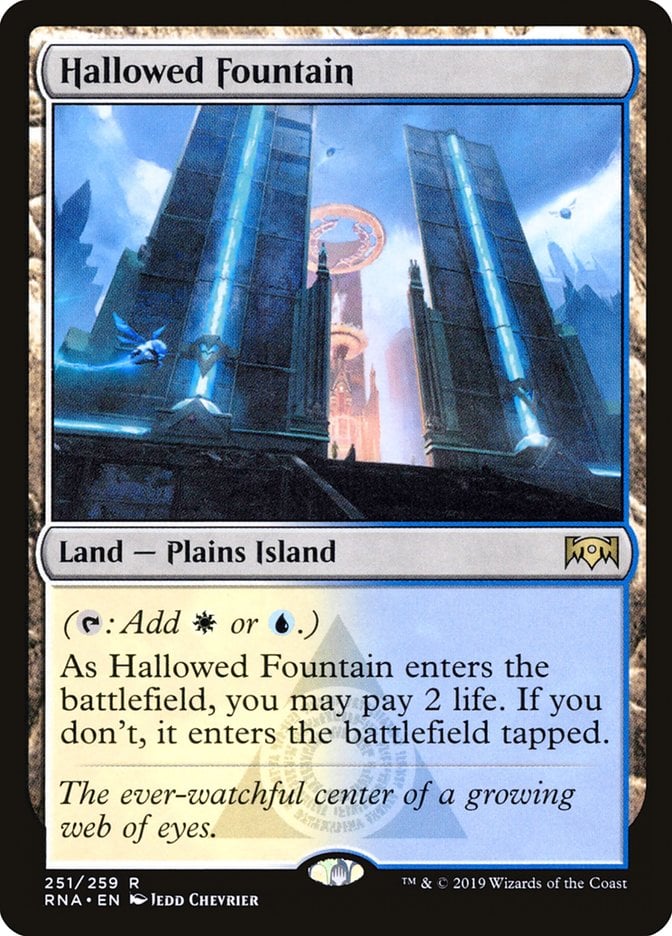
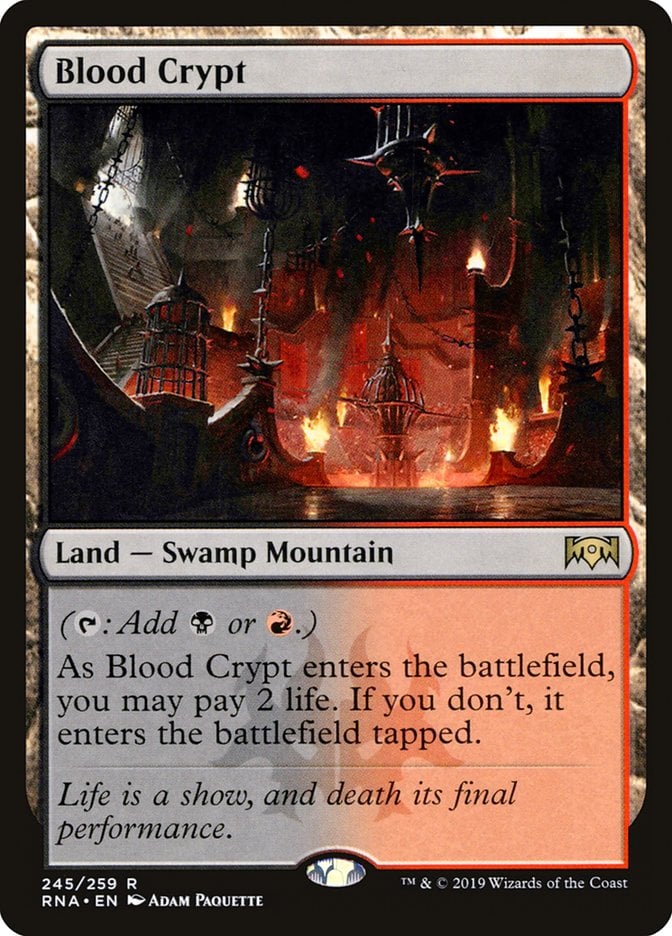
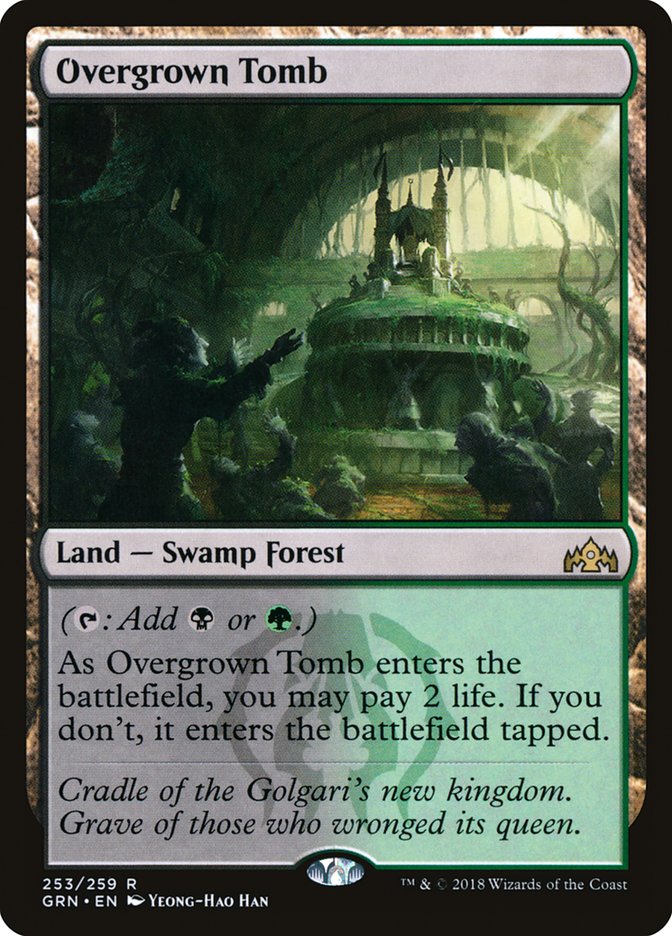
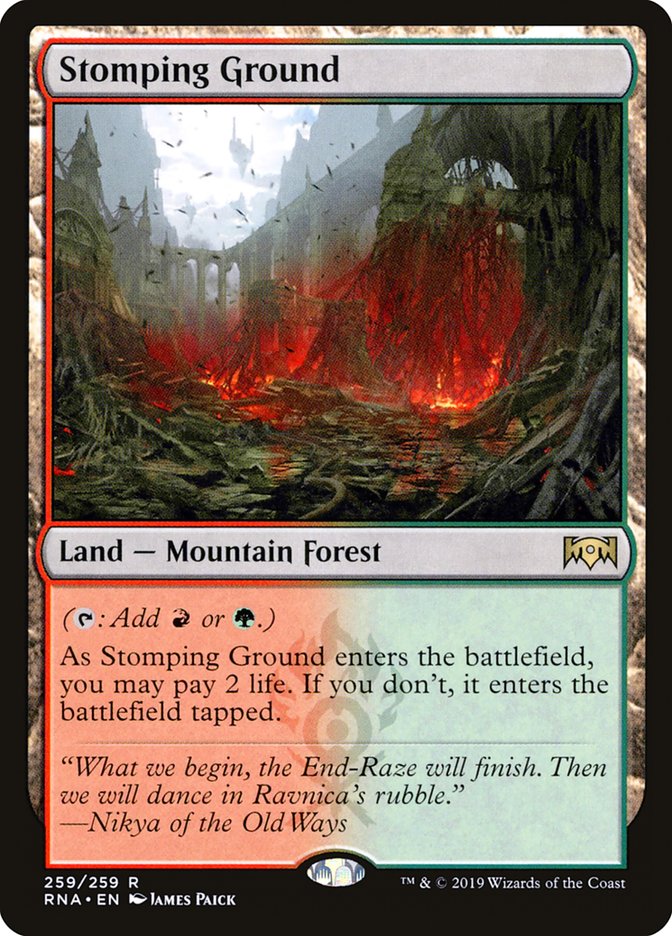
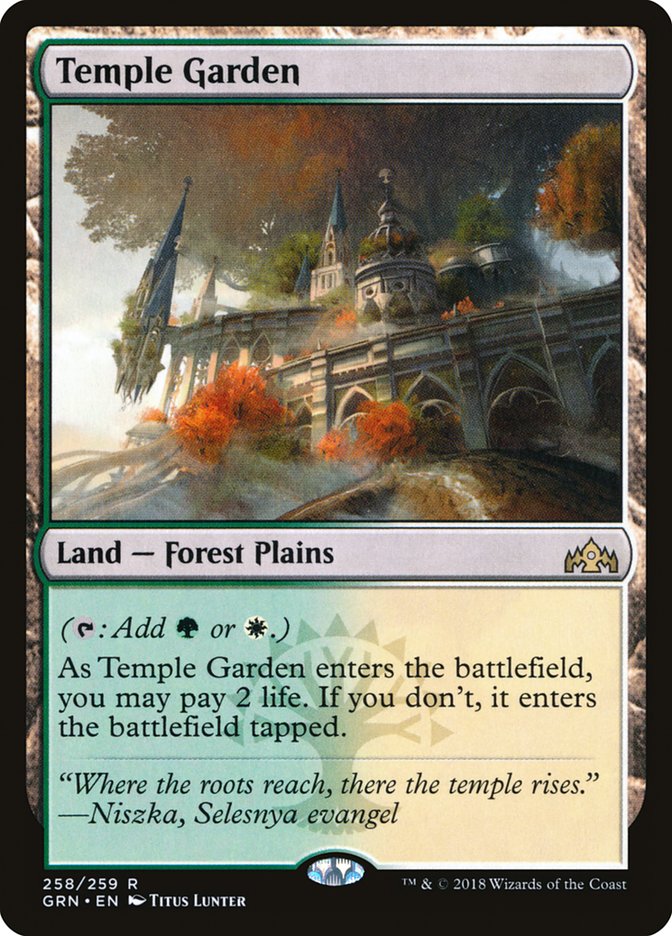
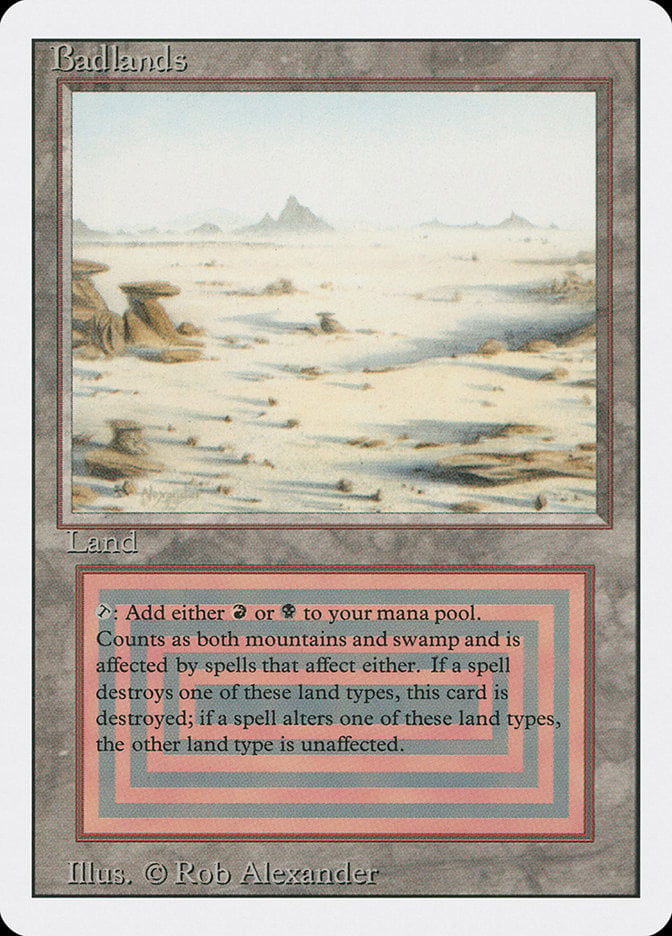

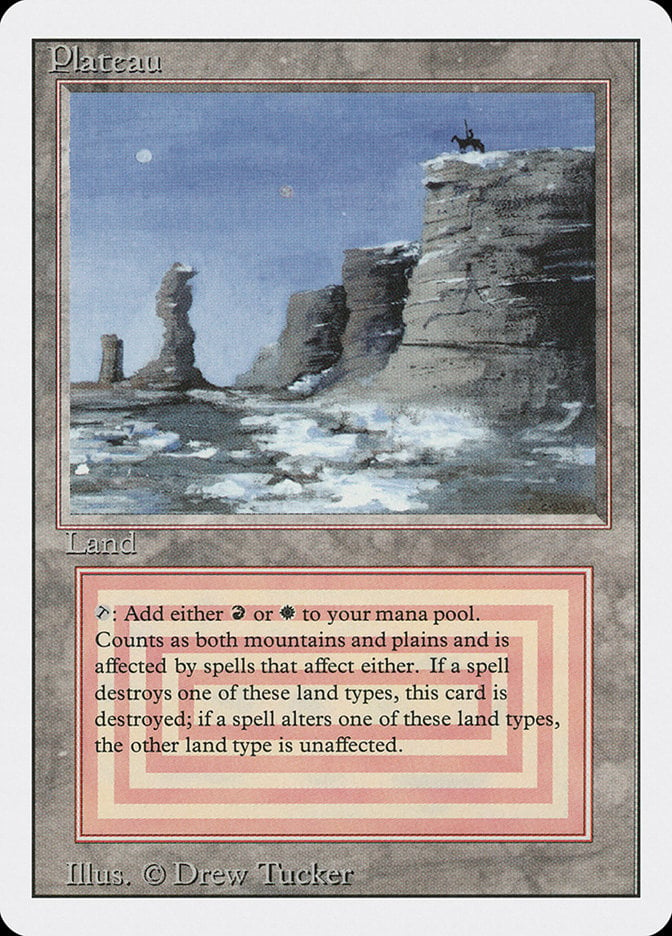
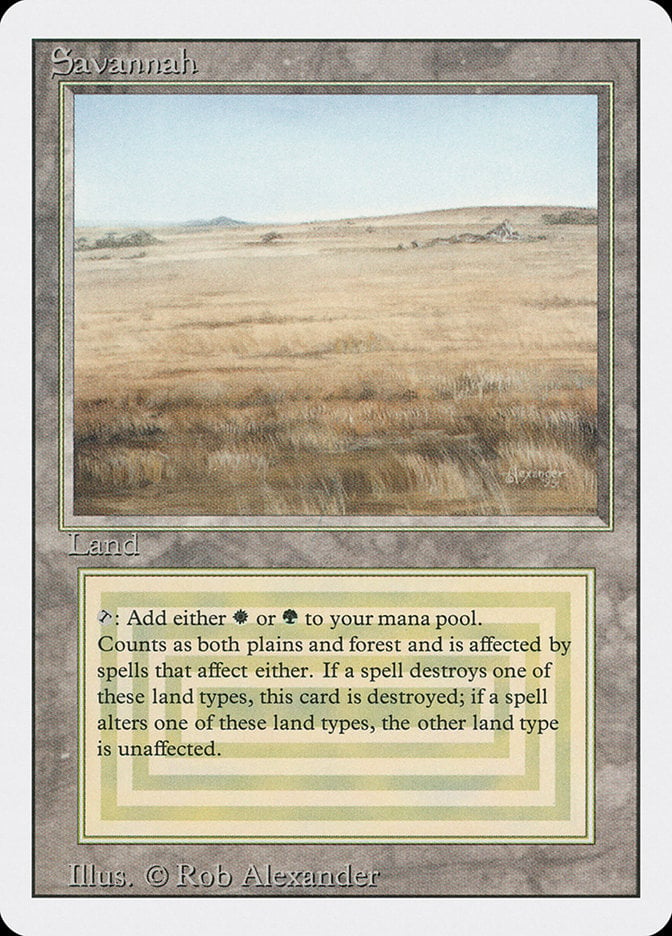
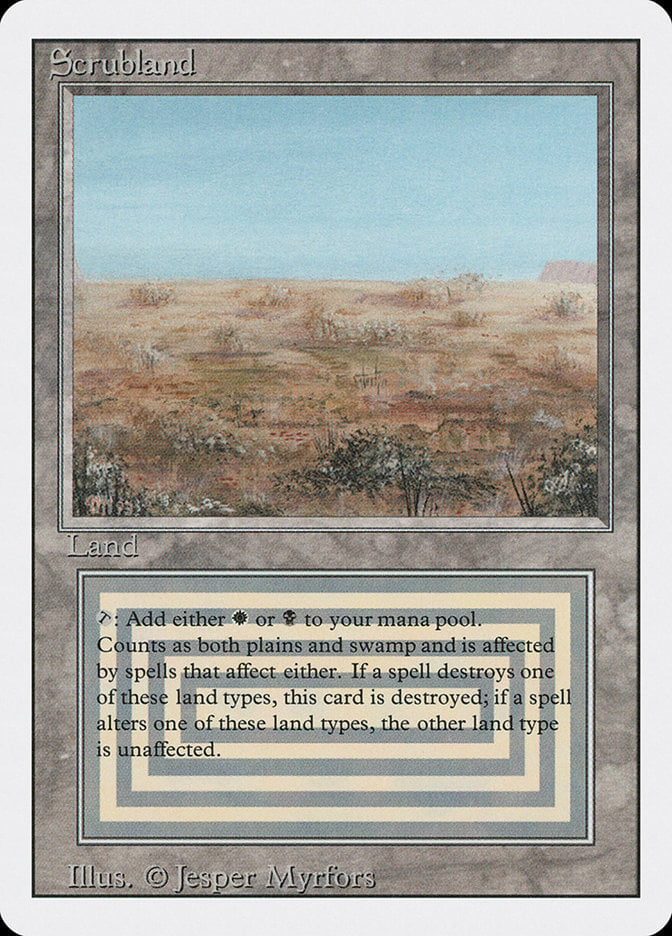
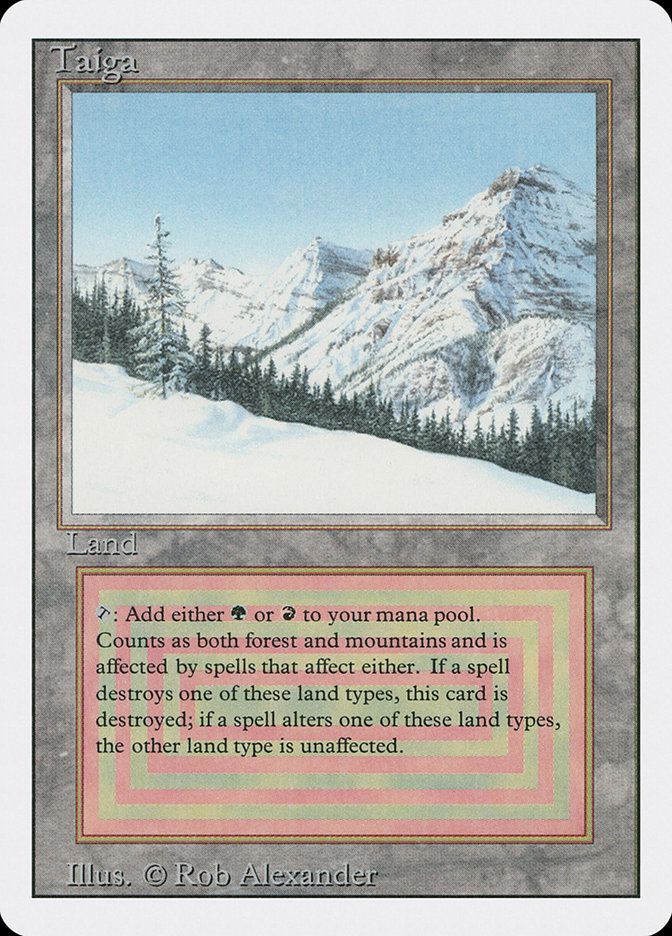
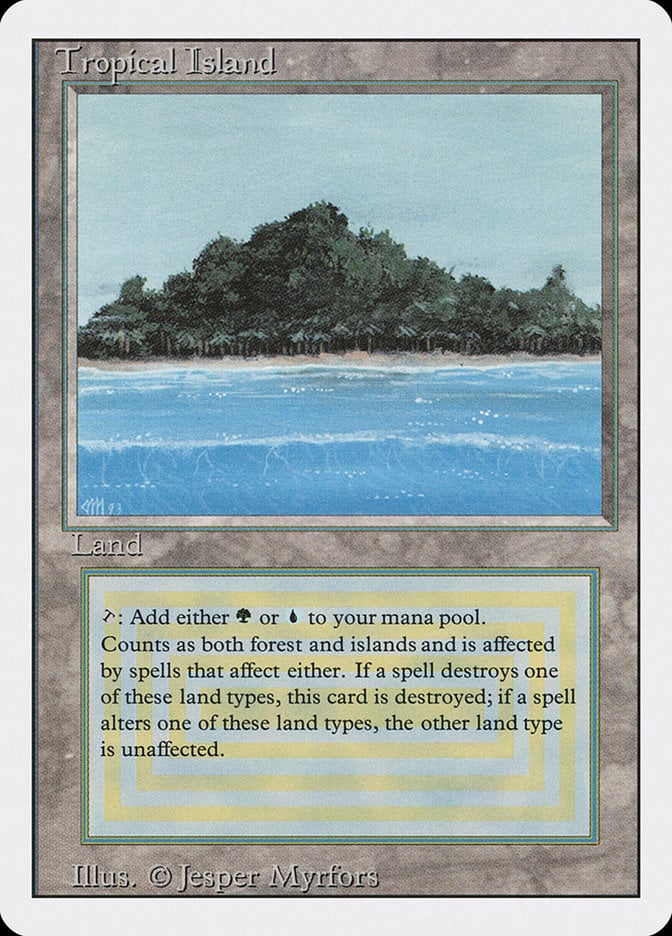
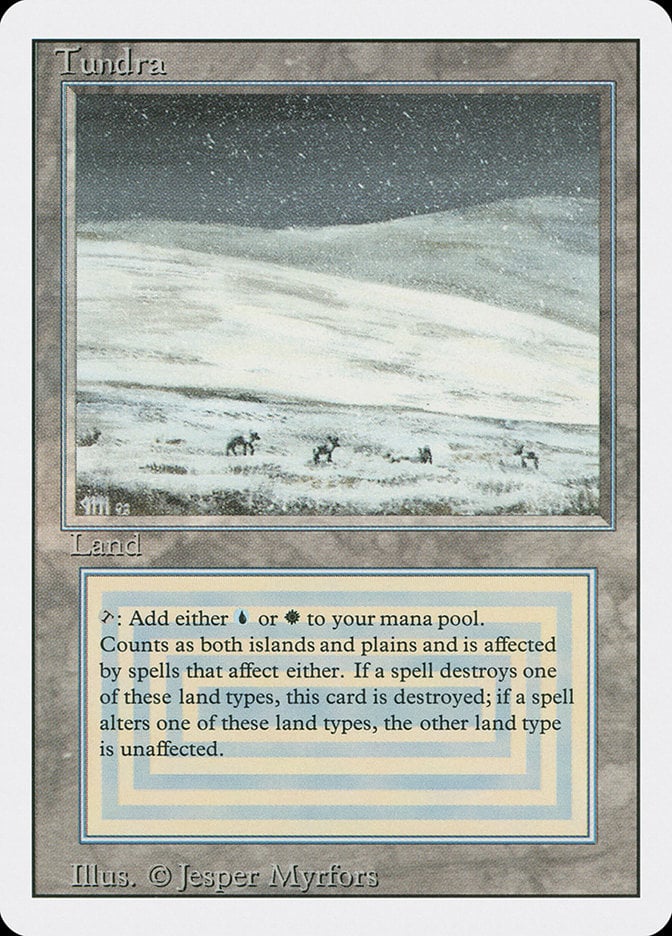

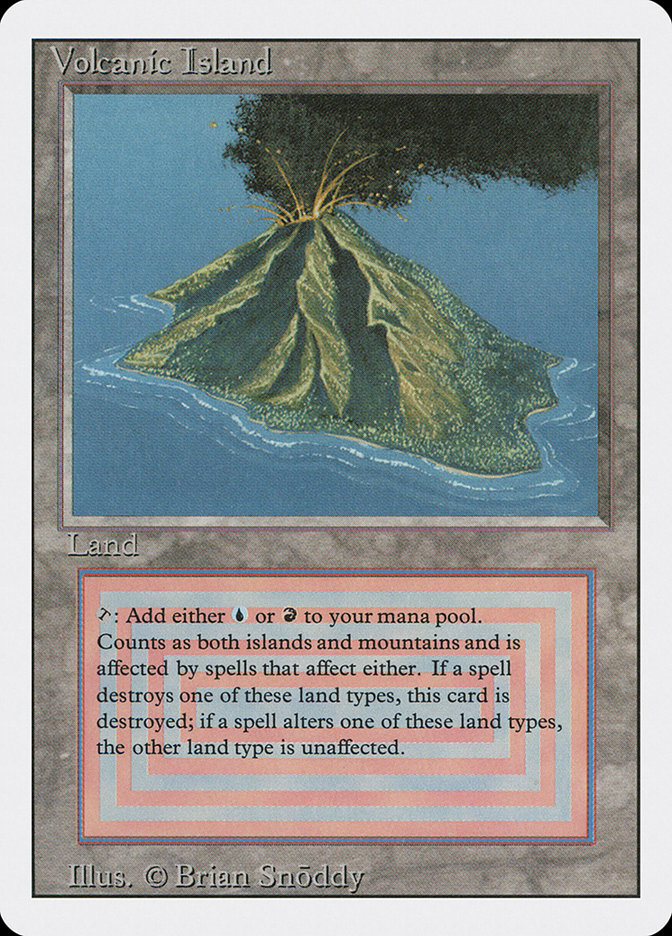
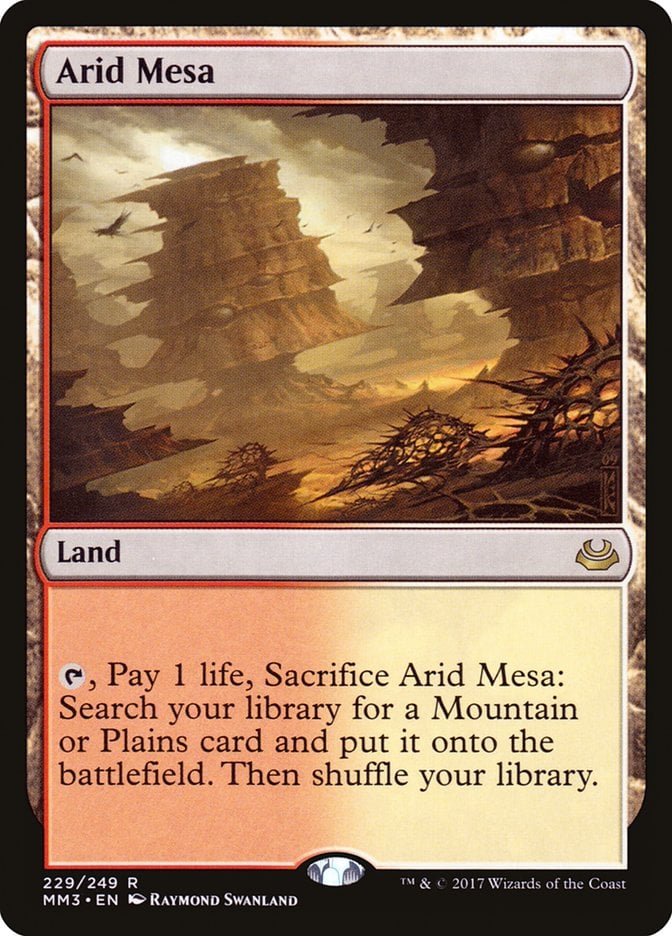
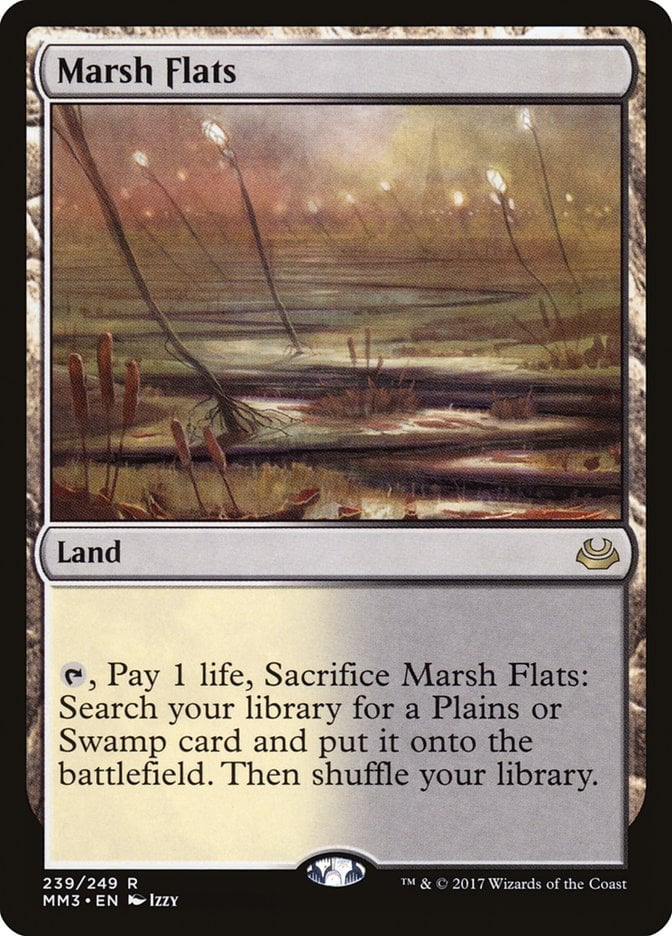

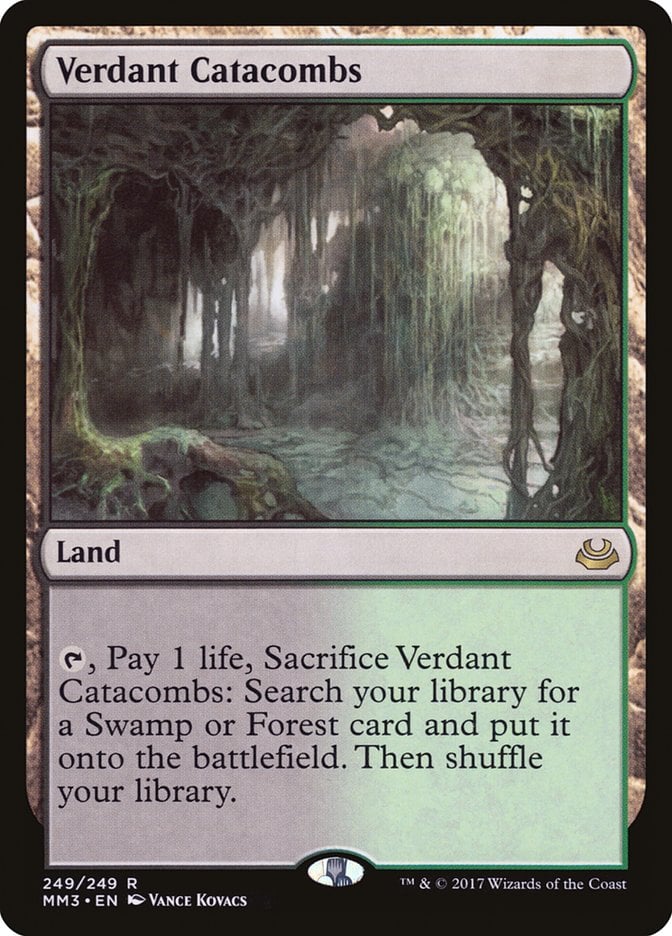


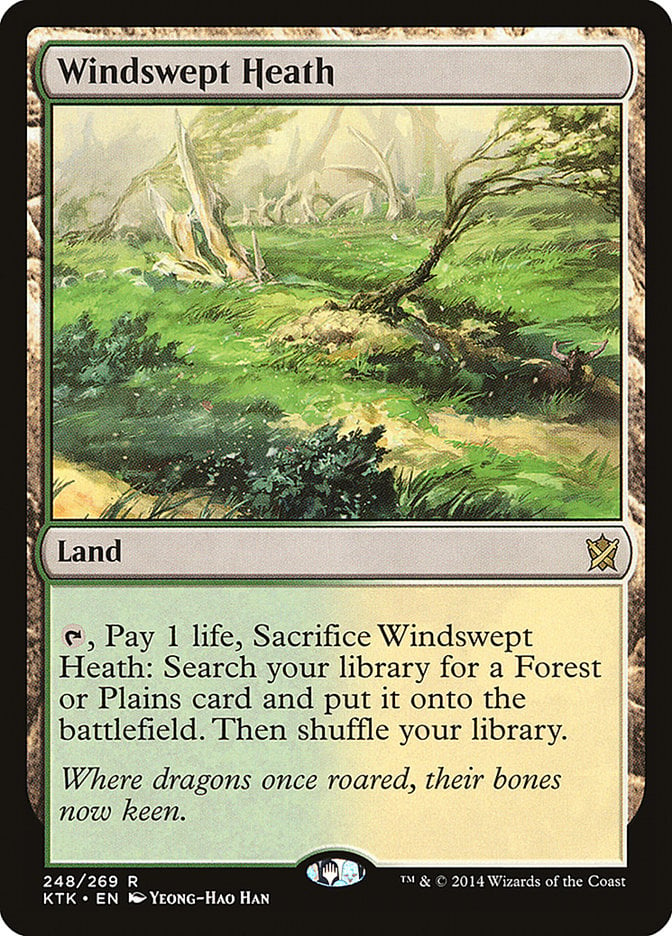
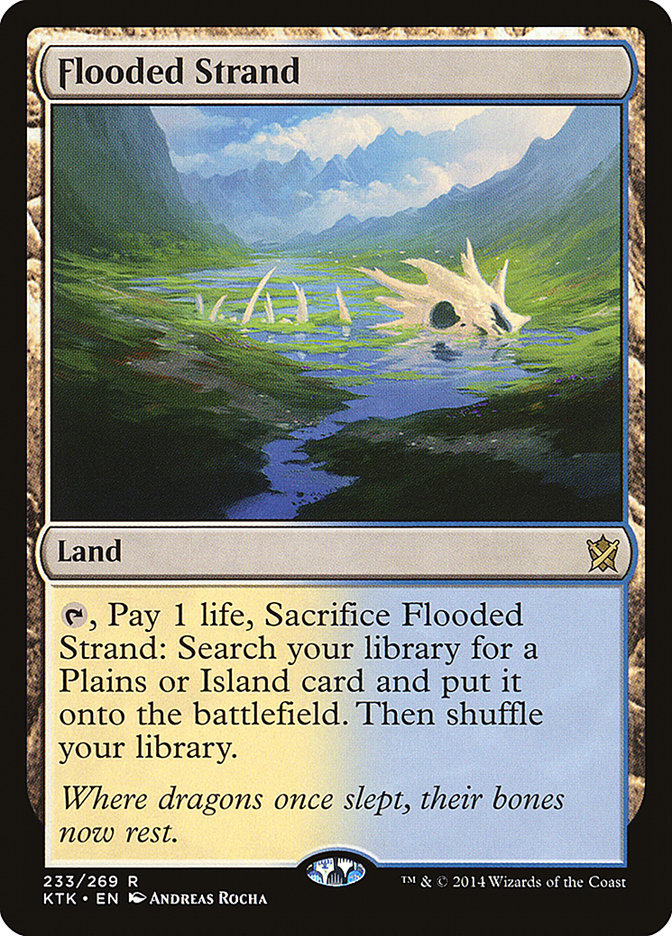
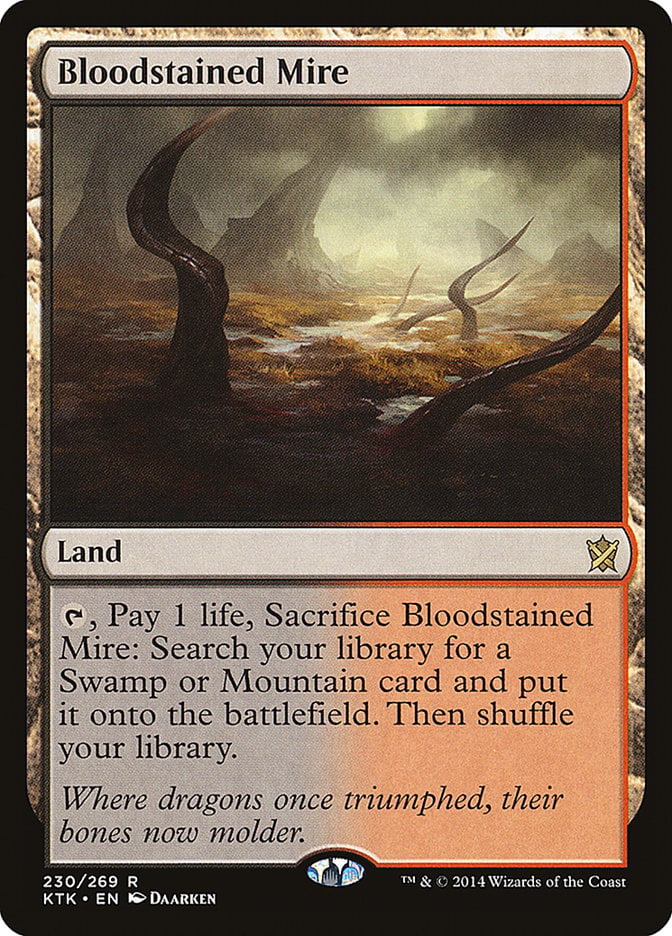
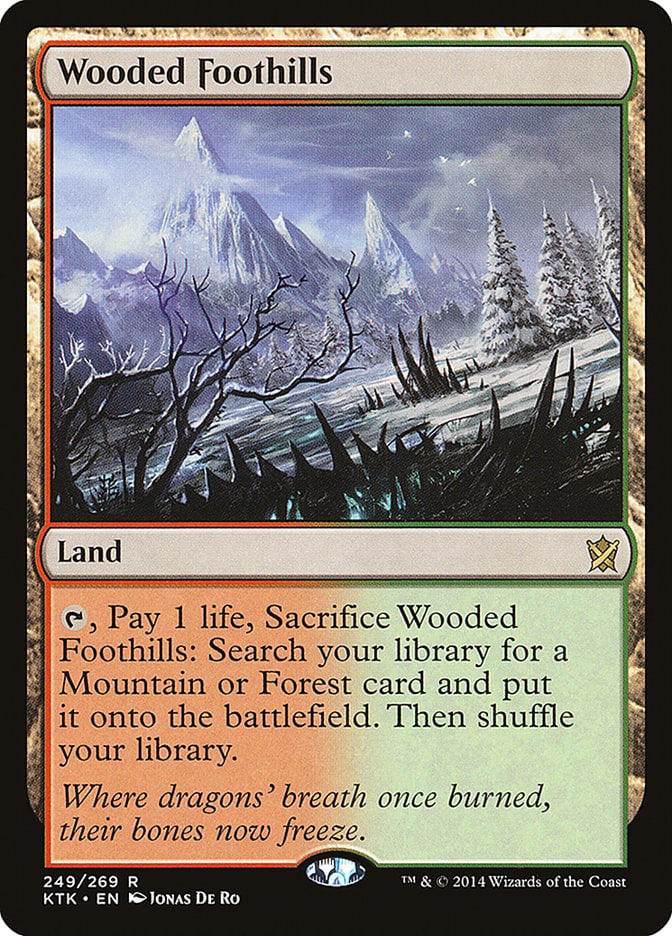
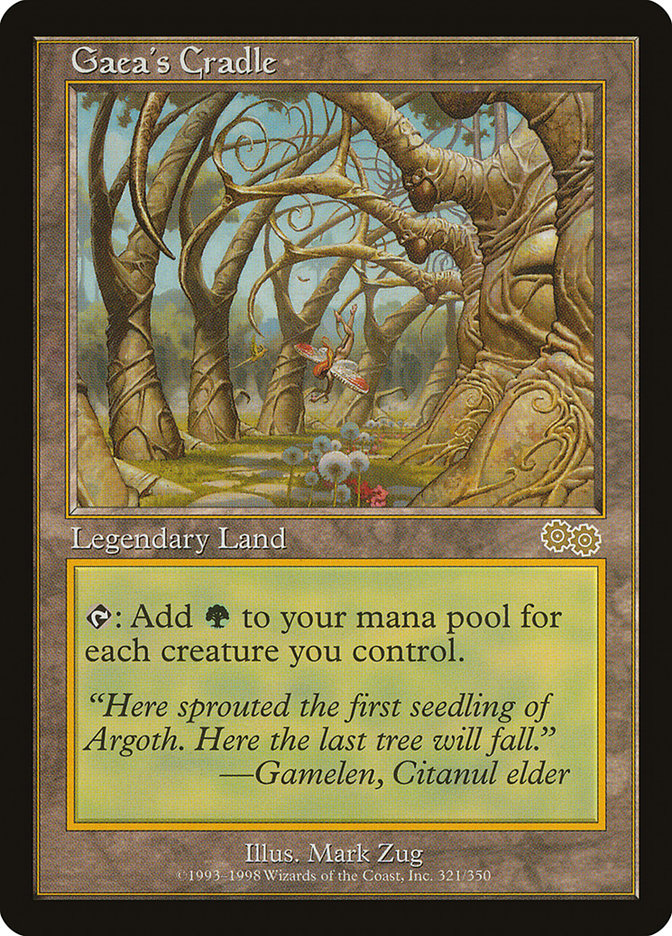
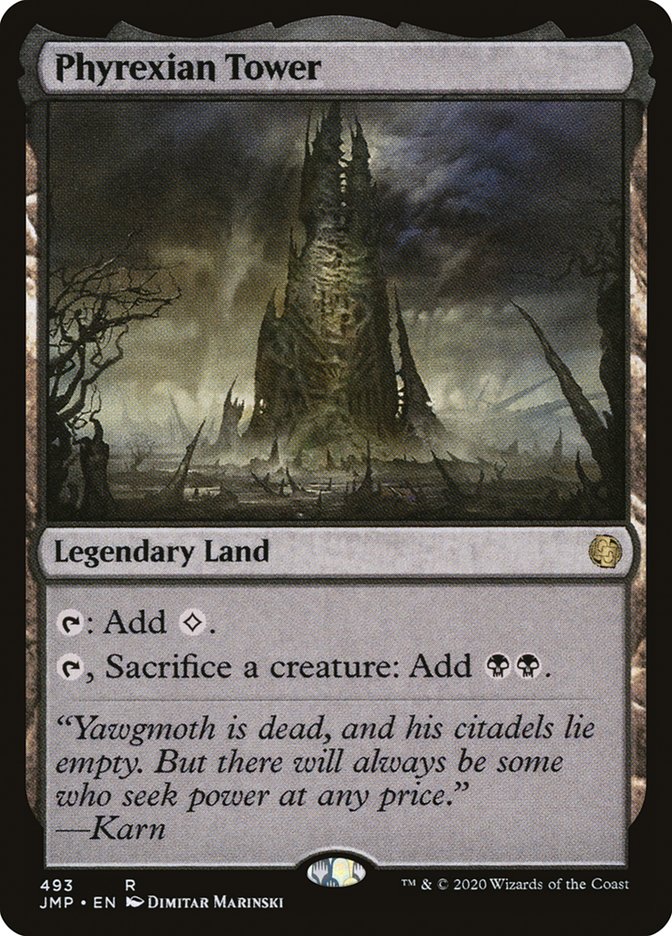
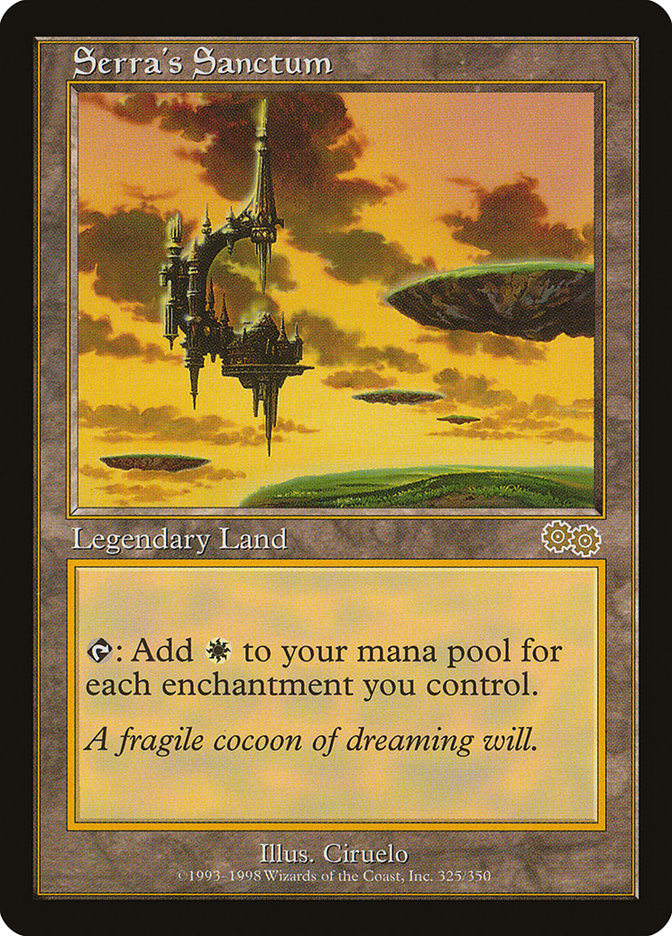

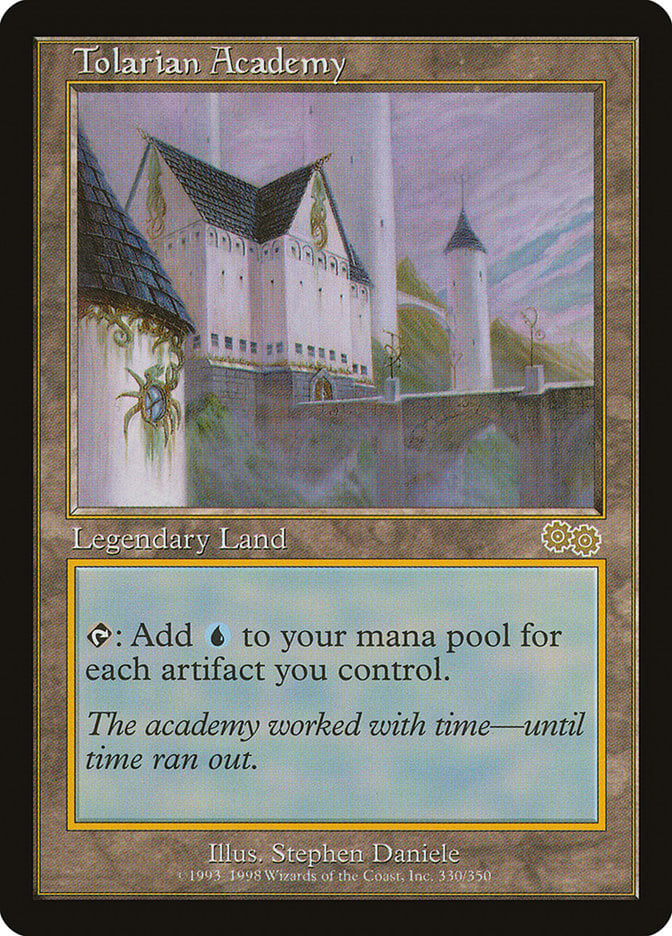
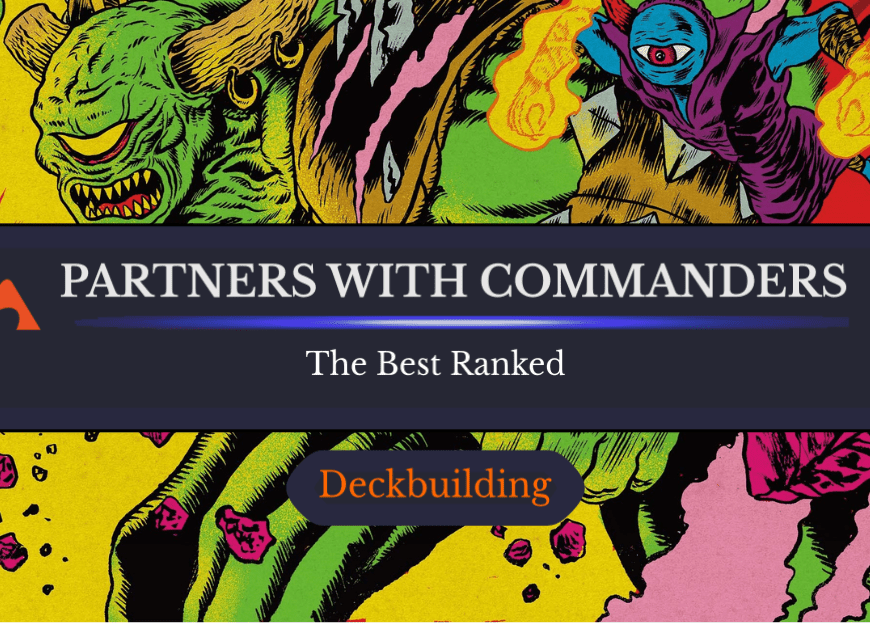
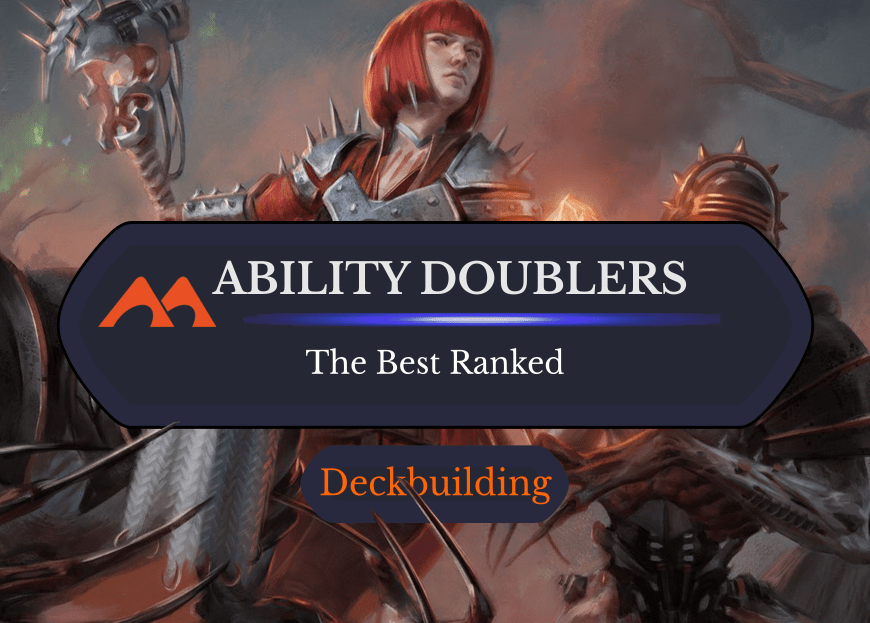
Add Comment